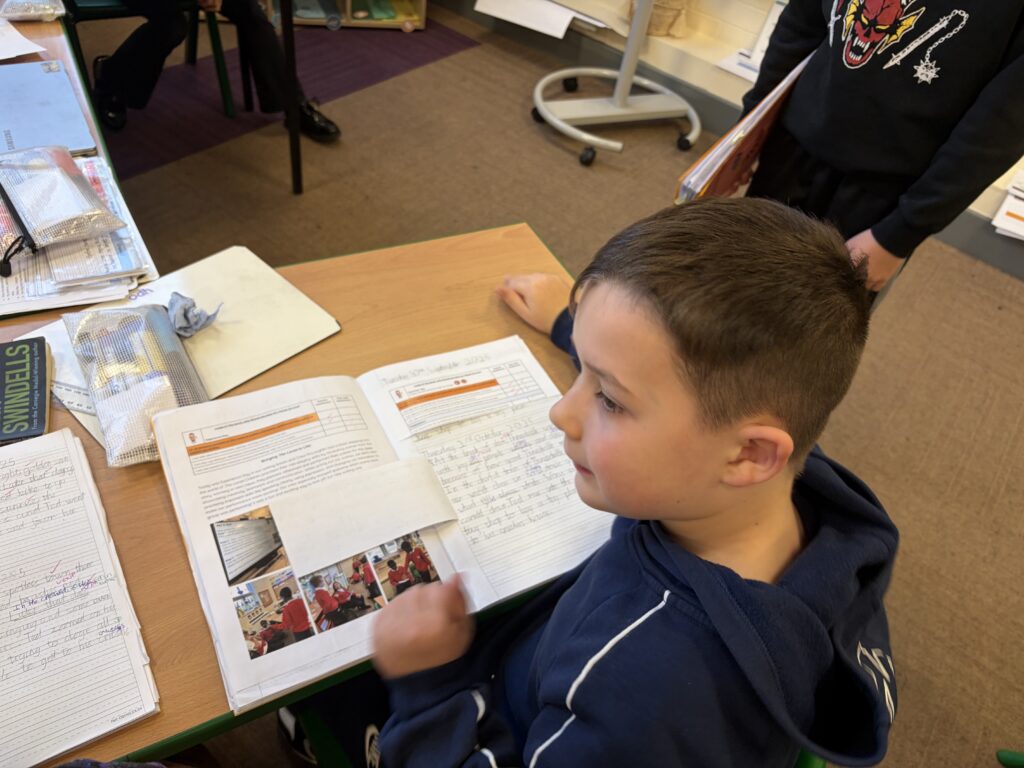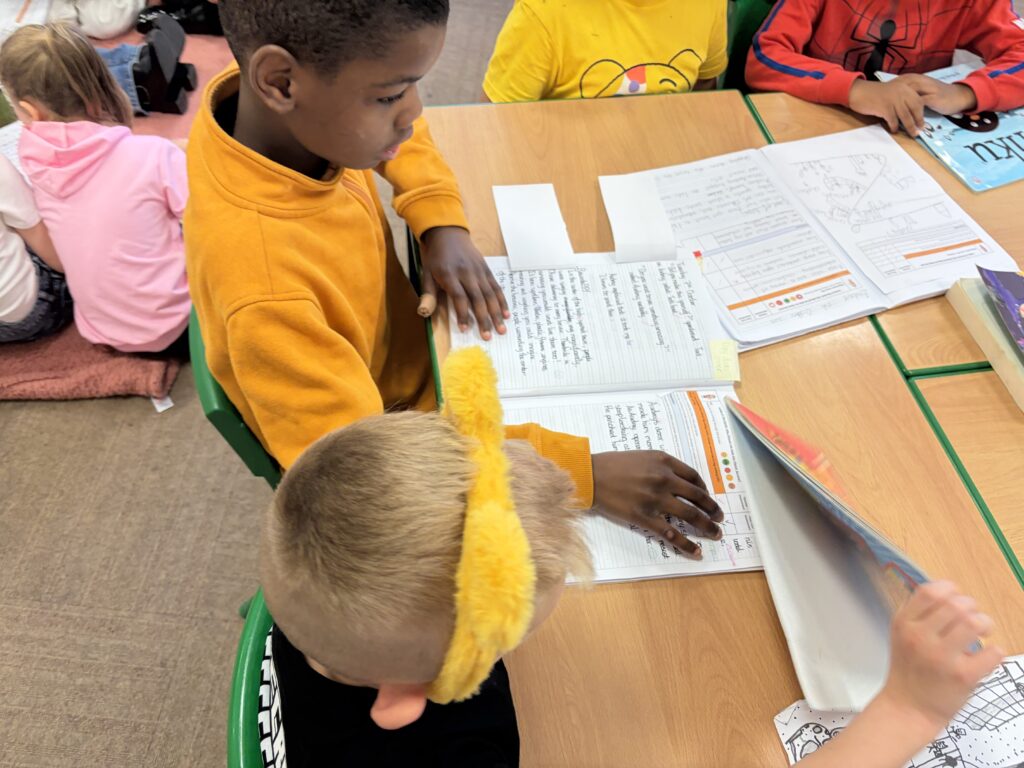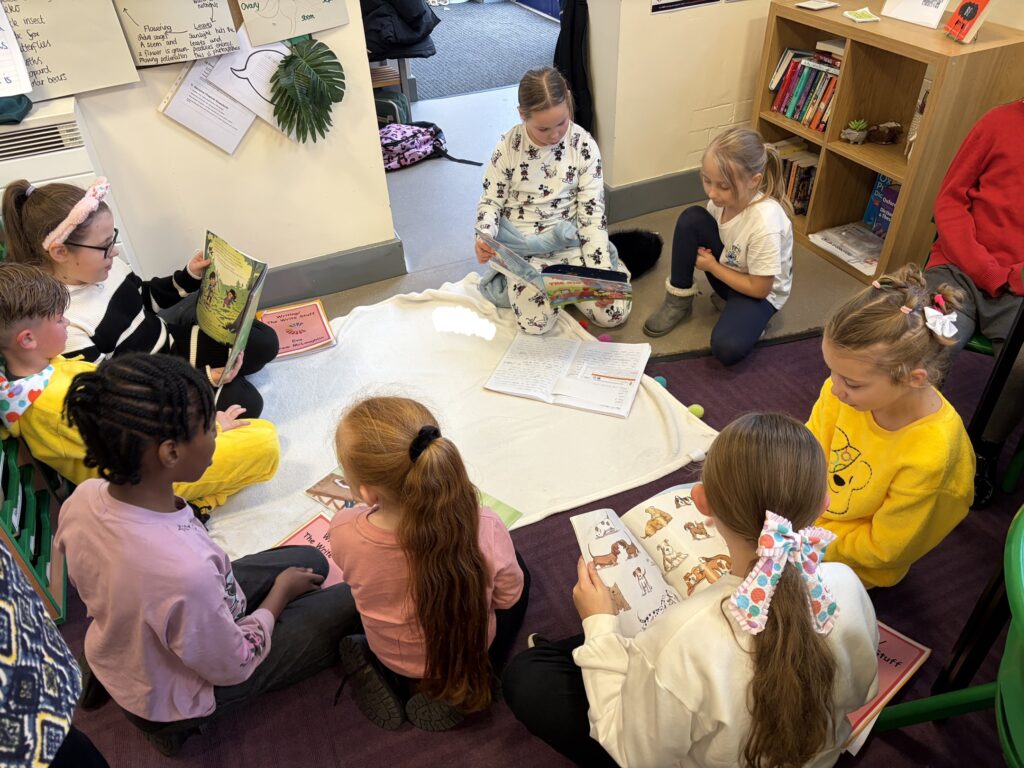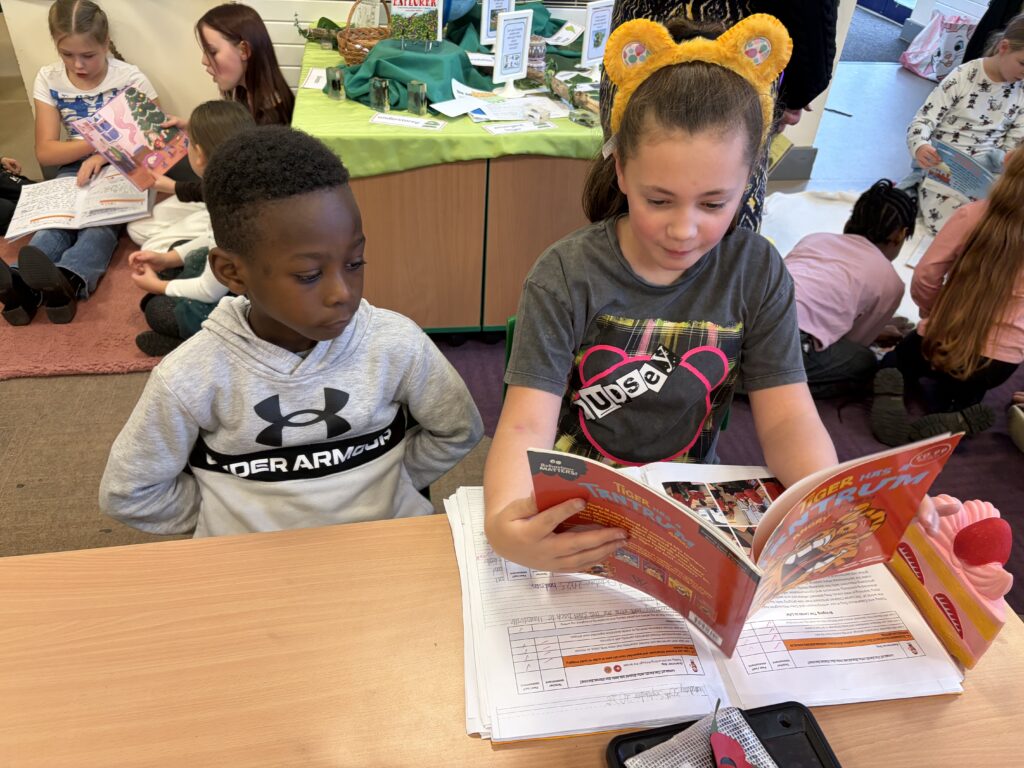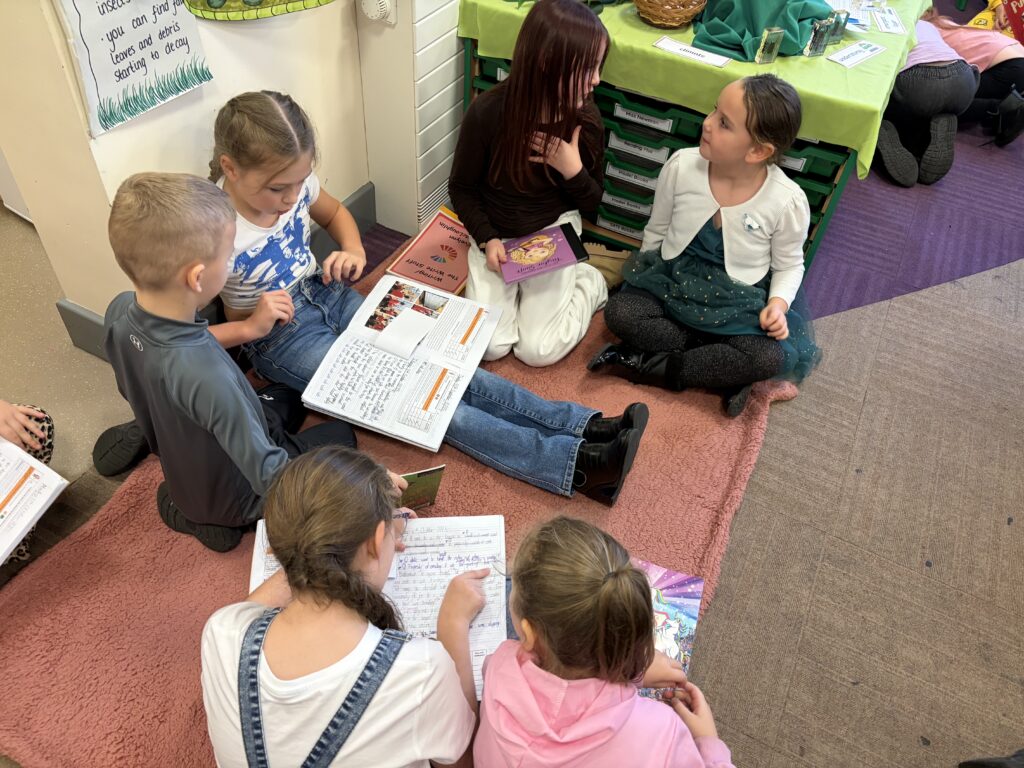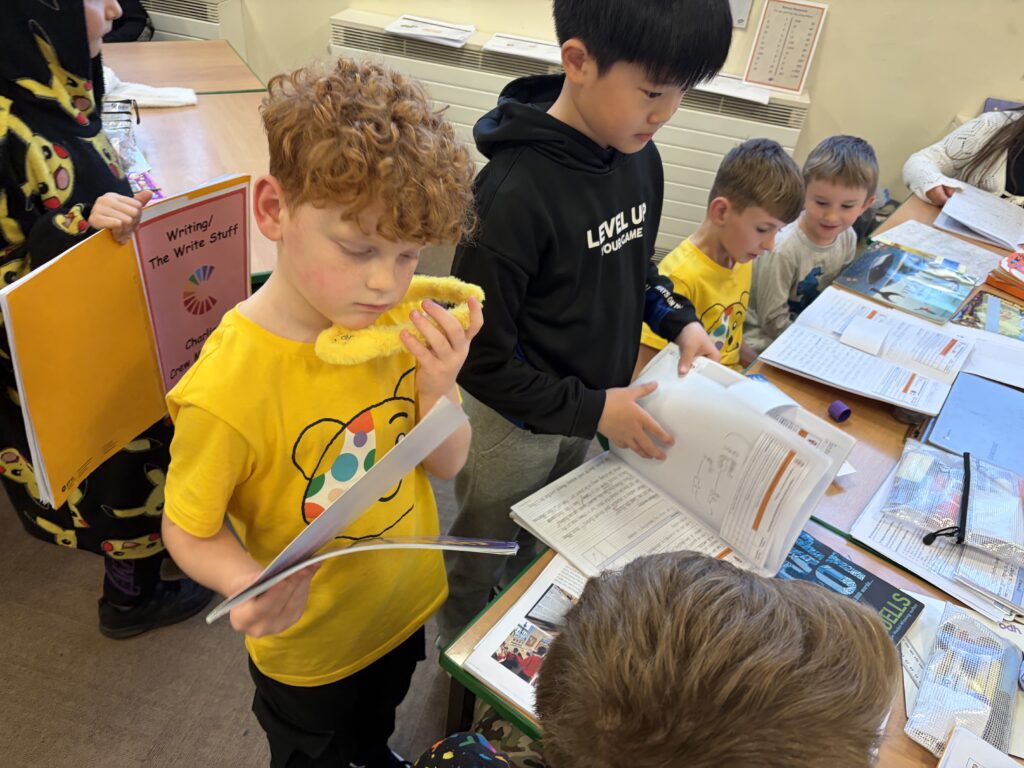Today in Mastering Number, Crew Ramsay got busy making odd numbers on a tens frame. We learned that odd numbers can be made by making an even number and adding an odd ‘1’. We call these ‘Odd Tops’.
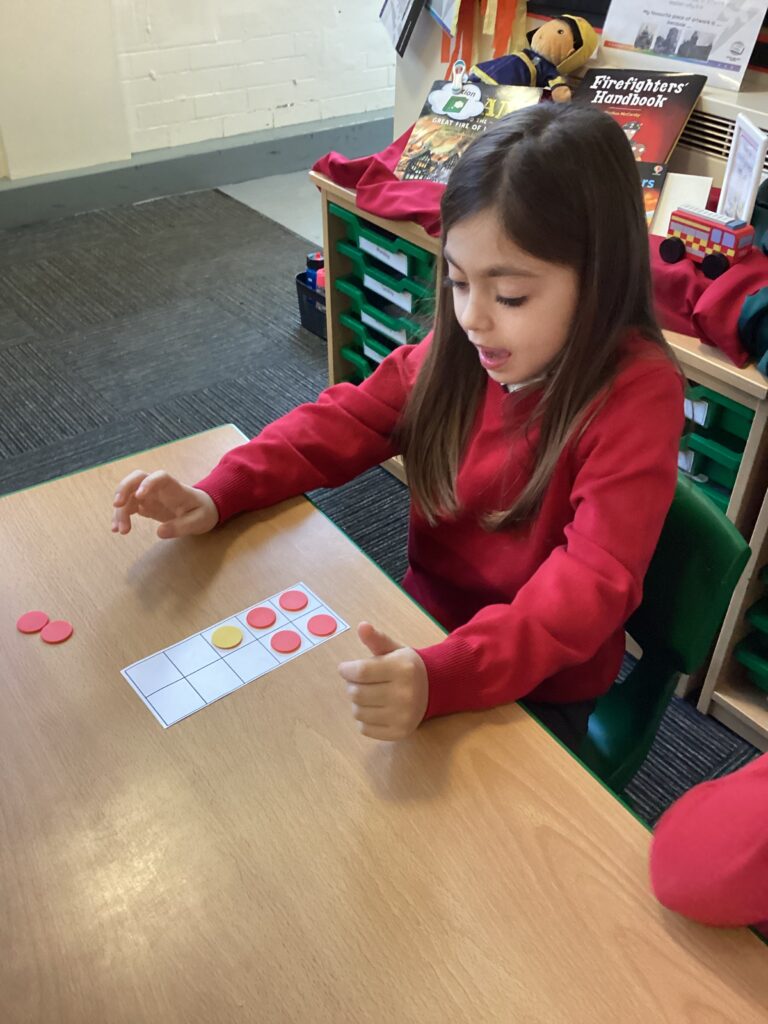
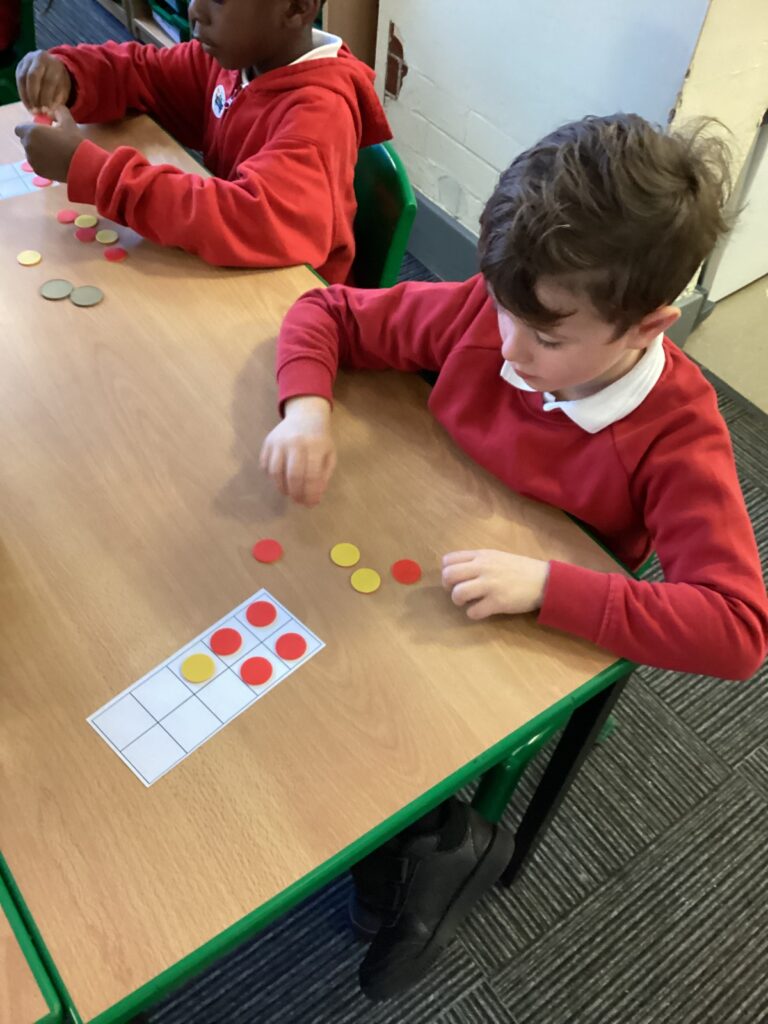
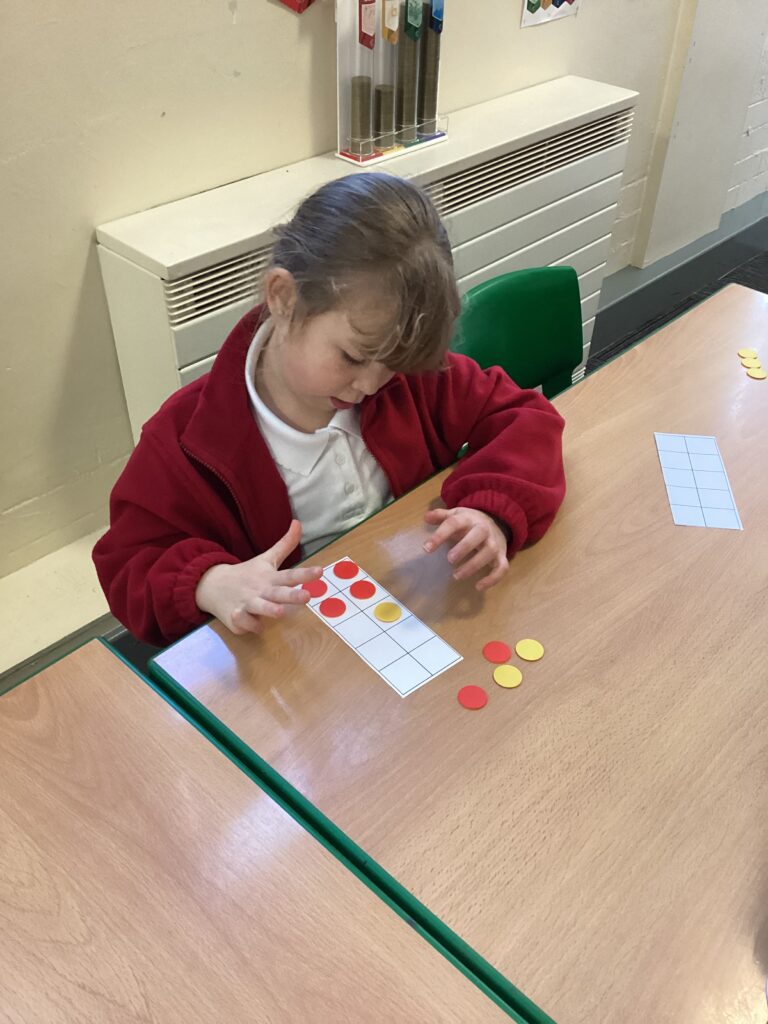
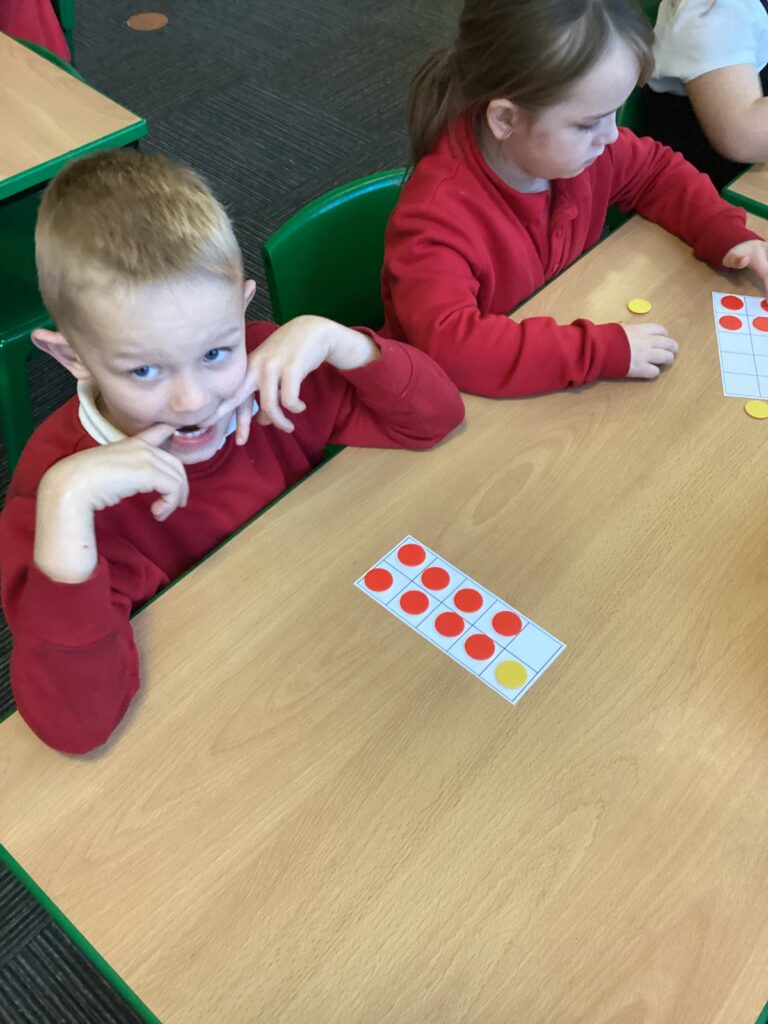
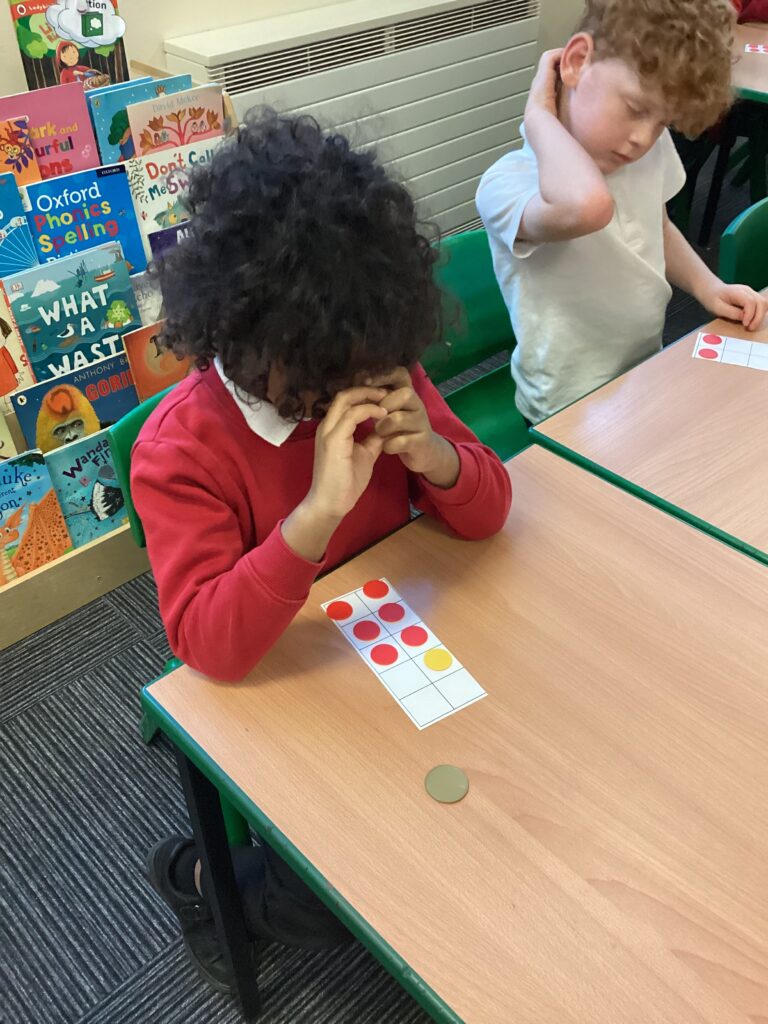
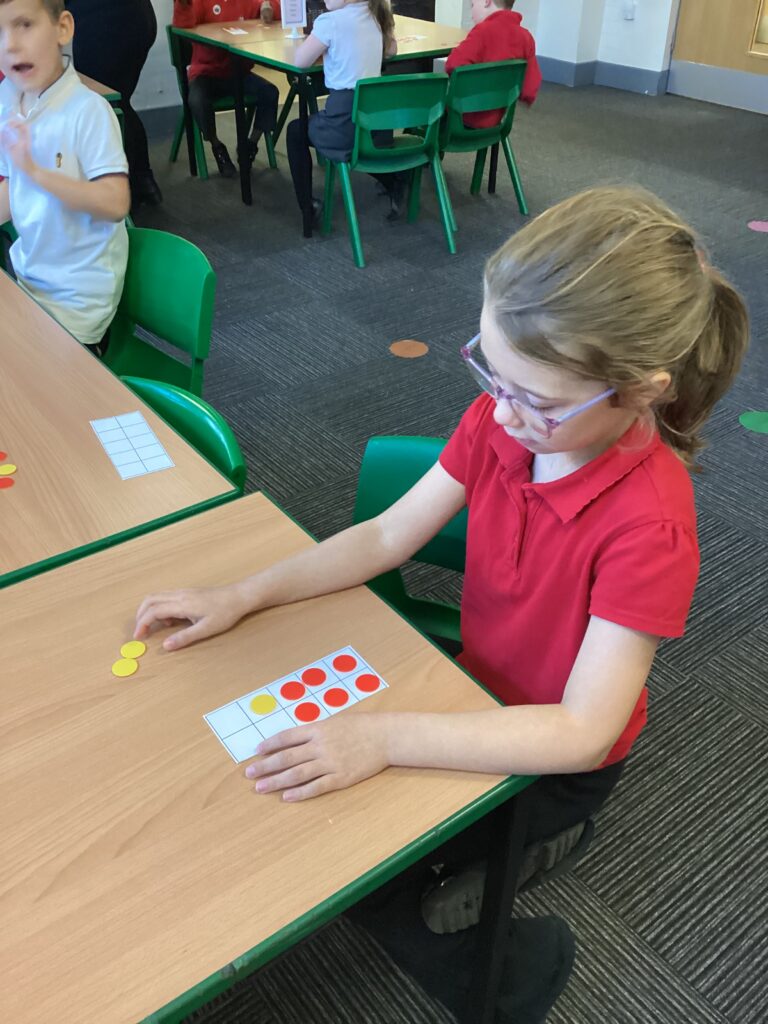
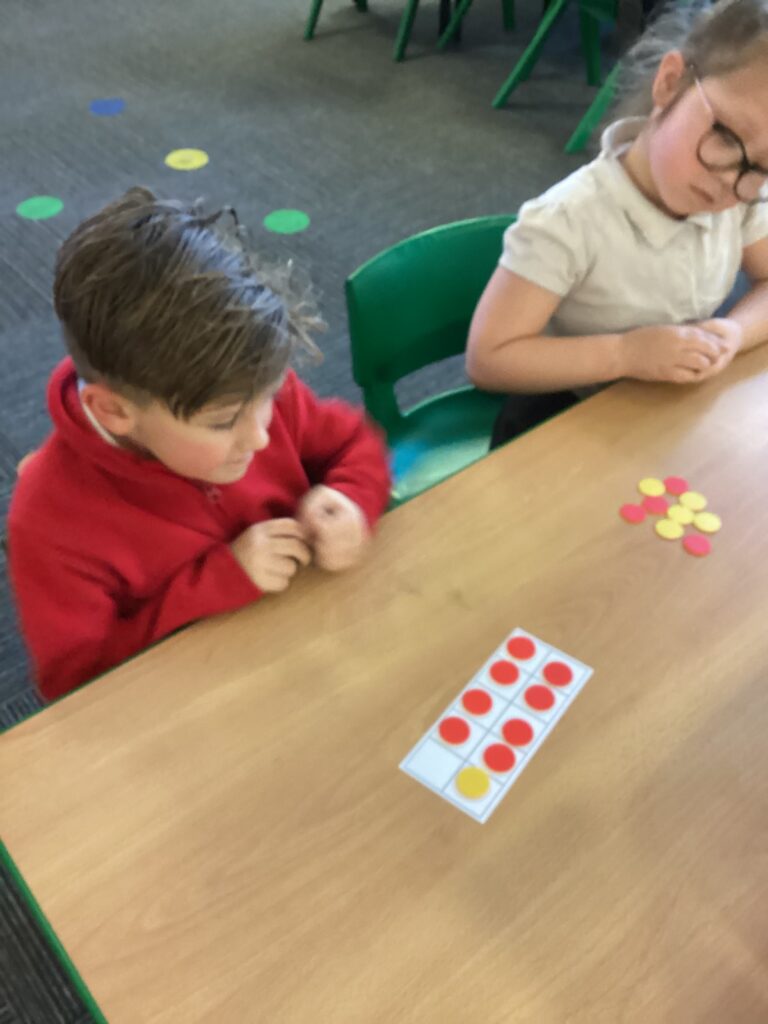
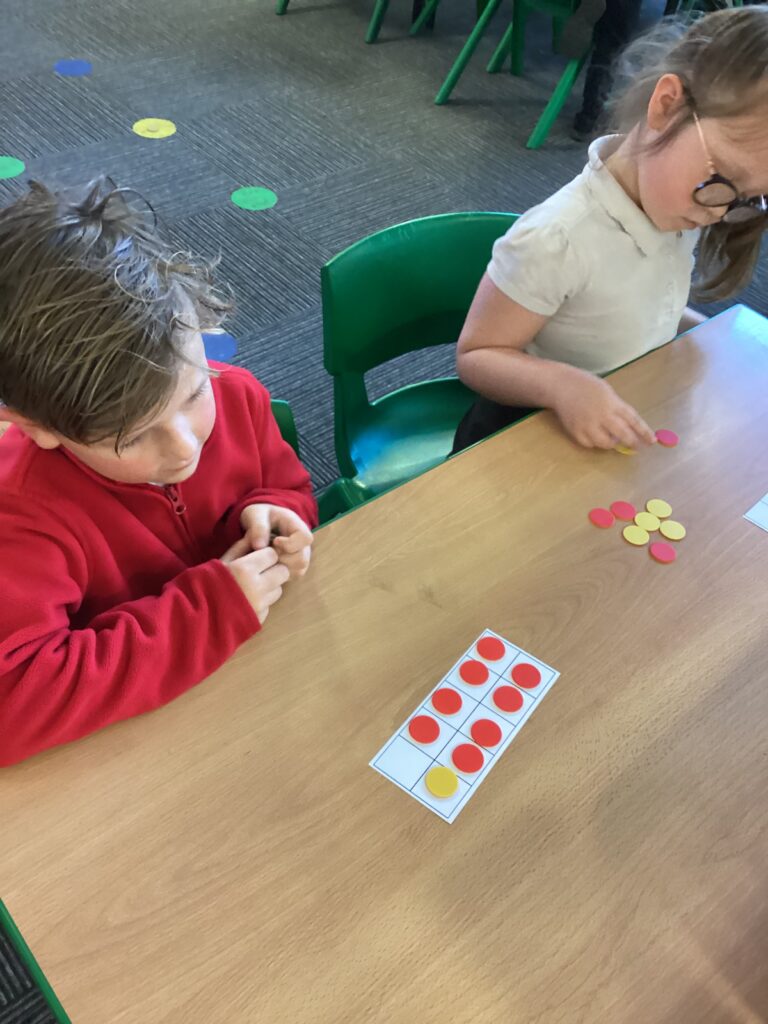
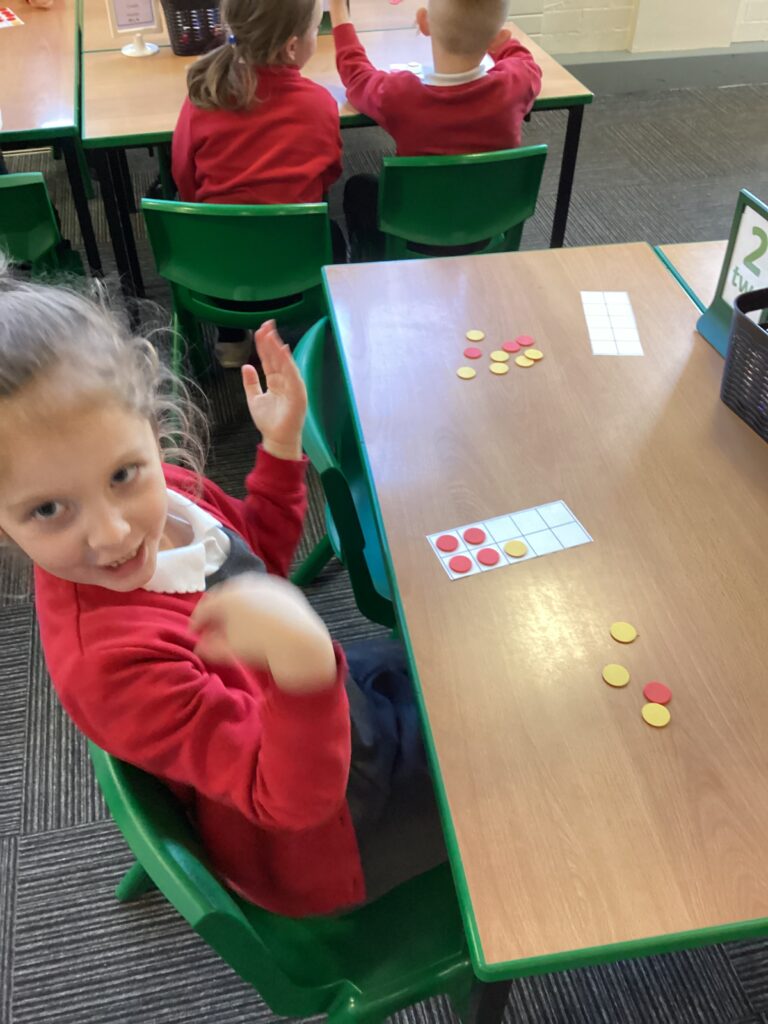
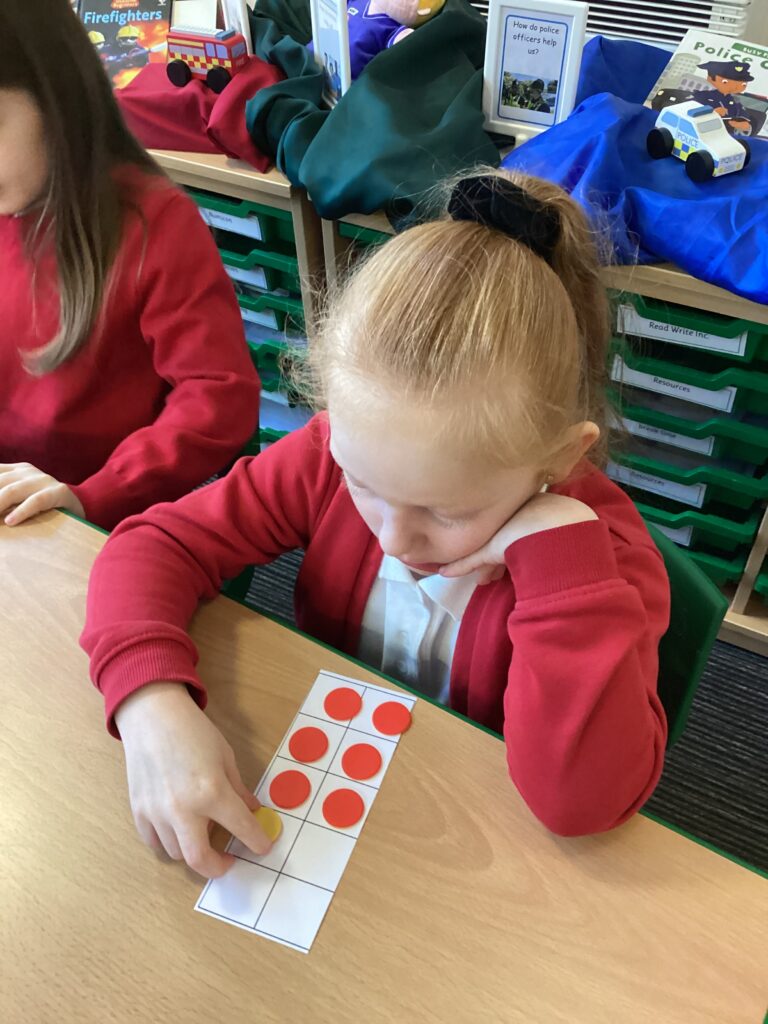
Post inside this category will show up on the front page
Today in Mastering Number, Crew Ramsay got busy making odd numbers on a tens frame. We learned that odd numbers can be made by making an even number and adding an odd ‘1’. We call these ‘Odd Tops’.










Two of the children have been practicing their number formation before they did their maths learning.
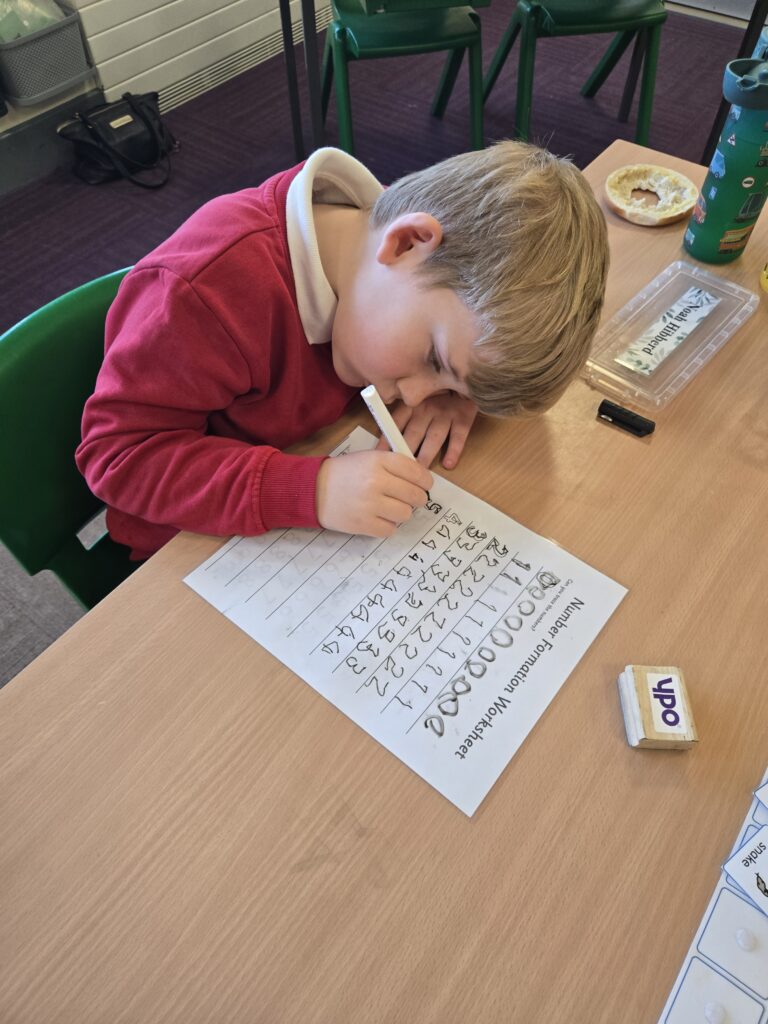
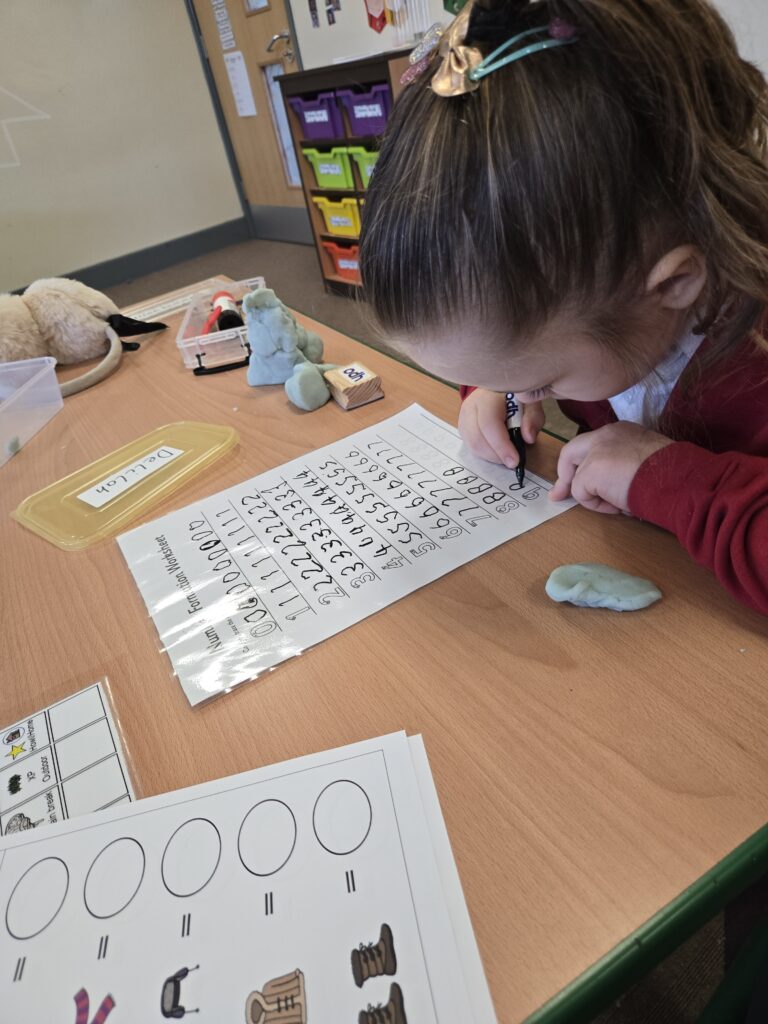
In Y1 we have started looking at numbers bigger than 10. Ready for our learning after Christmas. We have been looking at how numbers bigger than 10 are made up of 10 and a bit. 10 and 1 more, 10 and 9 more etc.
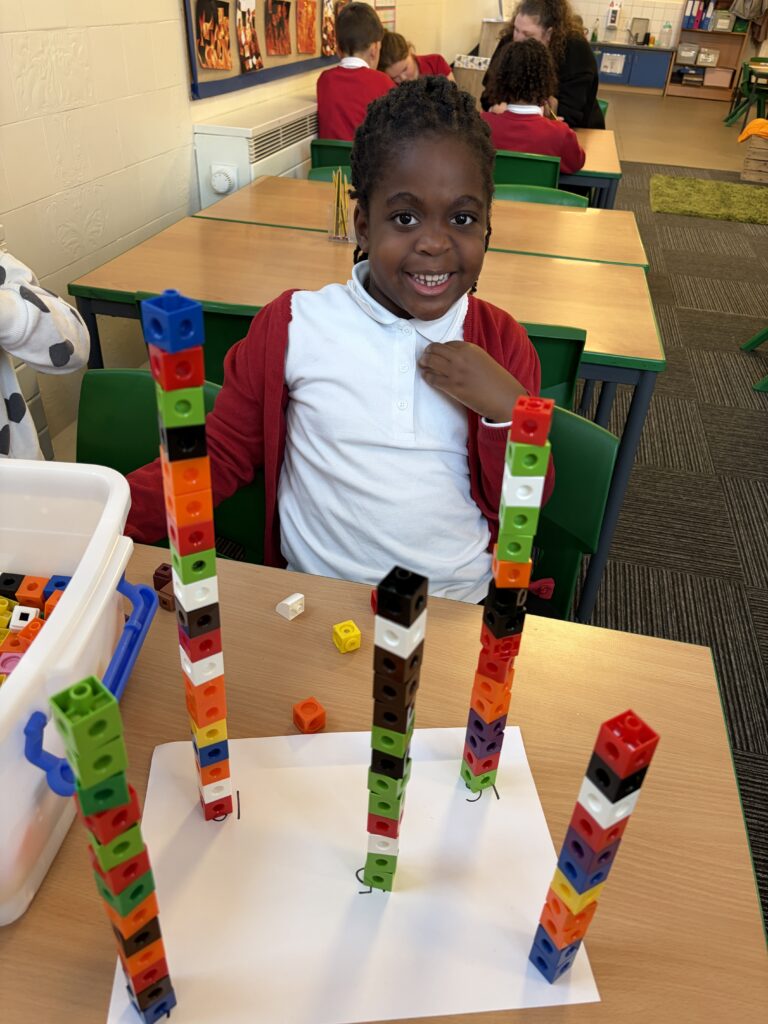
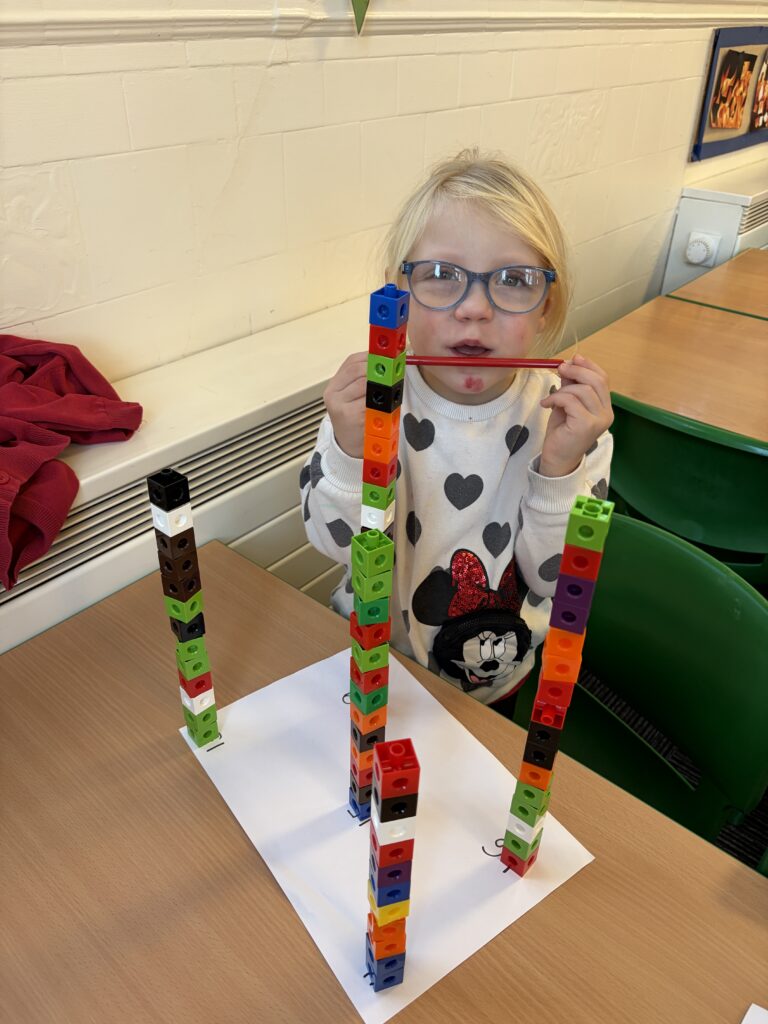
This week we have launched our character traits within crew Frost. This week we are focusing courage. Courage for crew is a Lion character, who is brave and tries new things even when hesitant. Courage asks questions and chooses to do hard work not just easy work. To build on our courage we had some volunteers come and bake play dough! Seeing and feeling new textures can be quite a daunting thing for children, but we are so proud they dove straight in! Even sharing, taking turns, and waiting is a courageous thing to do. Well done crew Frost for trying something new.
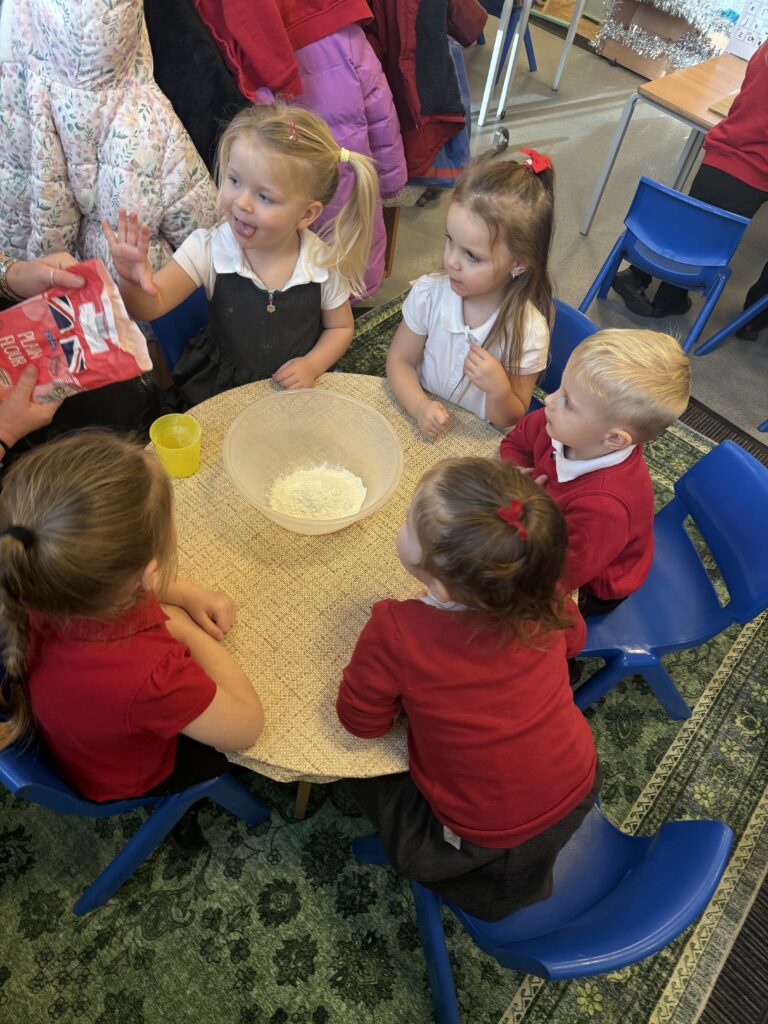
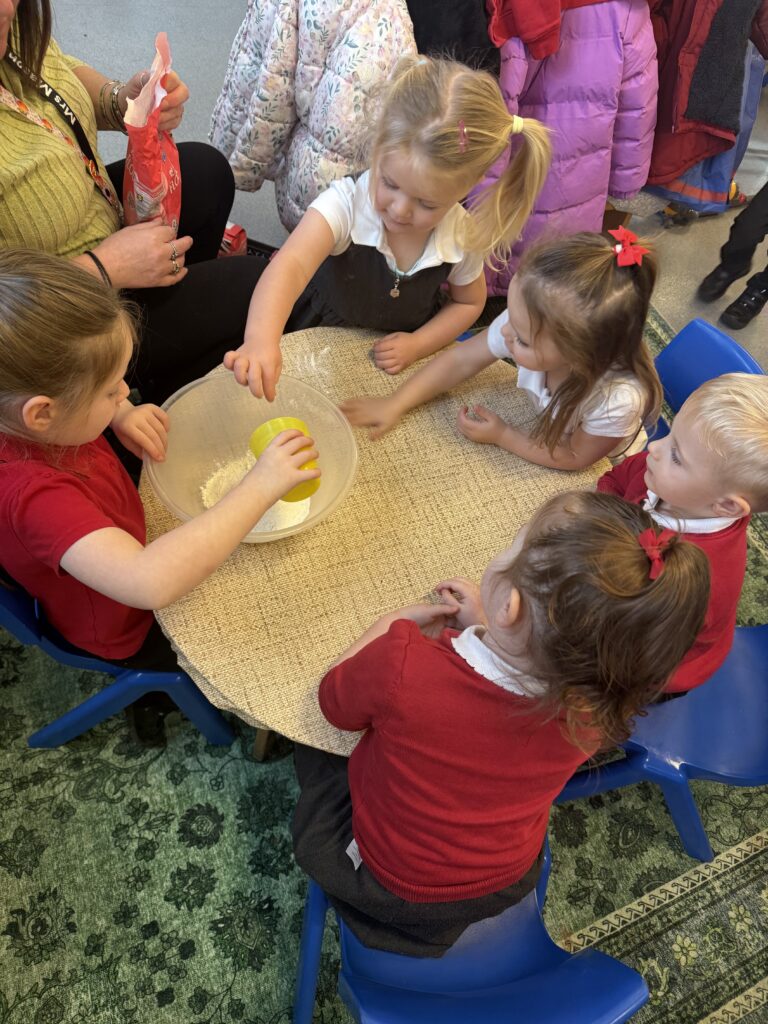
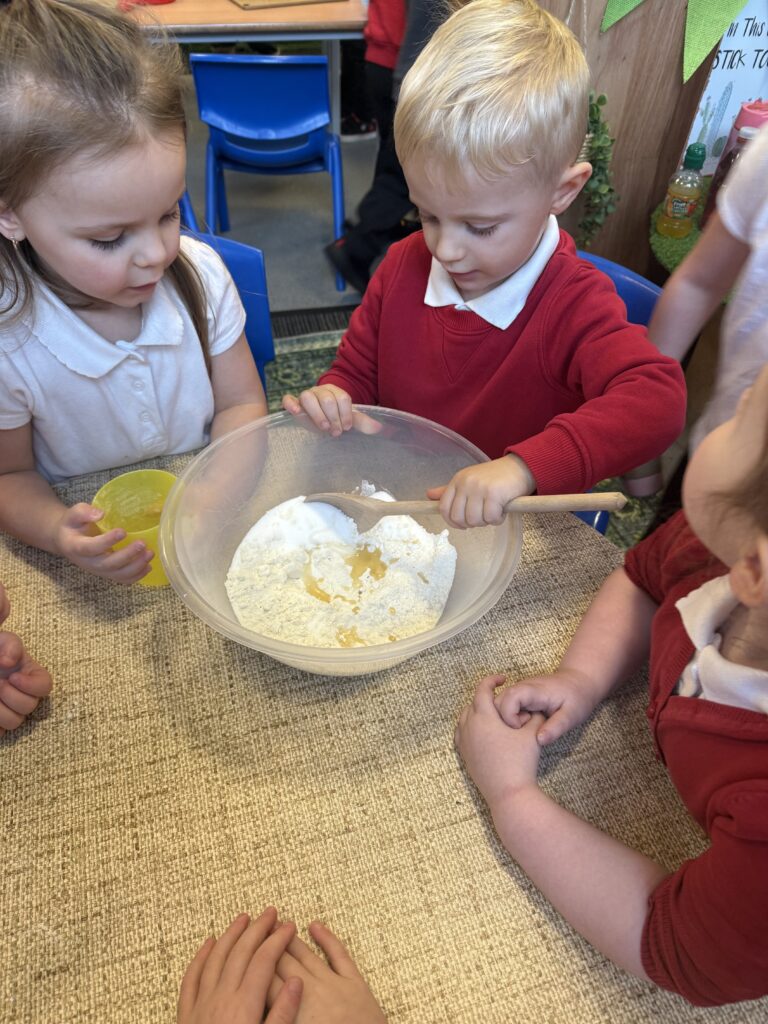
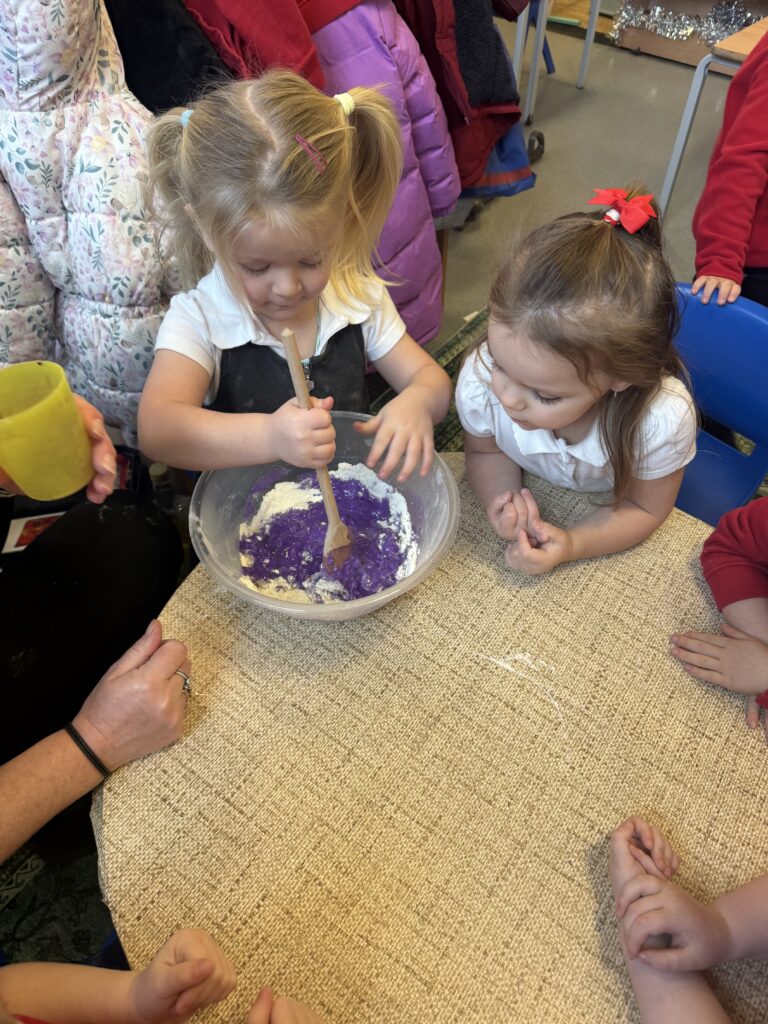
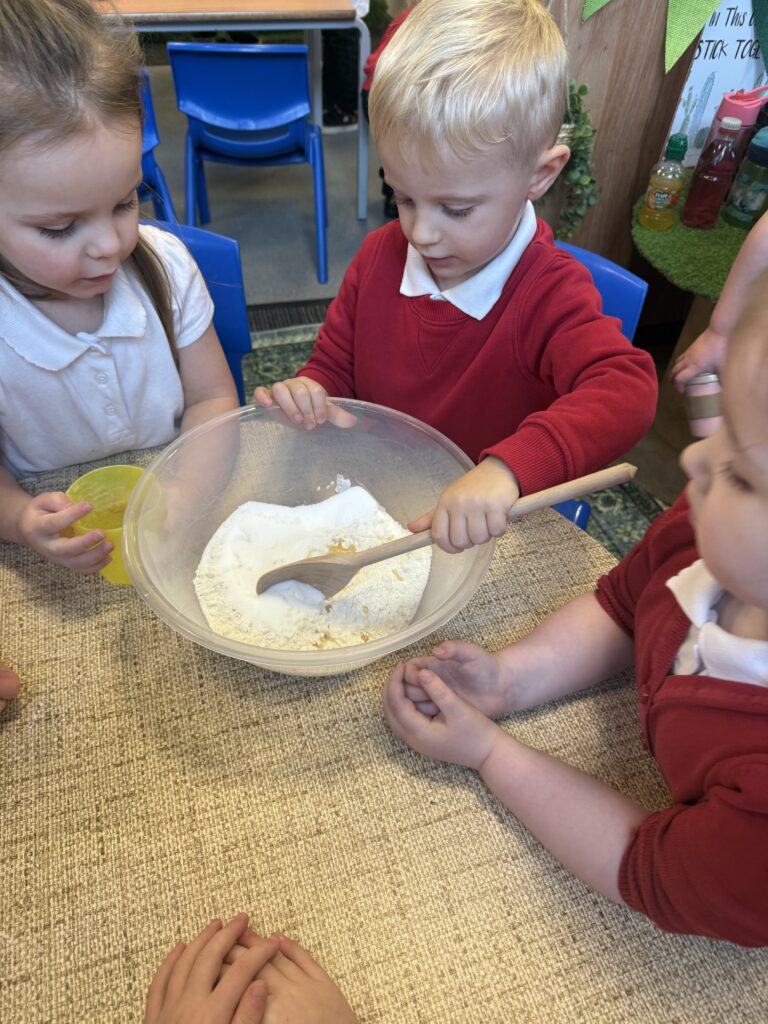
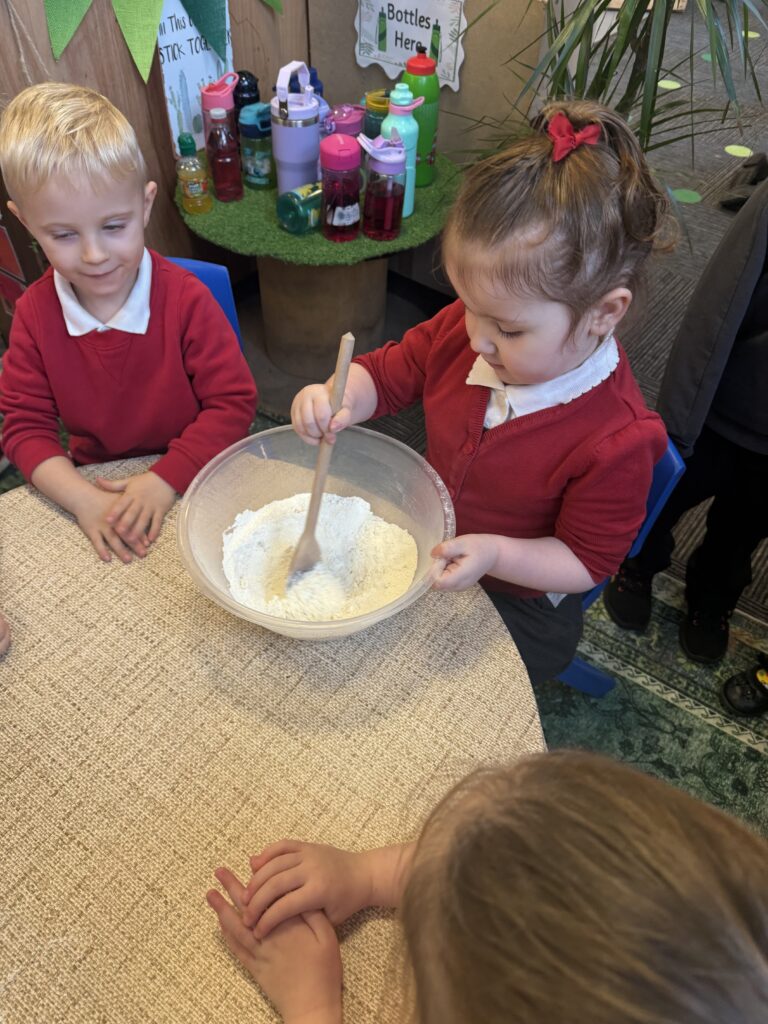
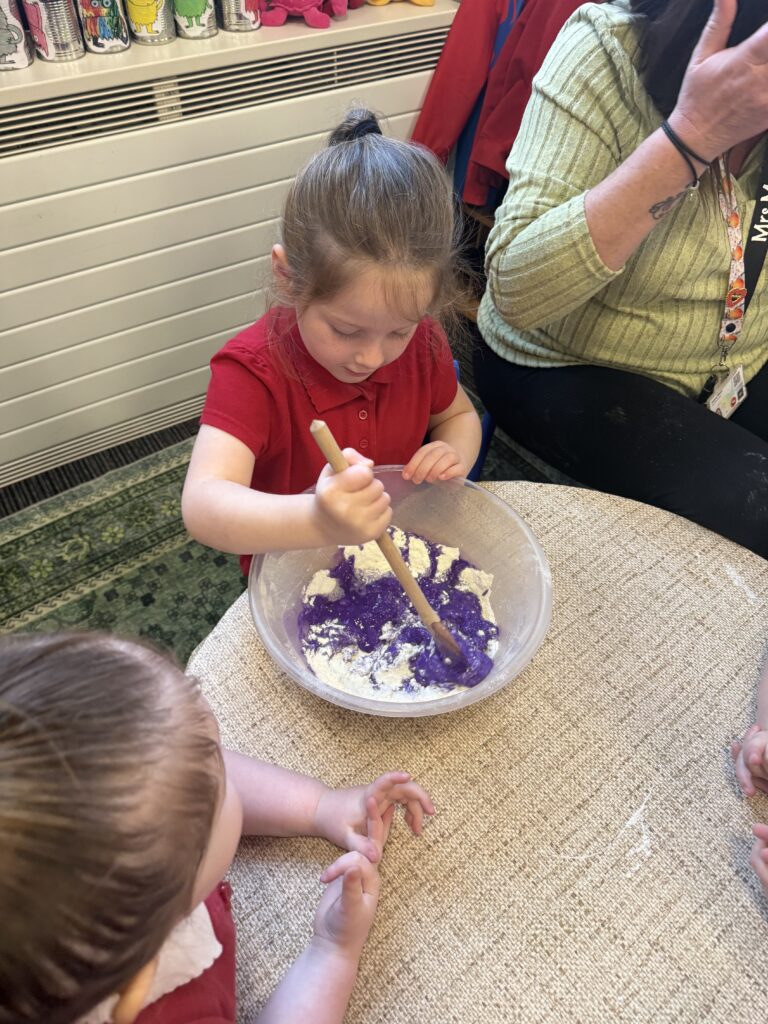
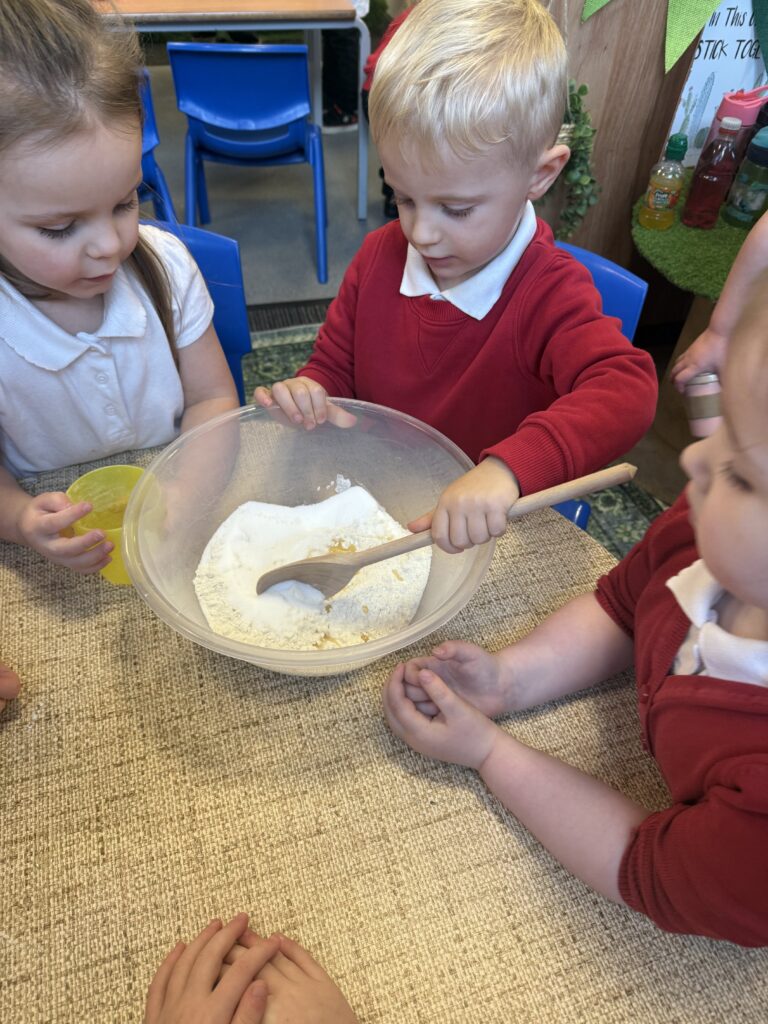
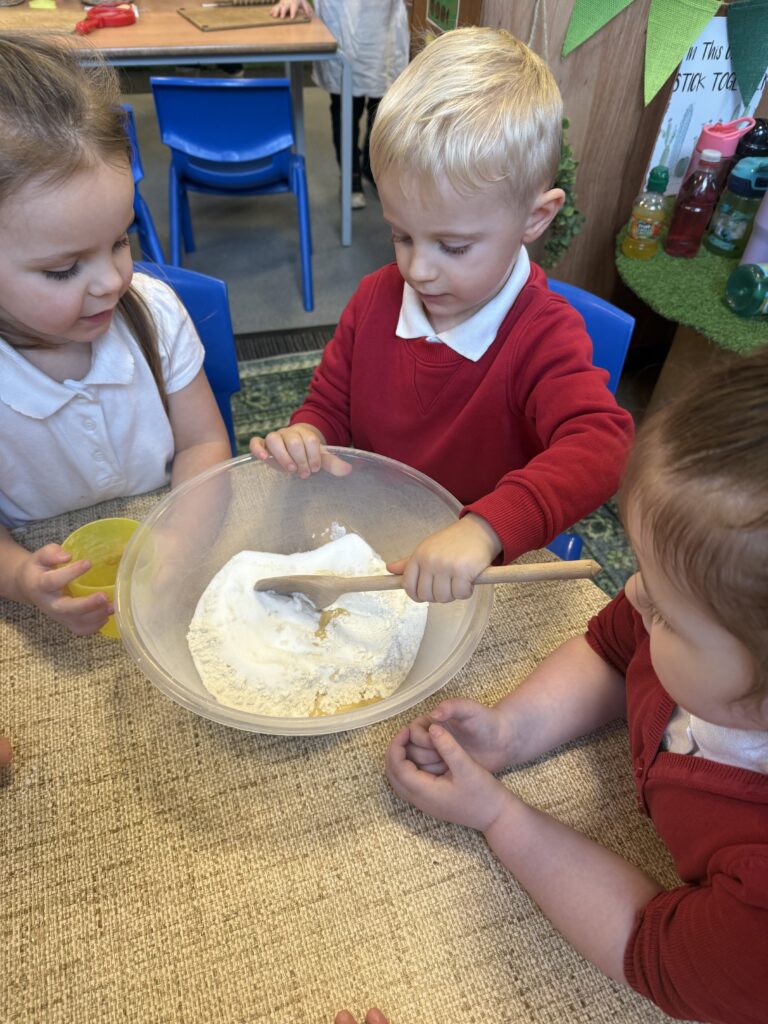
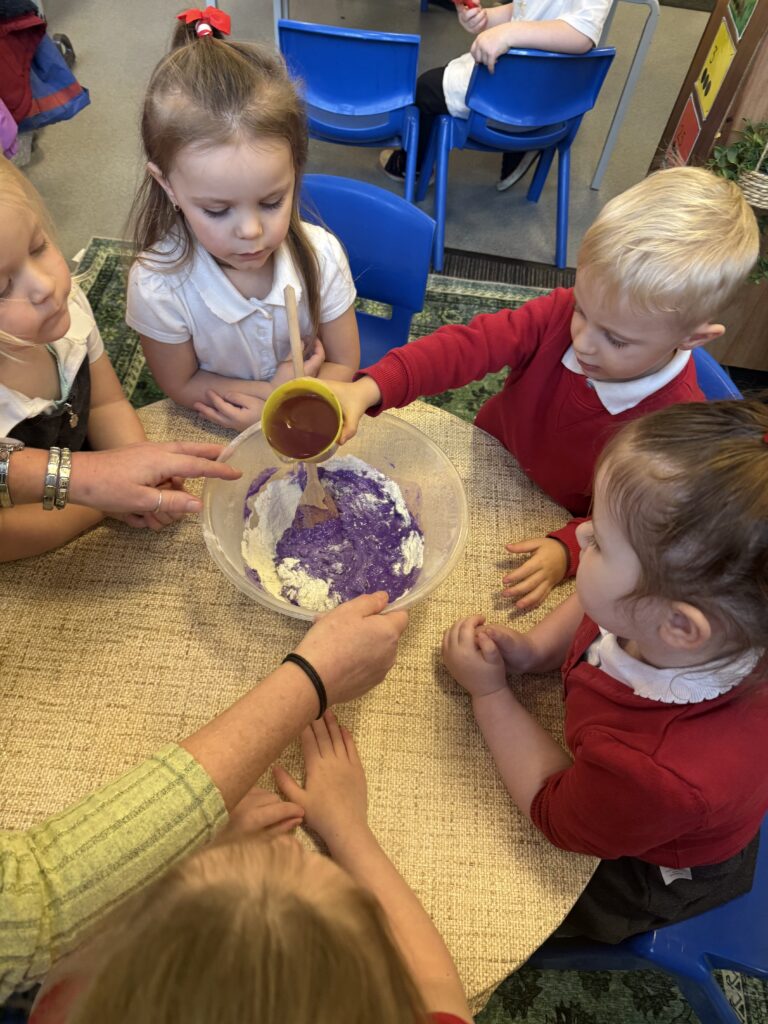
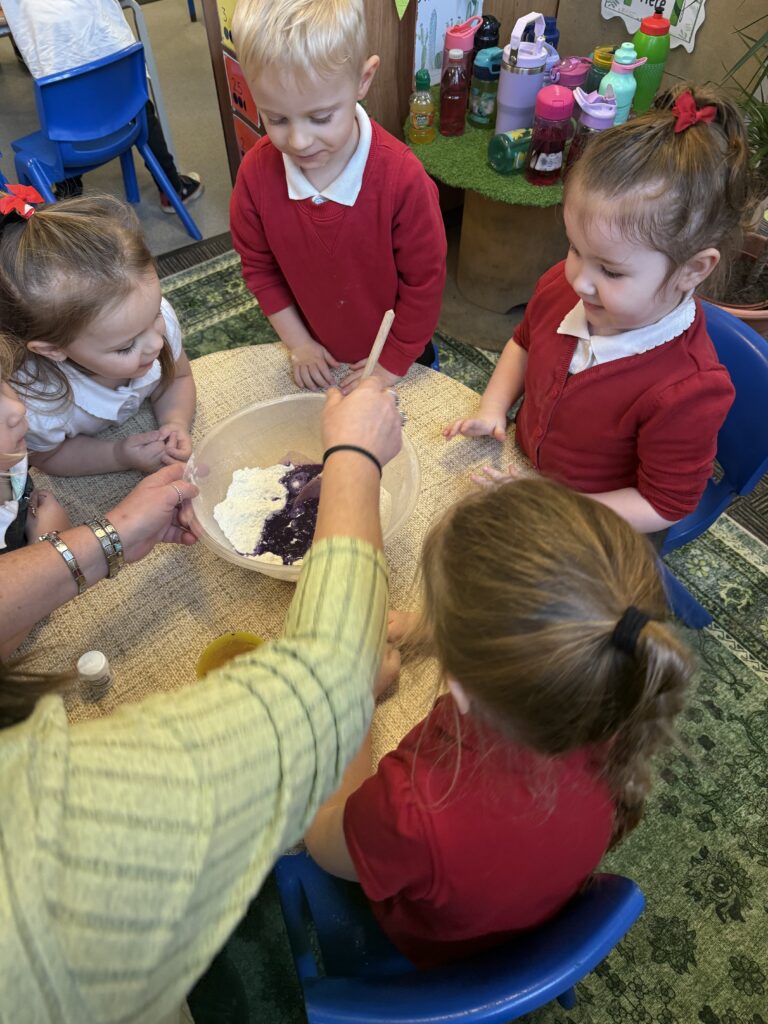
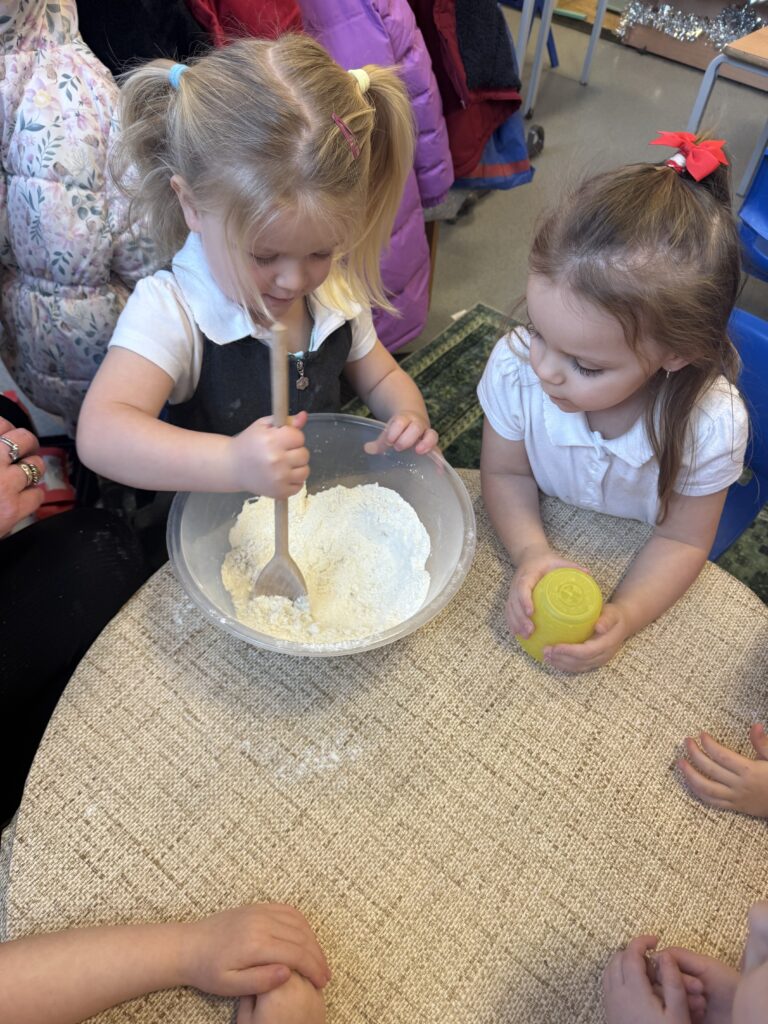
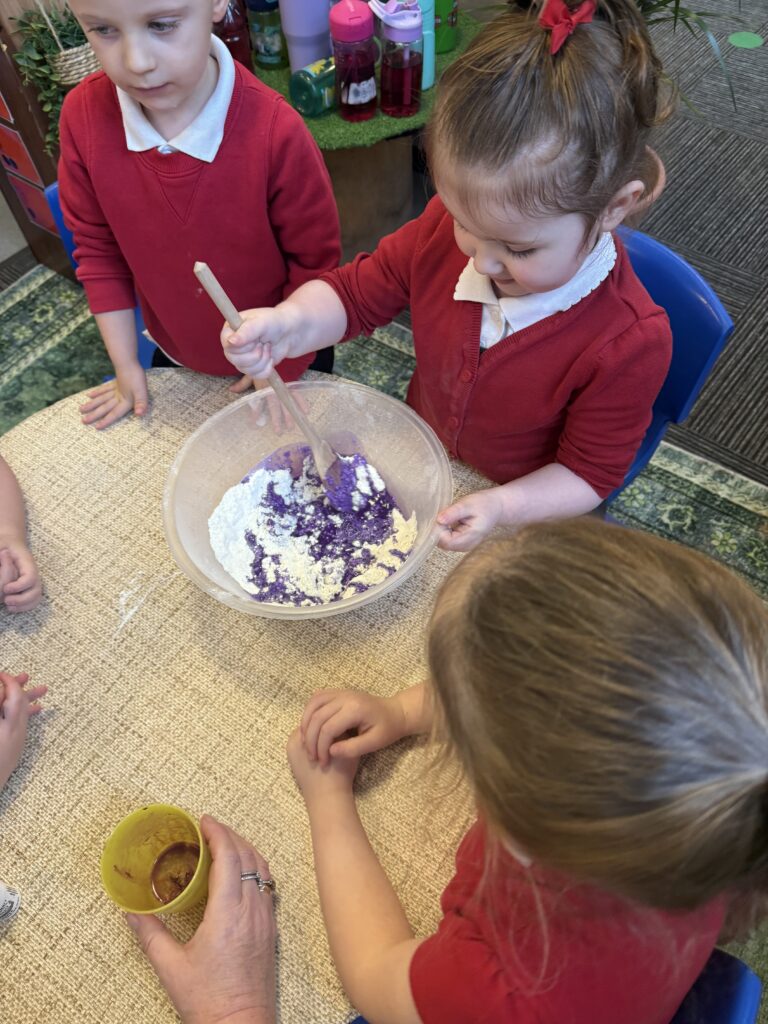
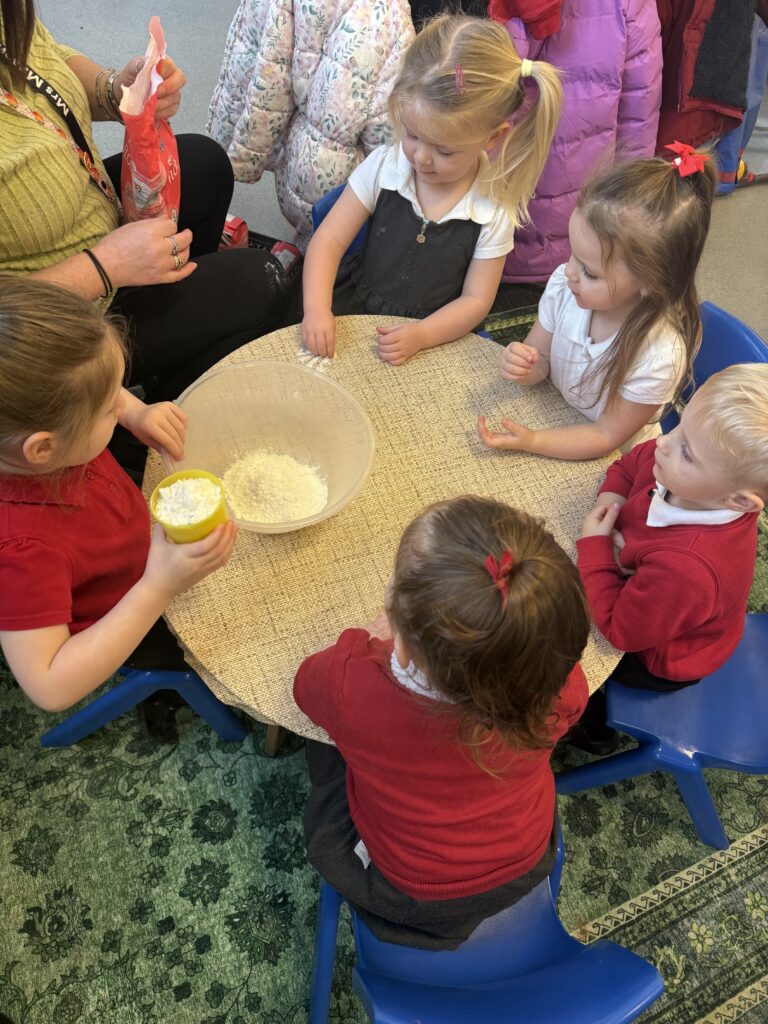
Subitising is a crucial skill children must master to be amazing mathematicians! Subitising involves looking at an amount and instantly knowing the numerical value for example; I can see 3 dots. In today’s game crew Frost has taken it in turns to role the dice from 1 to 3. When the dice lands on a number the children have to make their way across on the subitising cards that matches the number. To stretch and challenge we even added some cards with different colored dots! Well done crew Frost! You were so kind at taking turns and showing courage taking part in our new game!
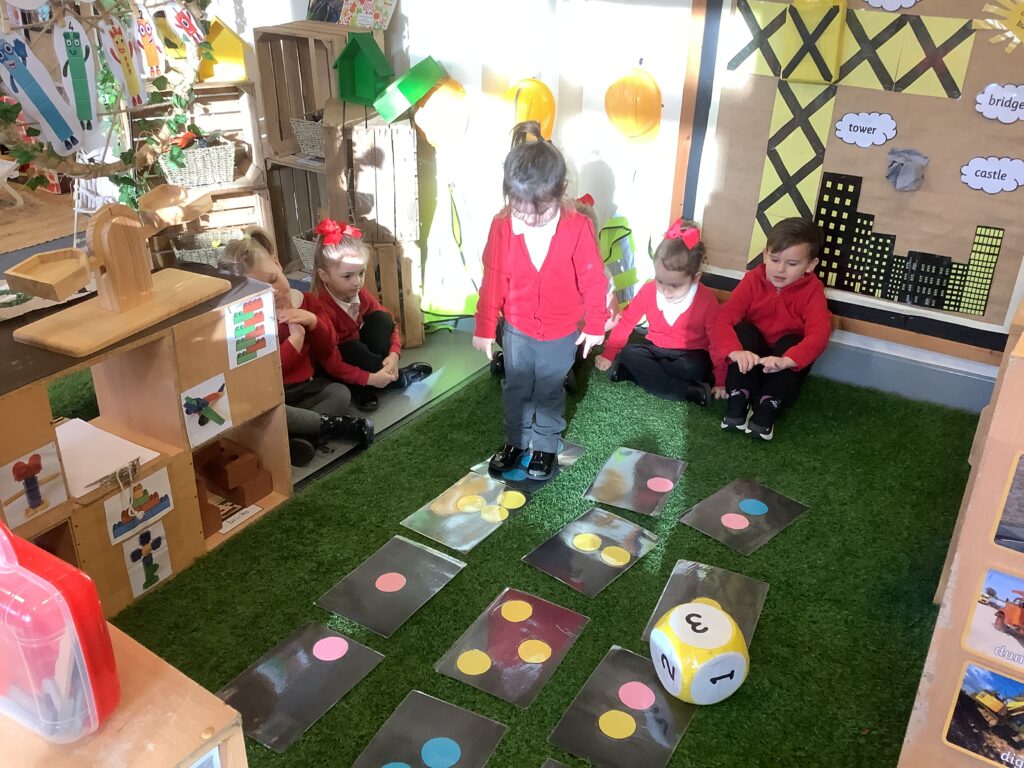
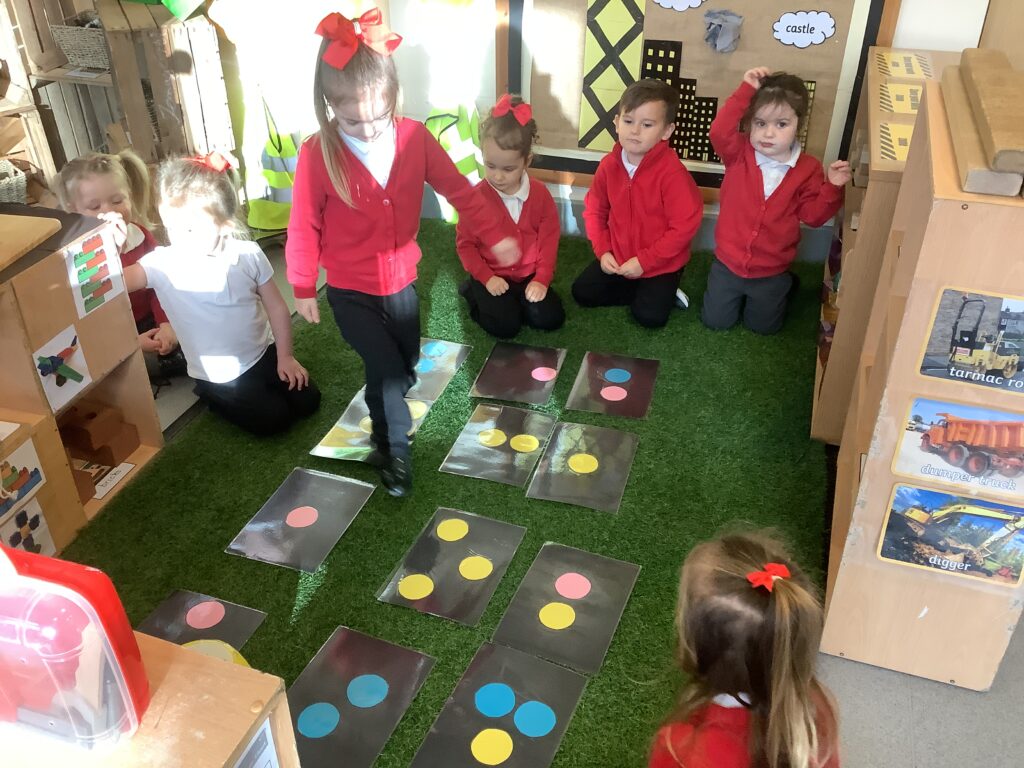
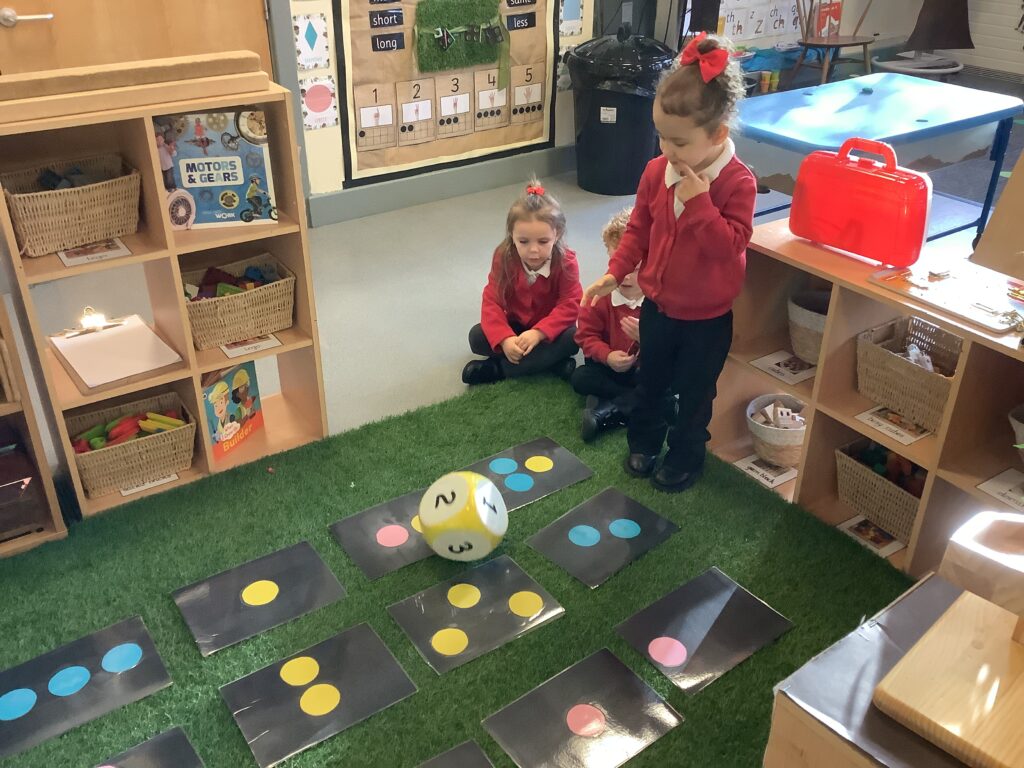
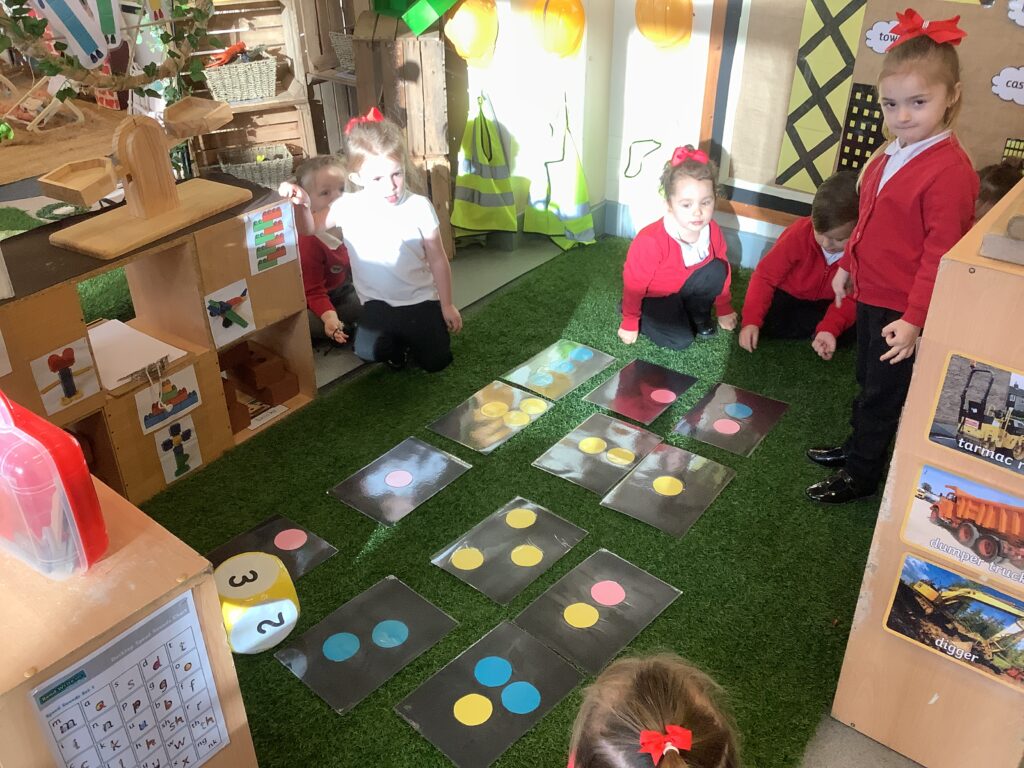
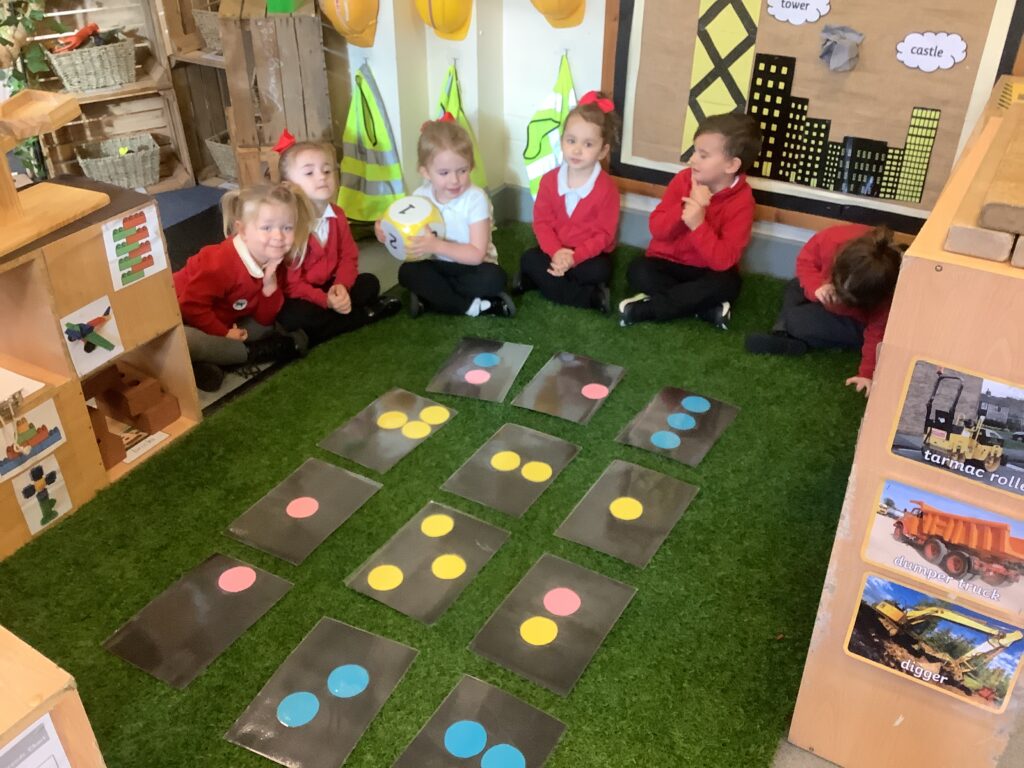
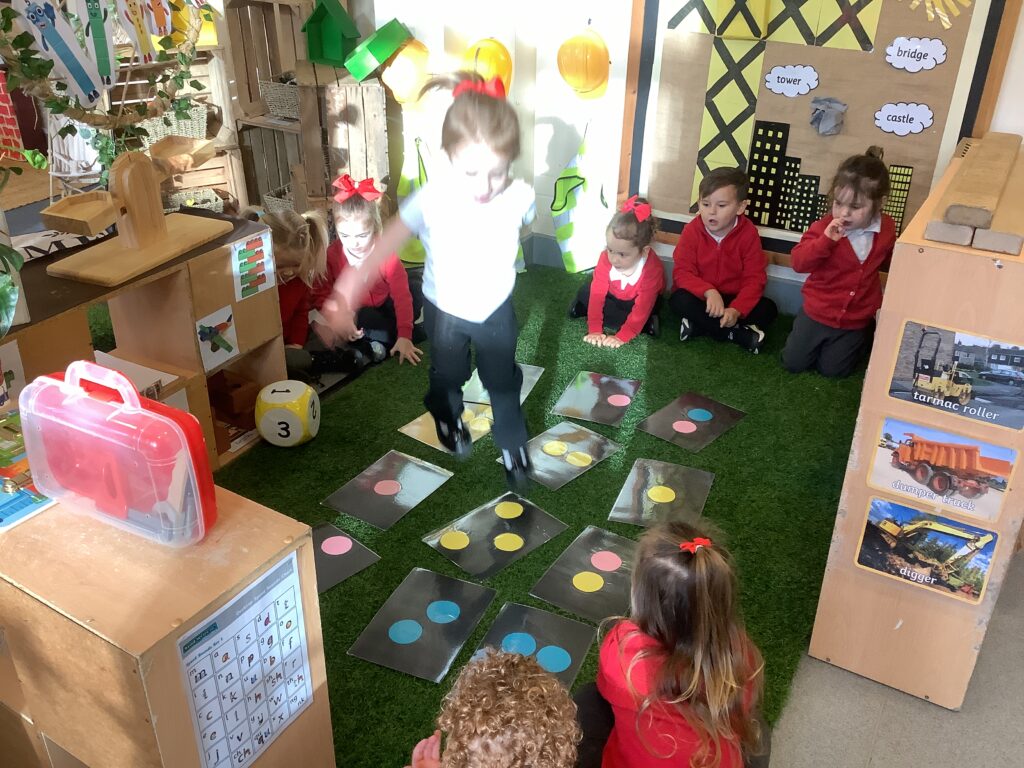
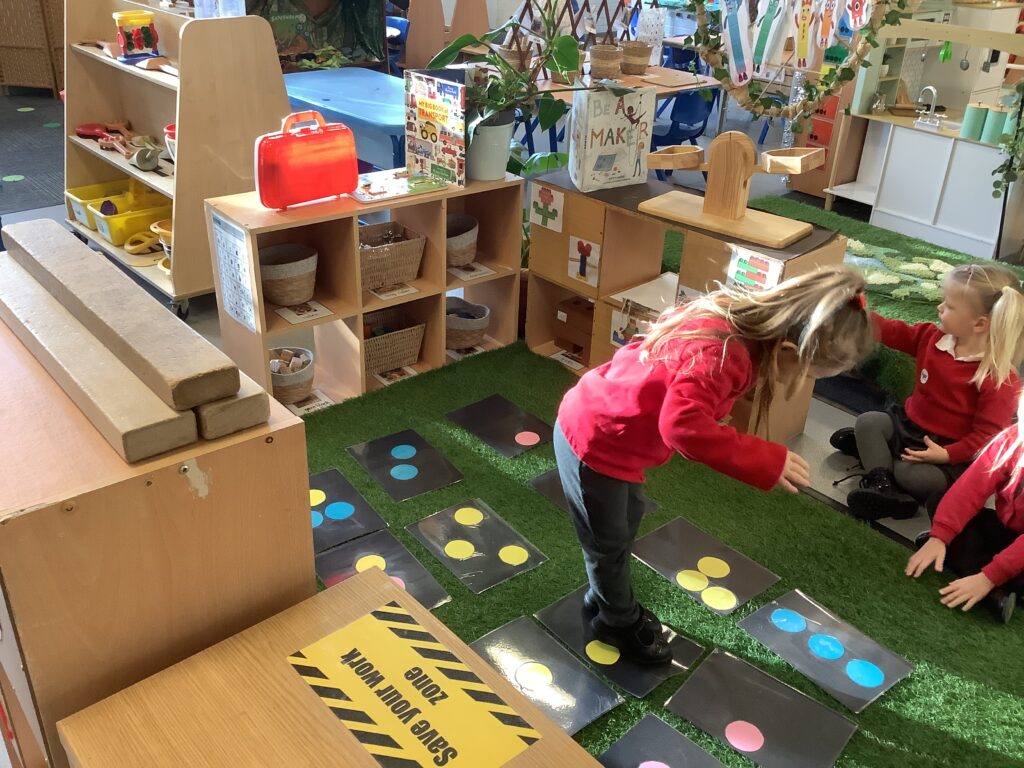
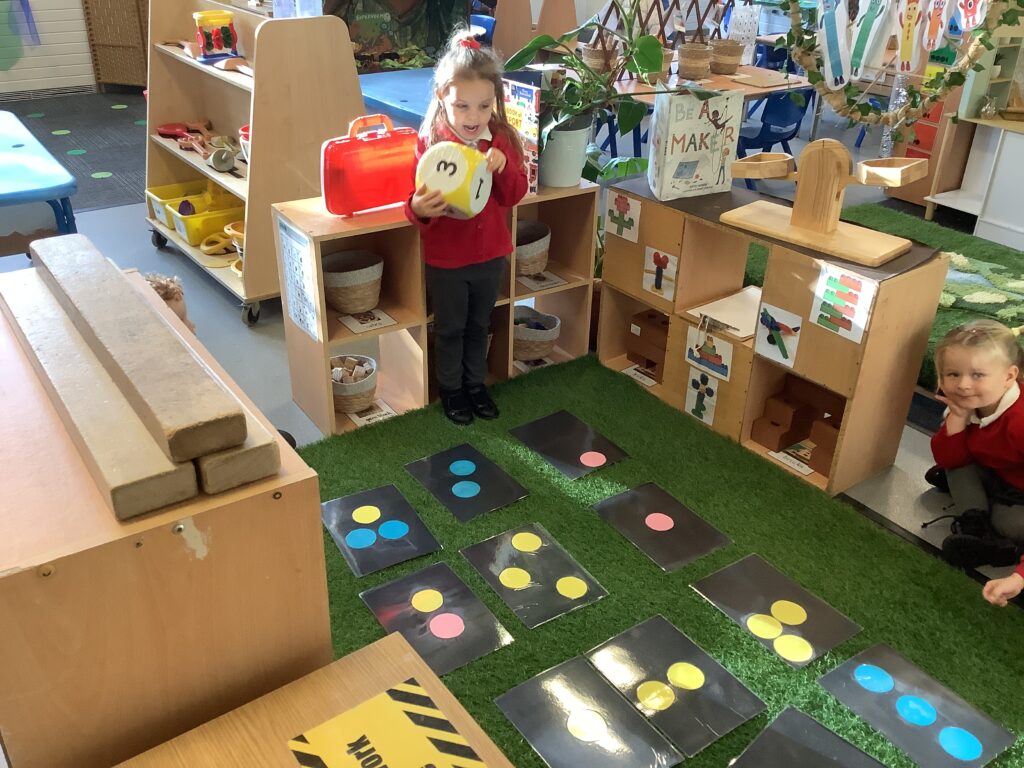
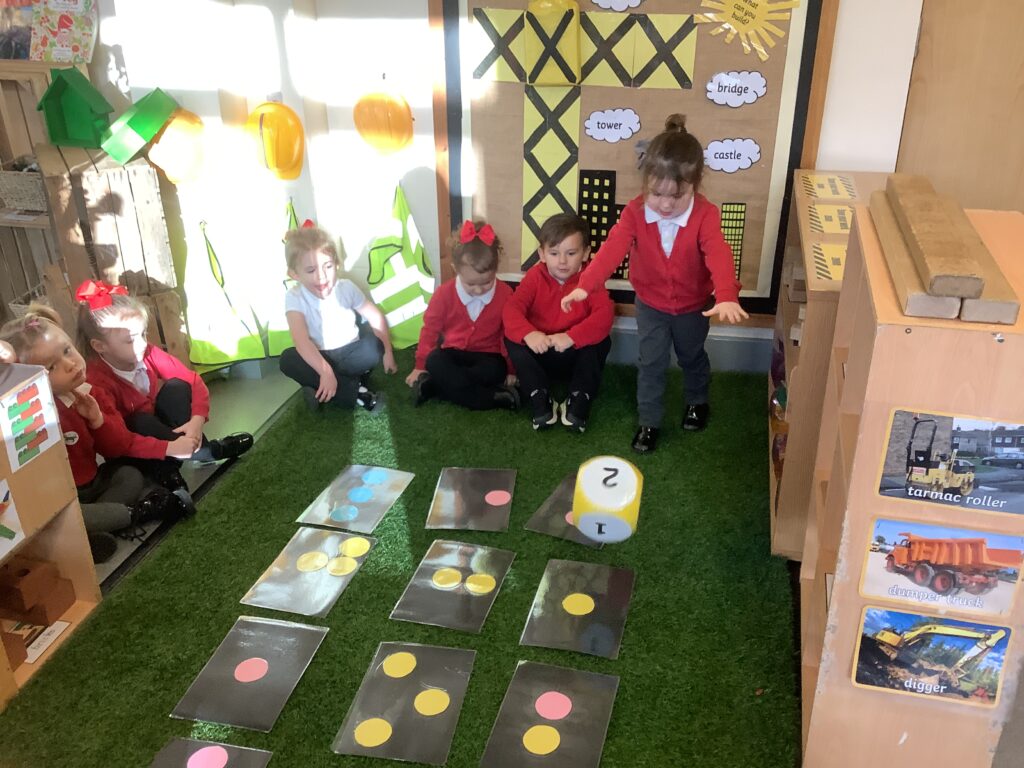
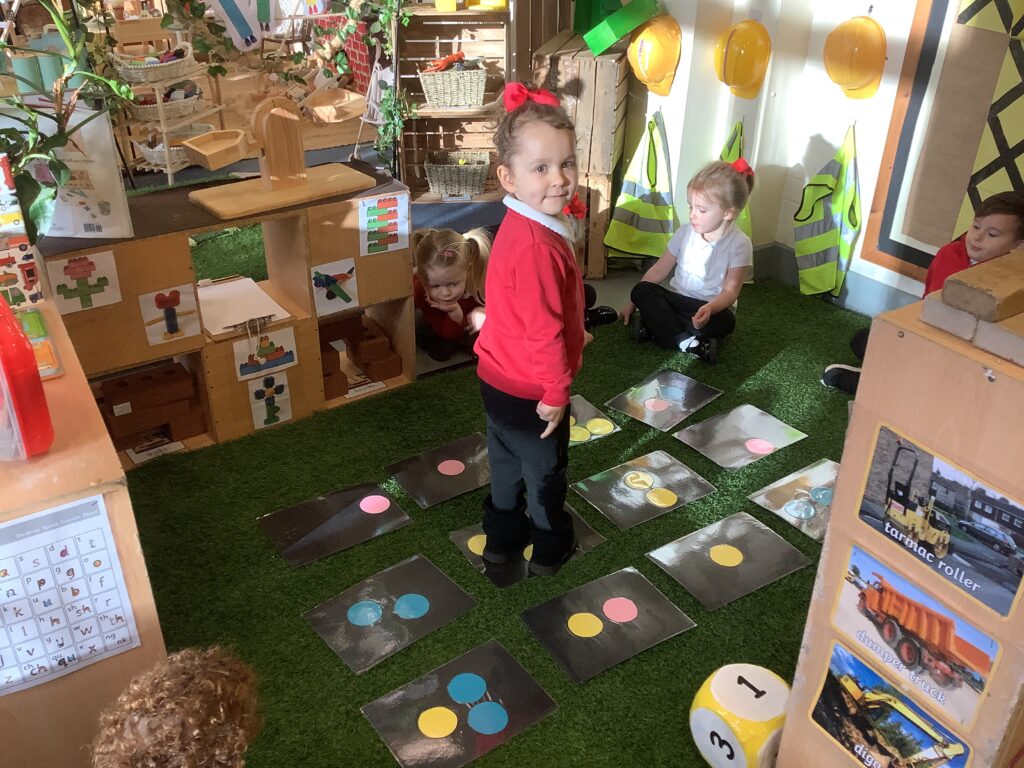
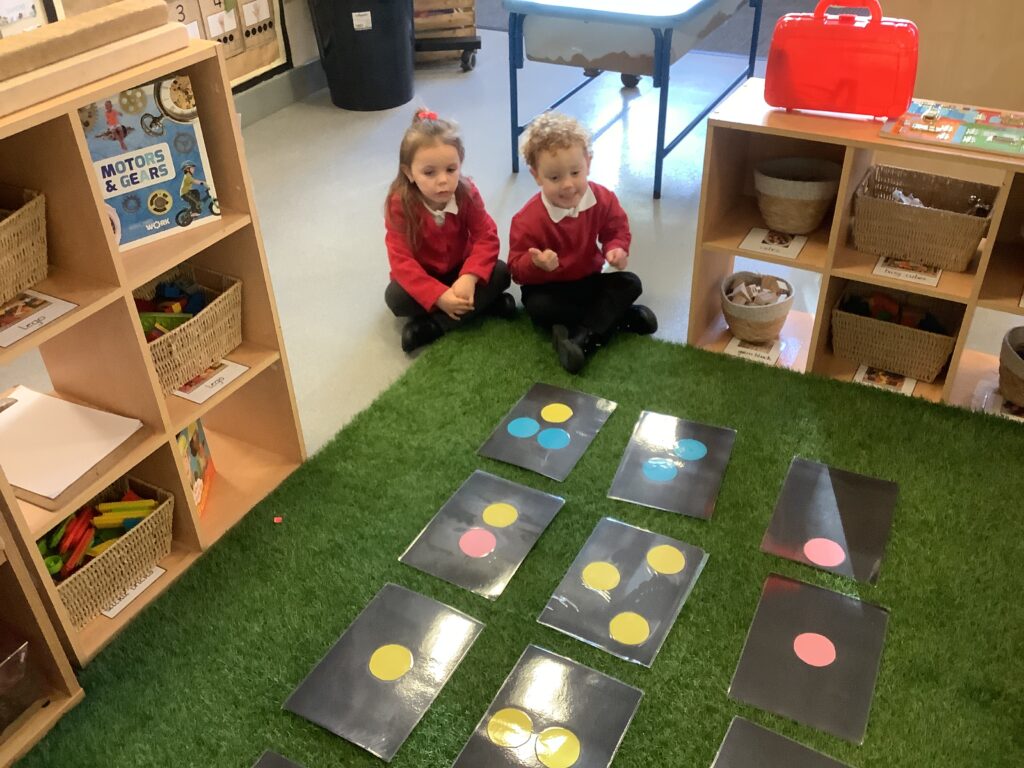
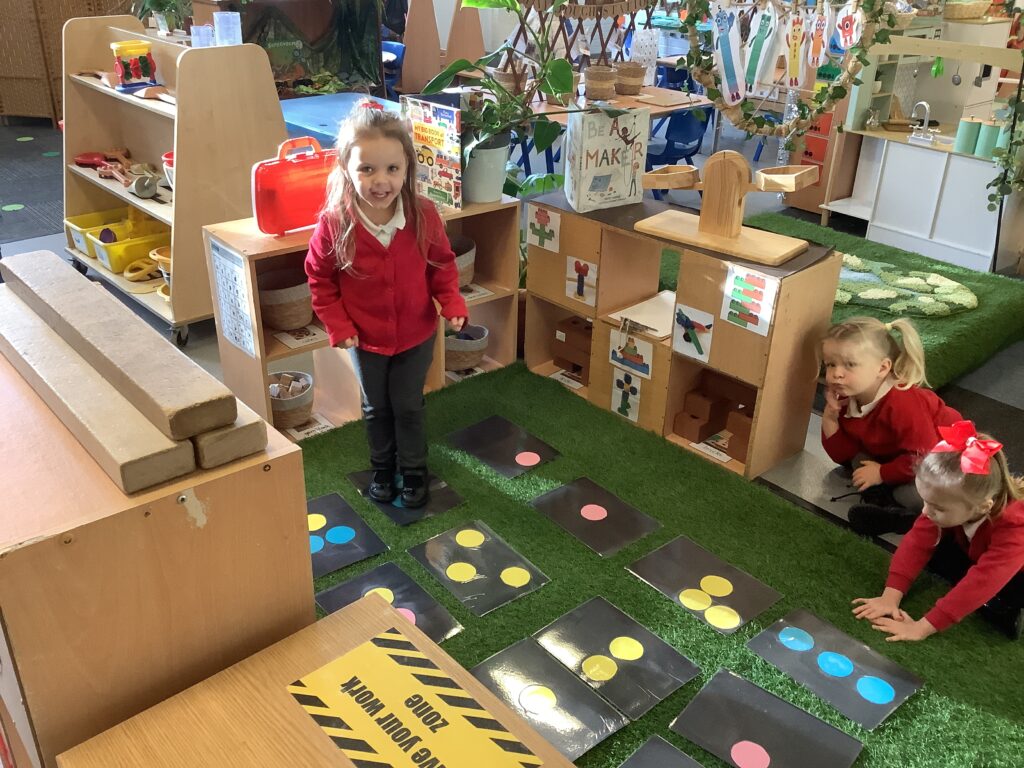
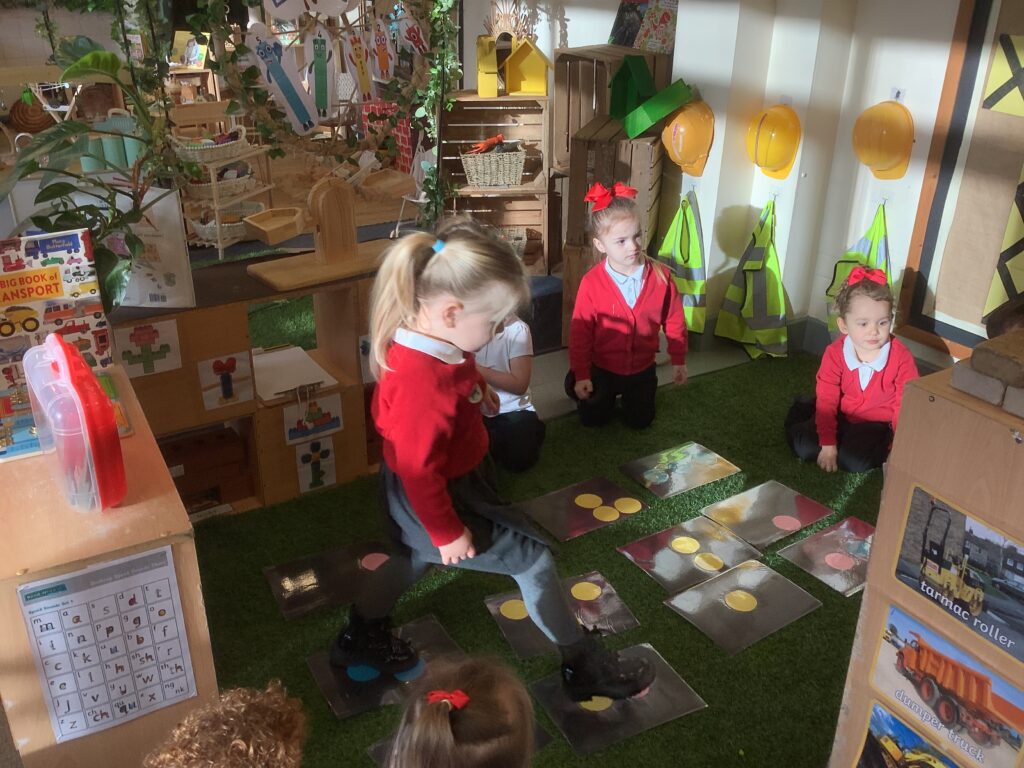
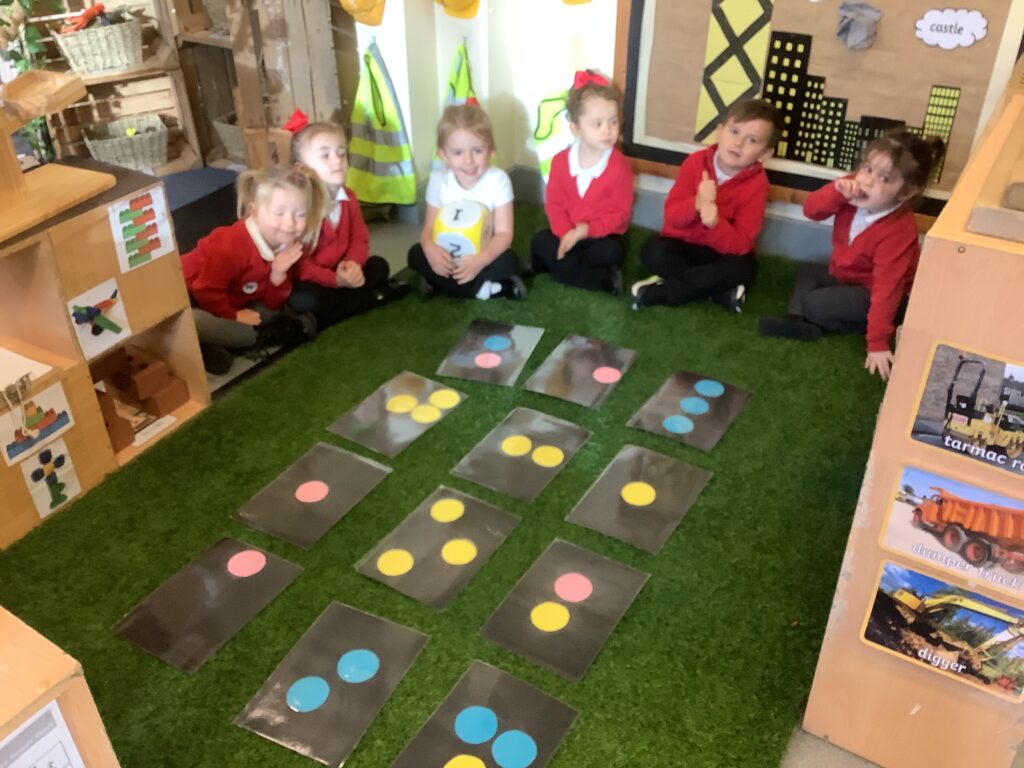
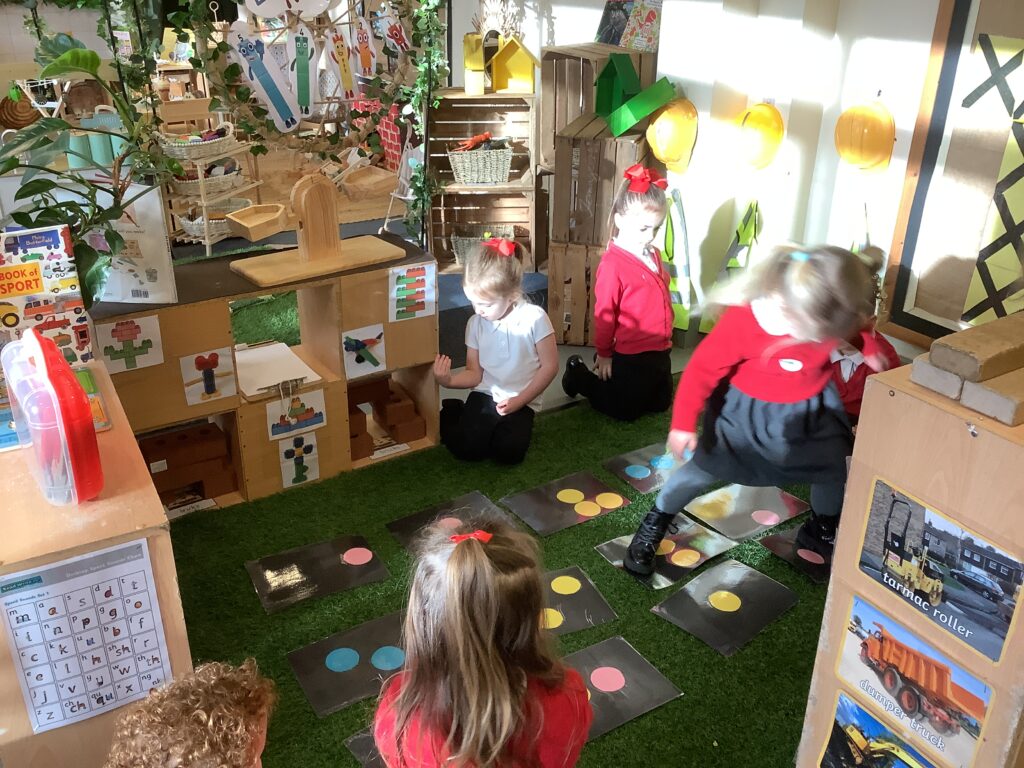
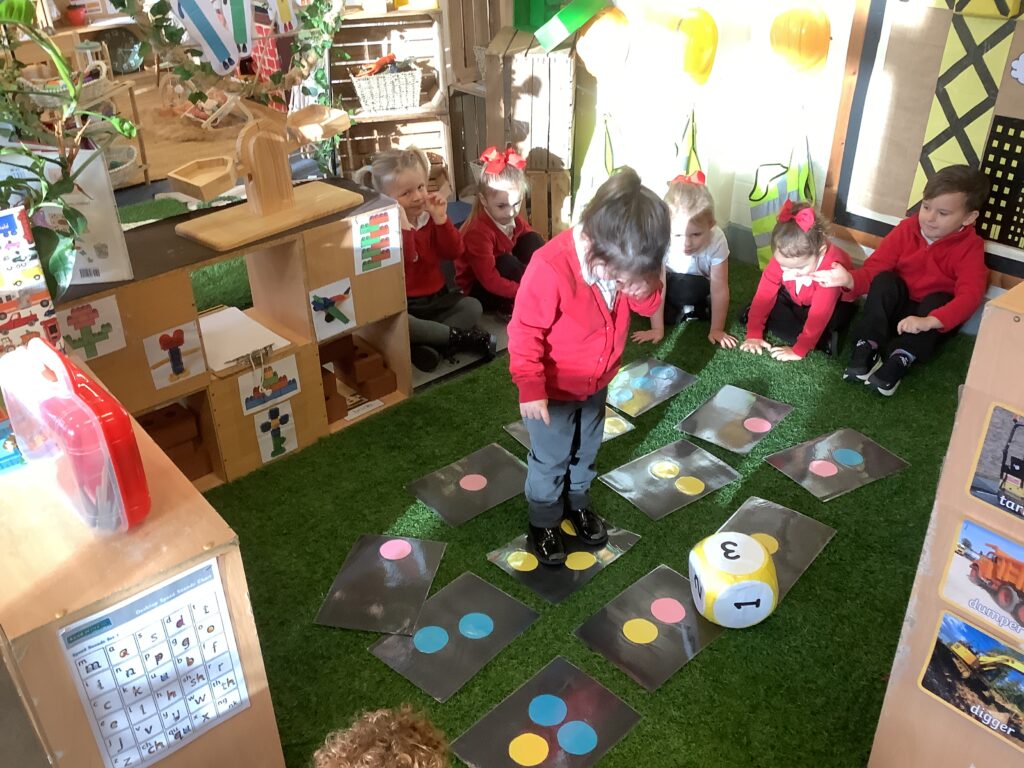
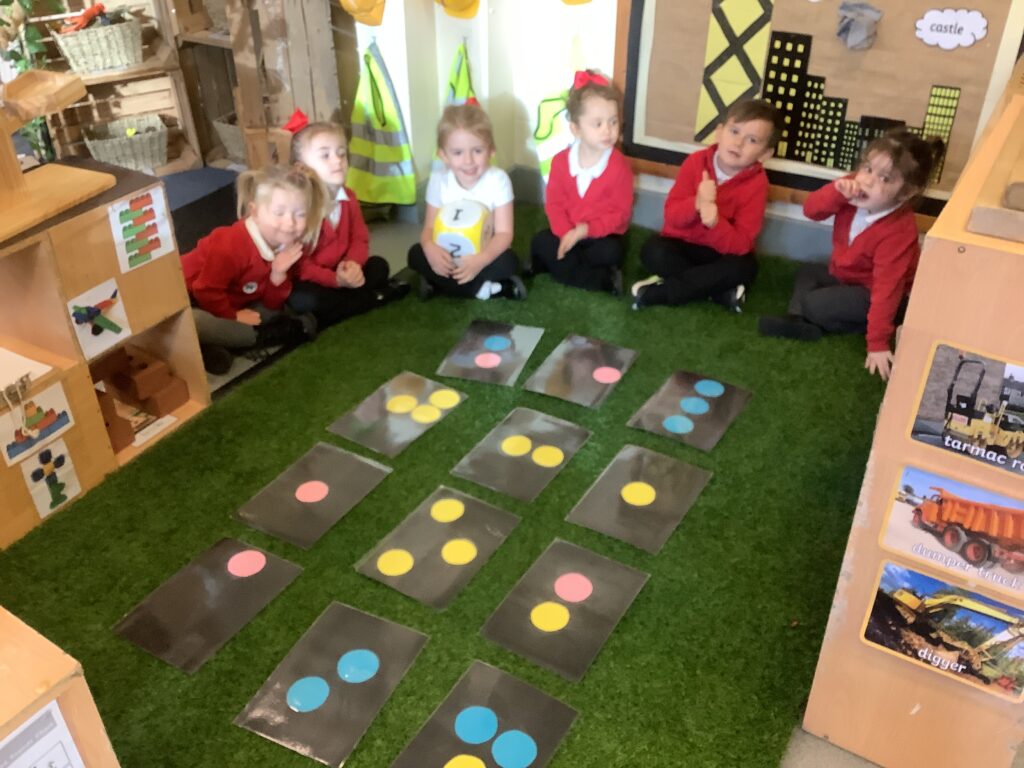
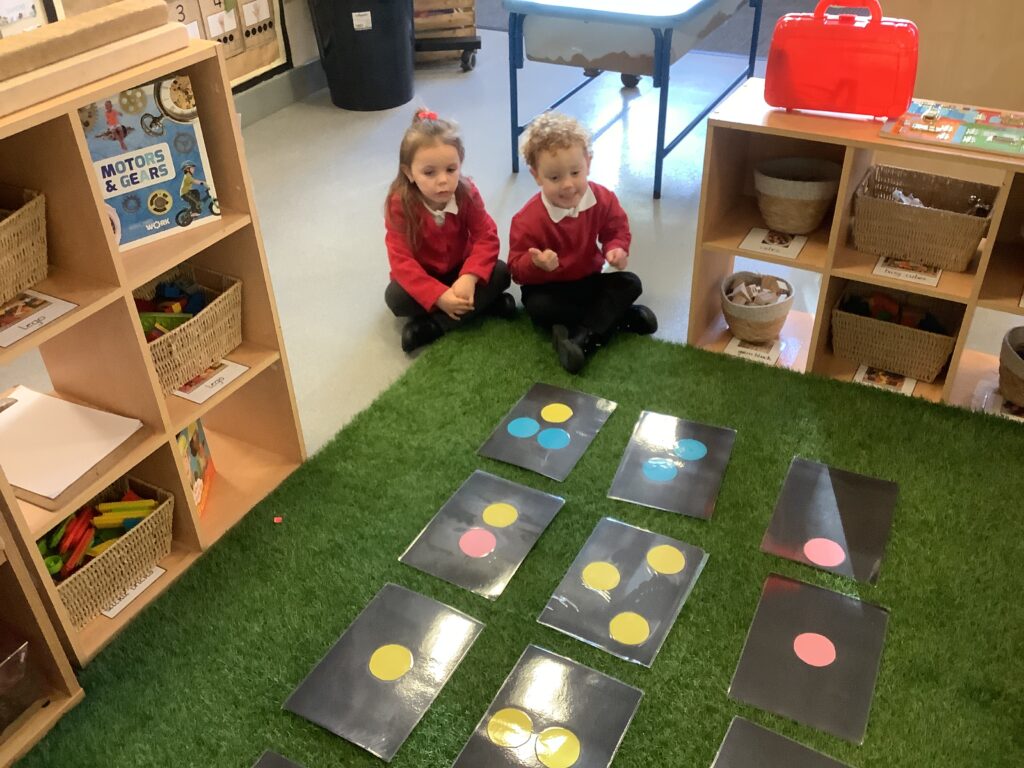

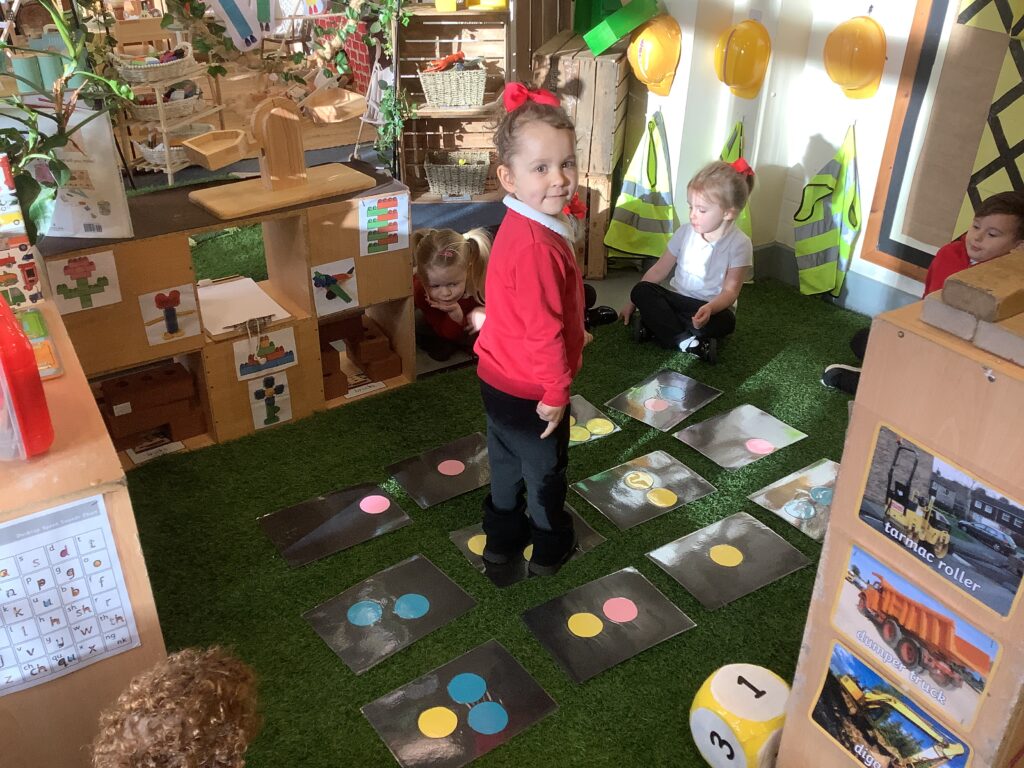
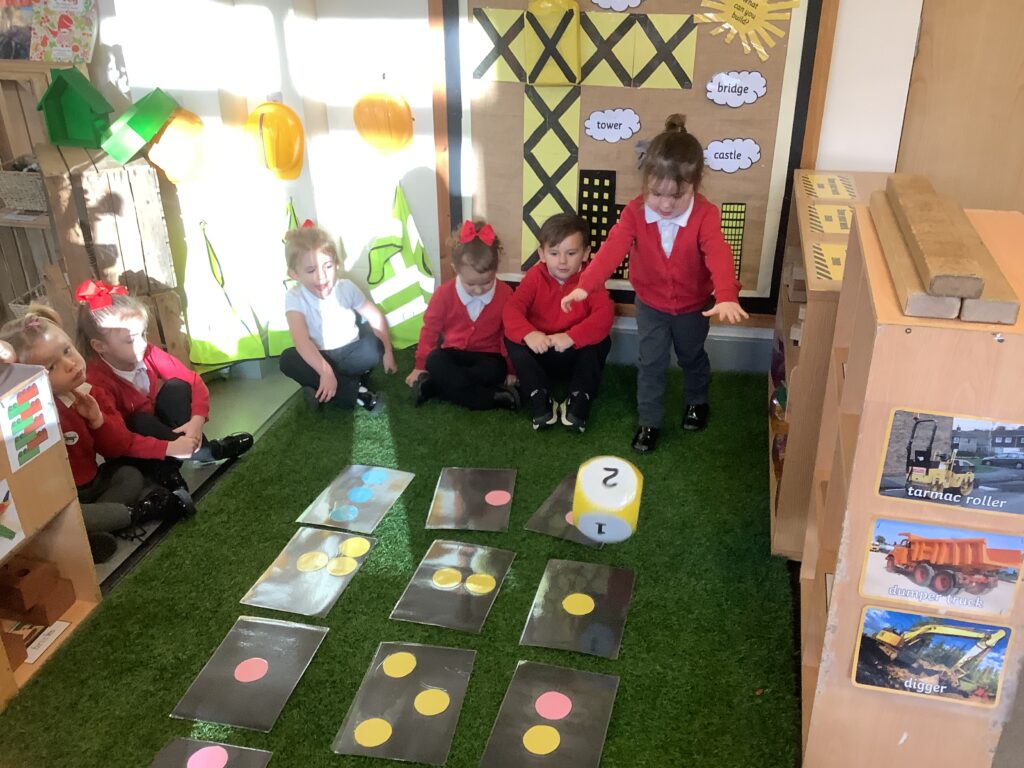
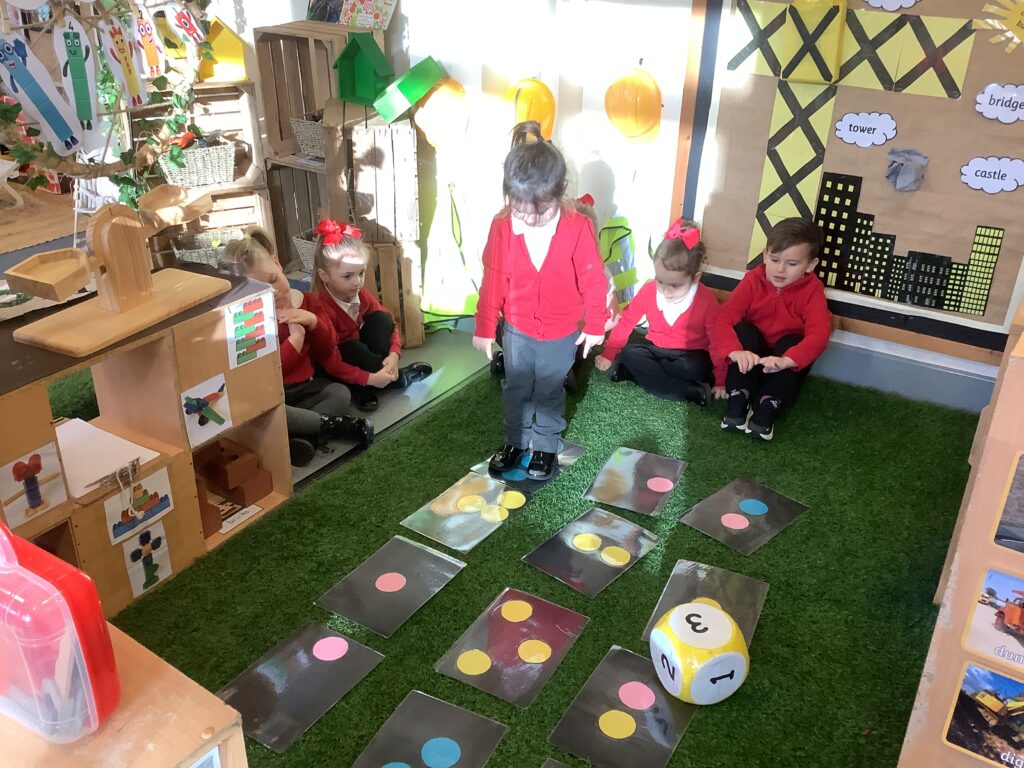
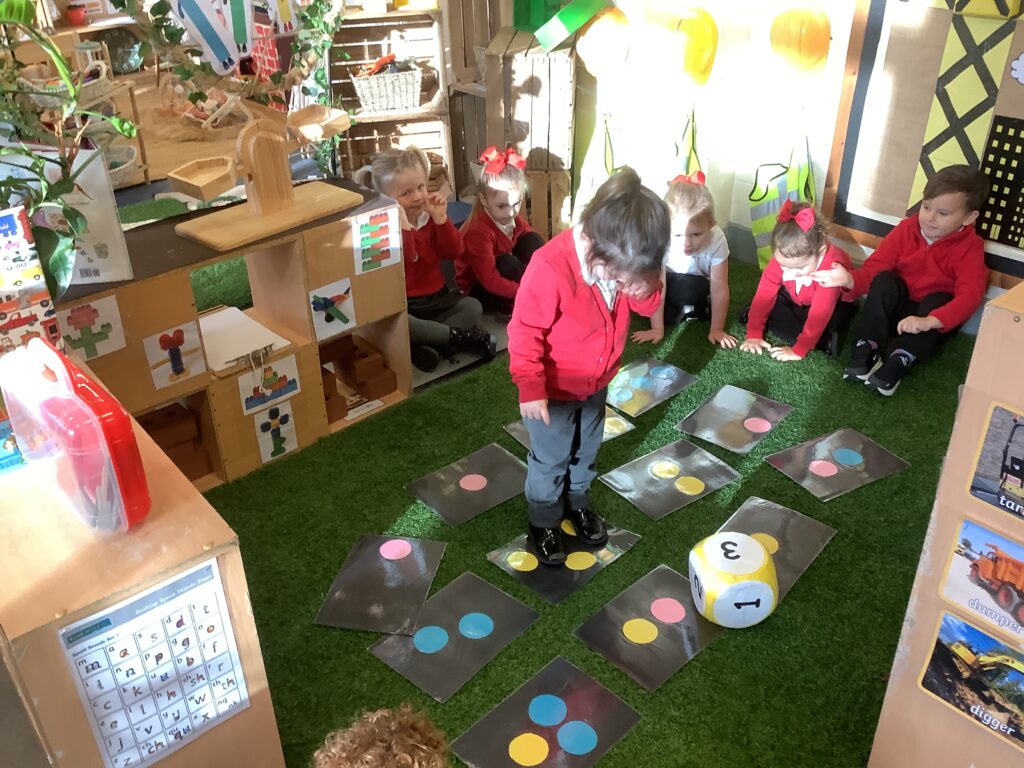
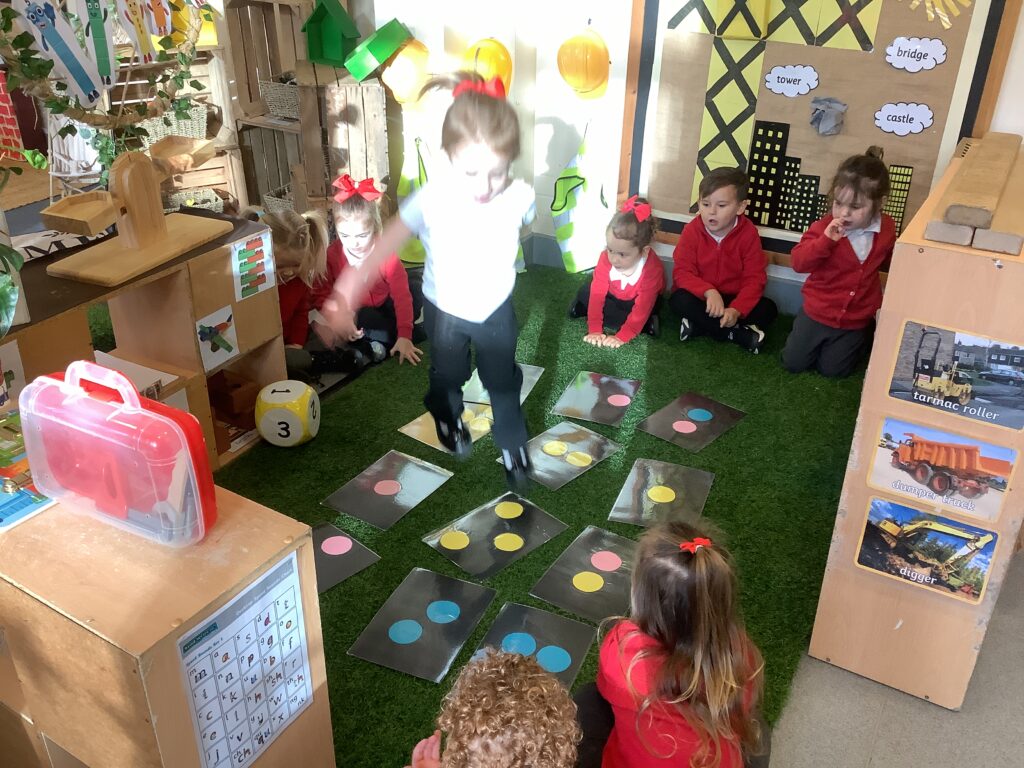
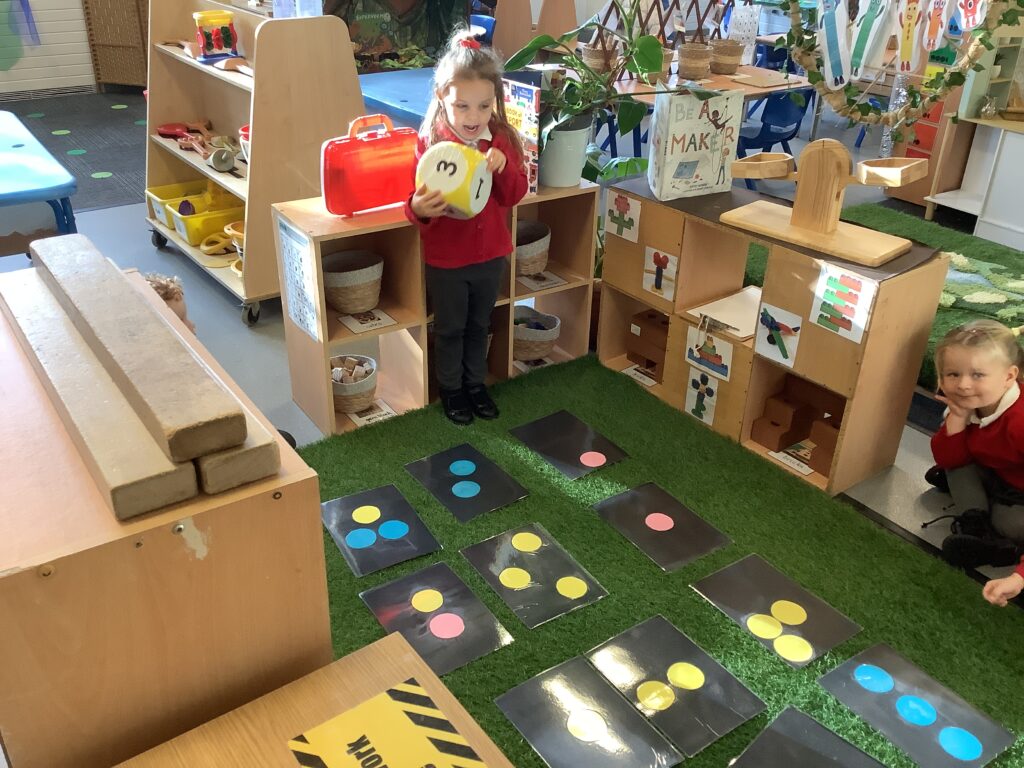
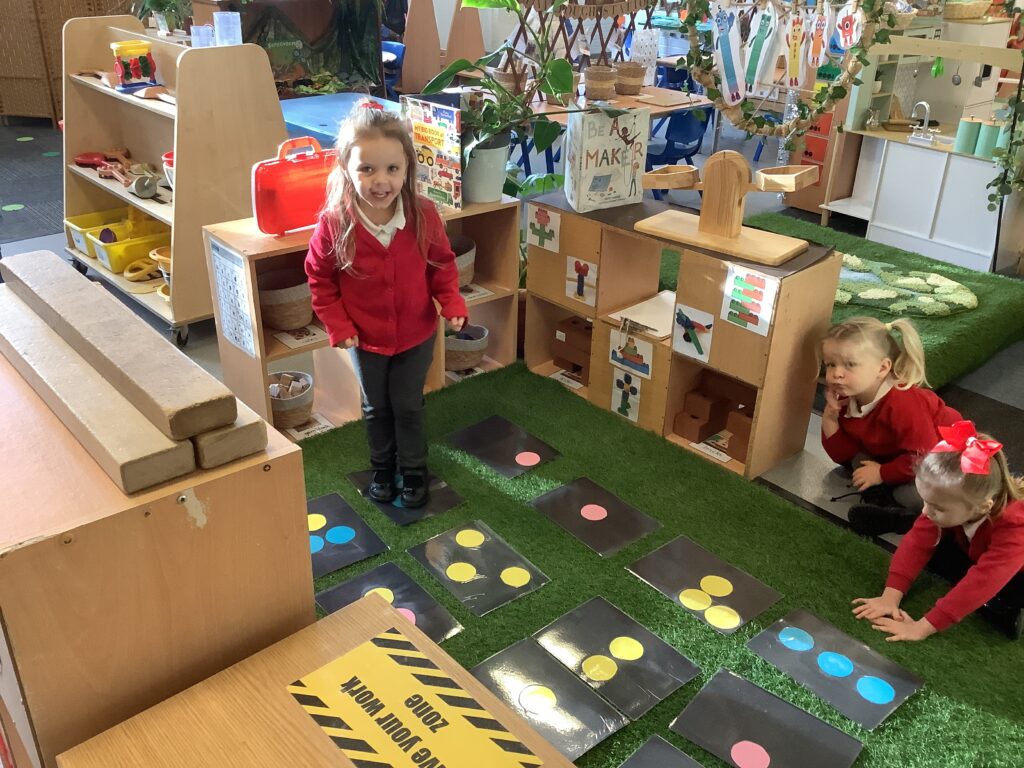
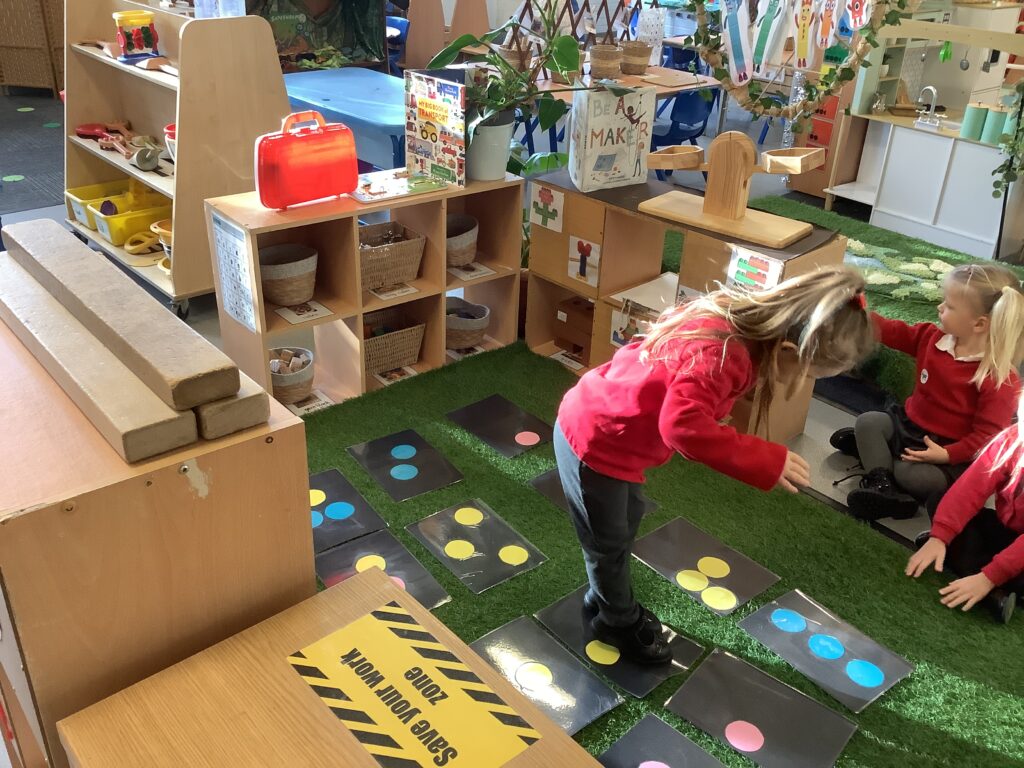
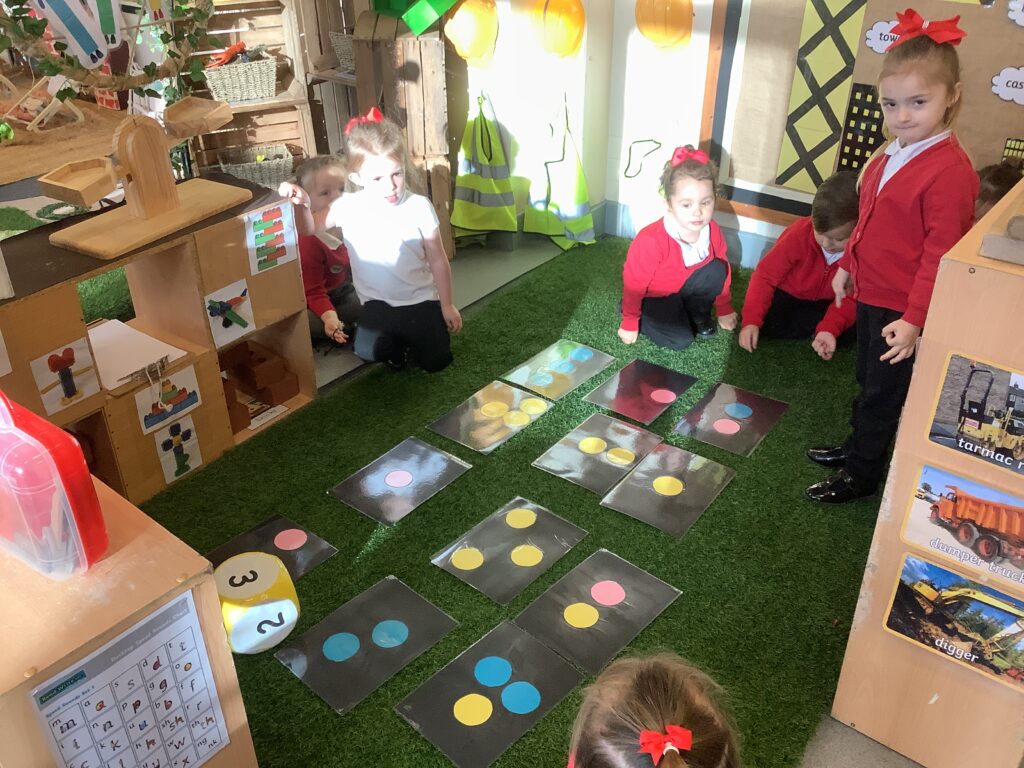
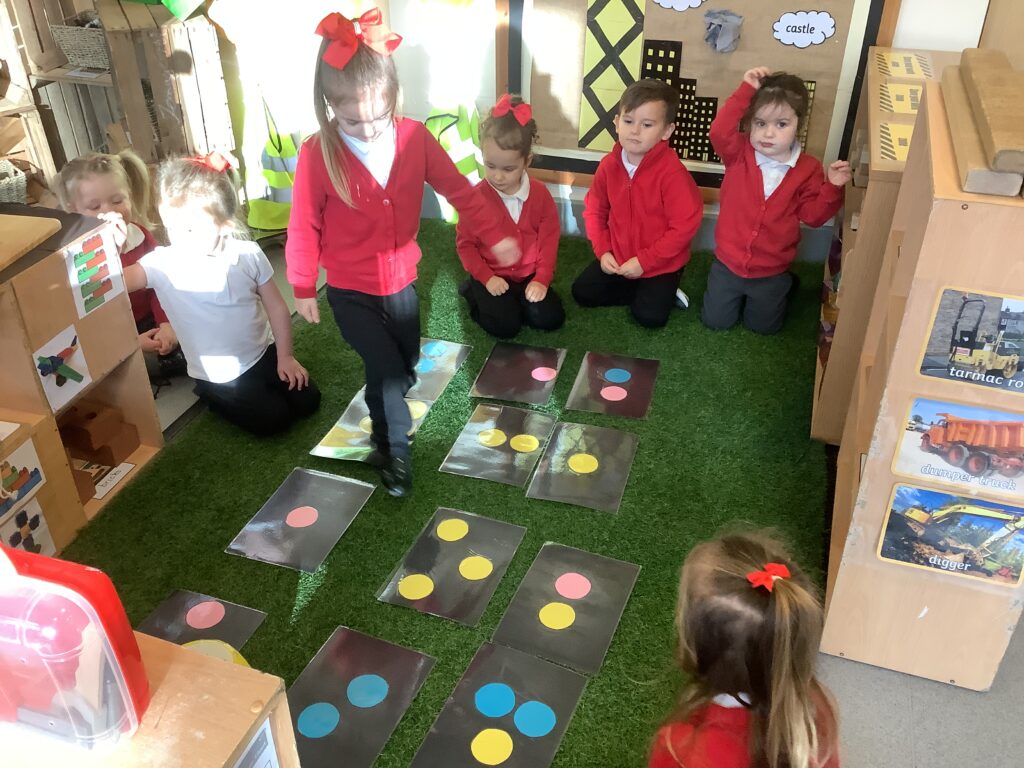
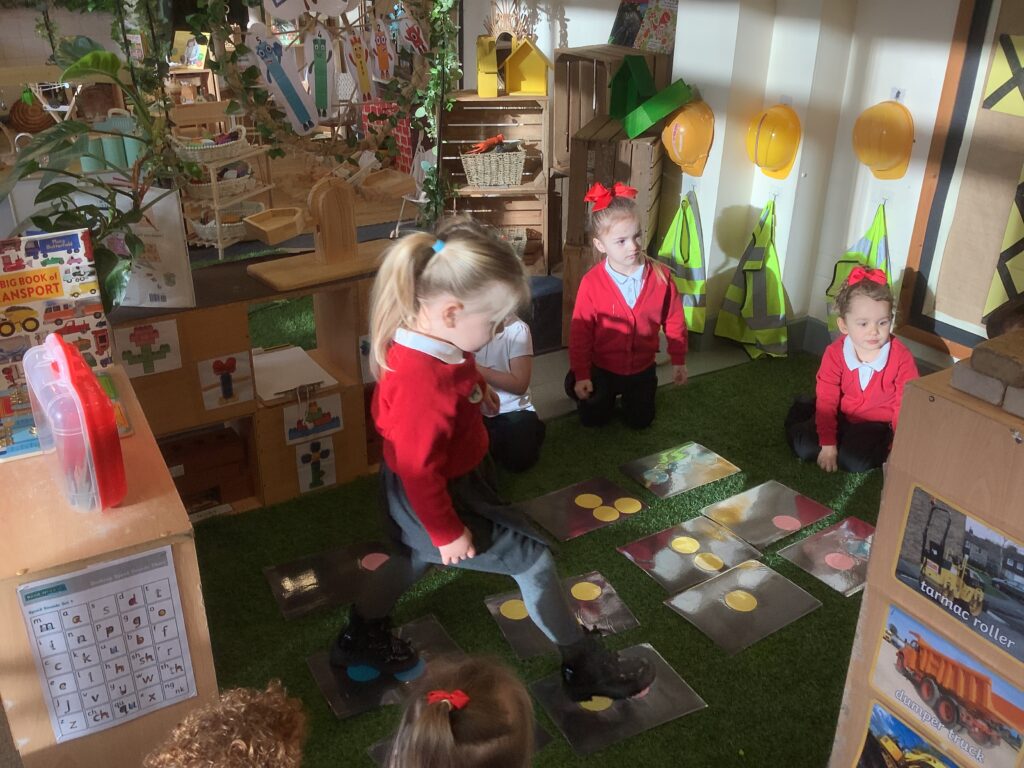
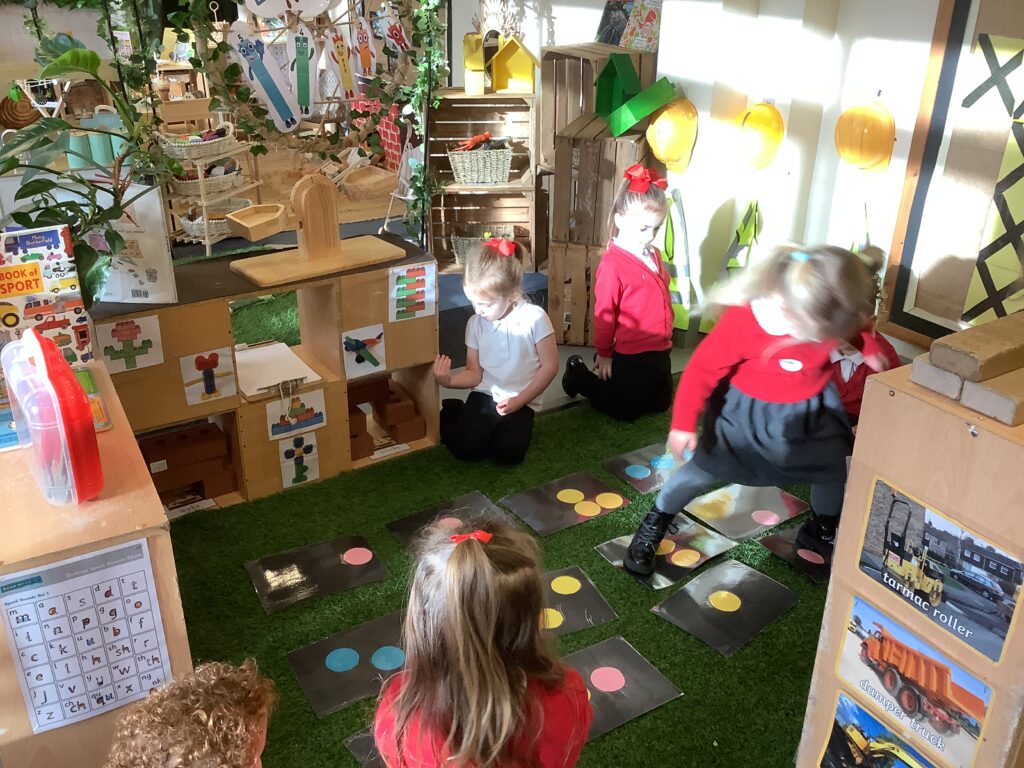
Crew Haddock looked at the new character traits today. The children took part in a discussion about who they look up to and why? We talked about how we demonstrate courage in and out of school, plus this is something we are focusing on this term. We took part in some activities by trying something new with our eyes closed.
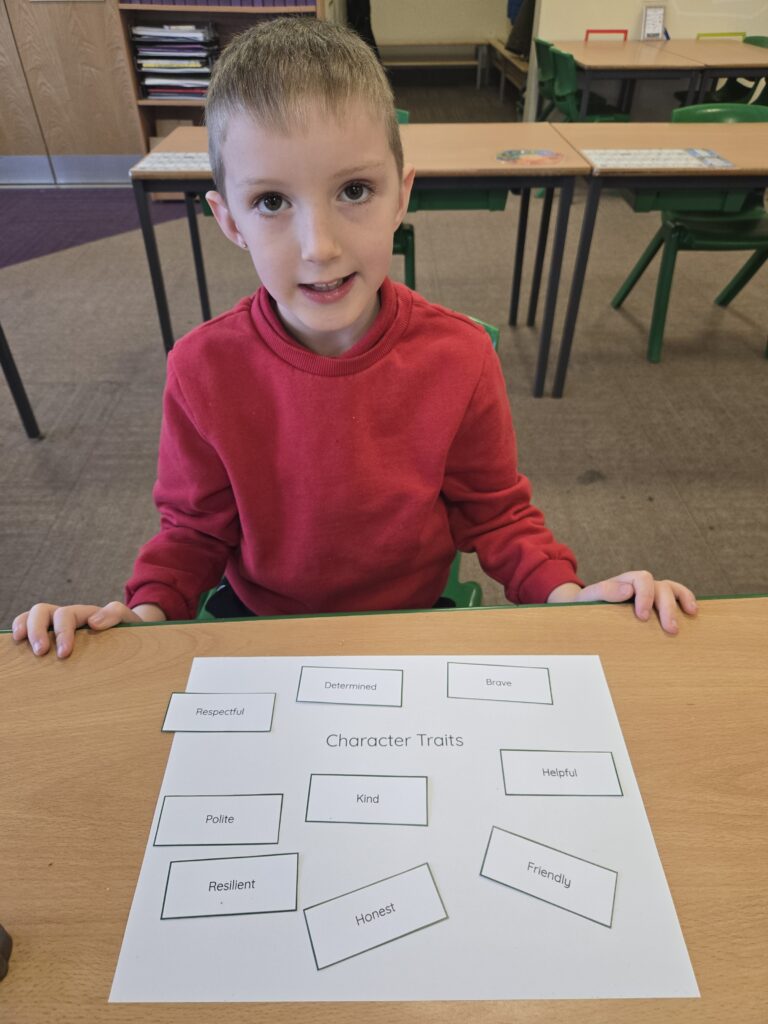
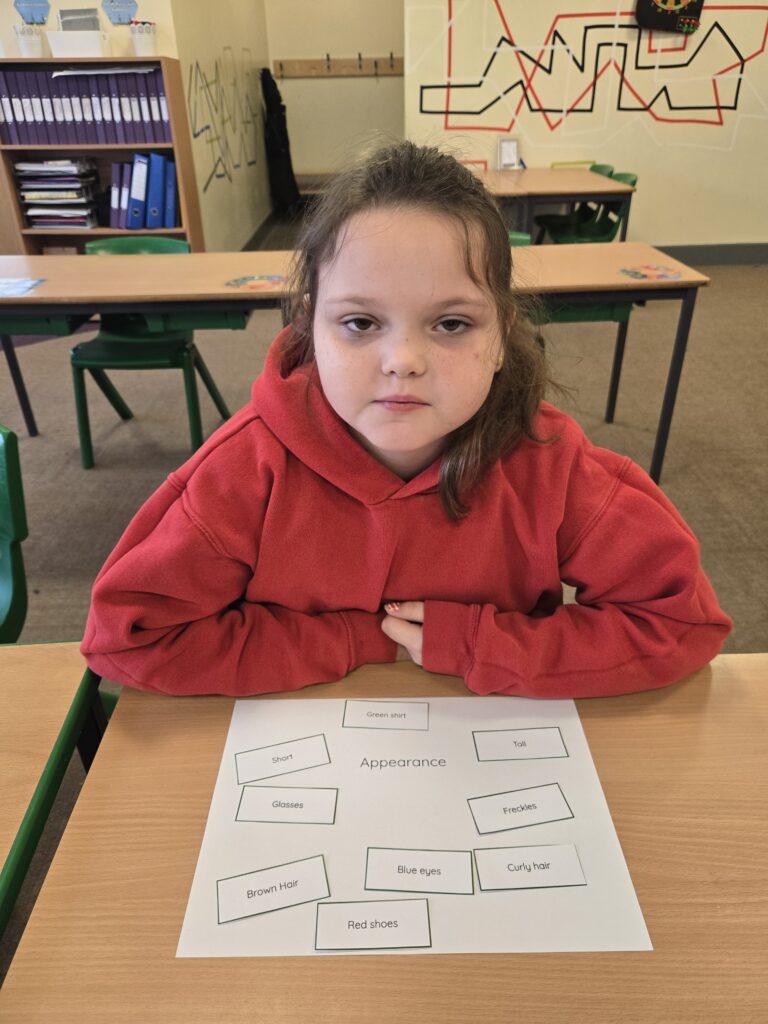
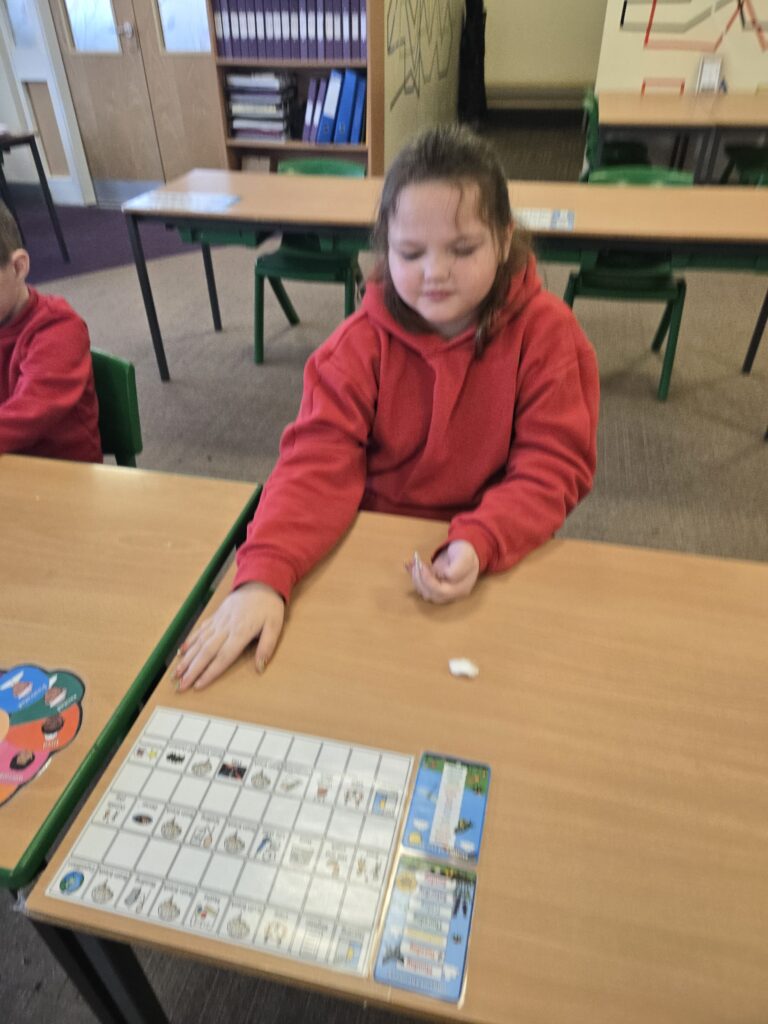
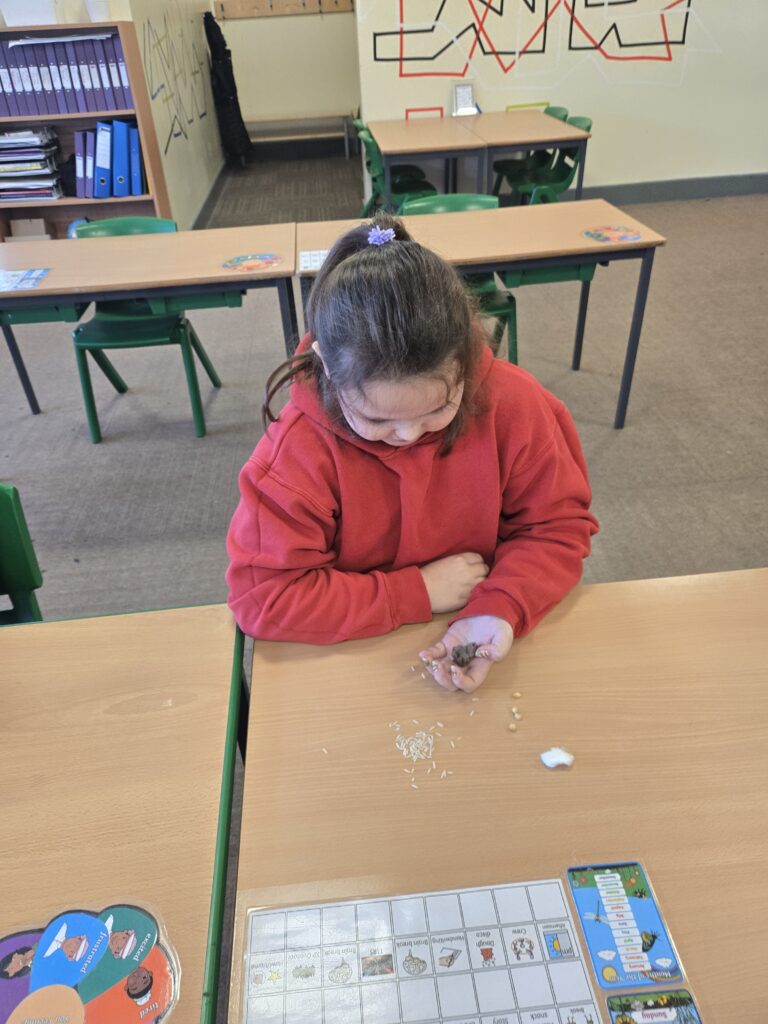
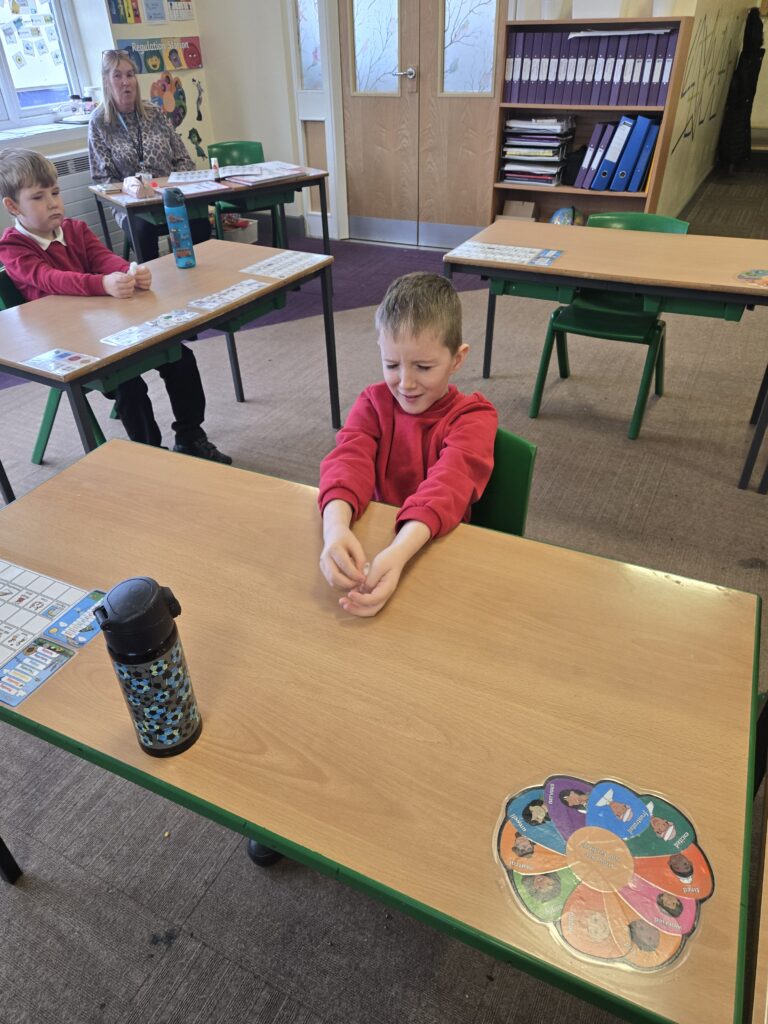
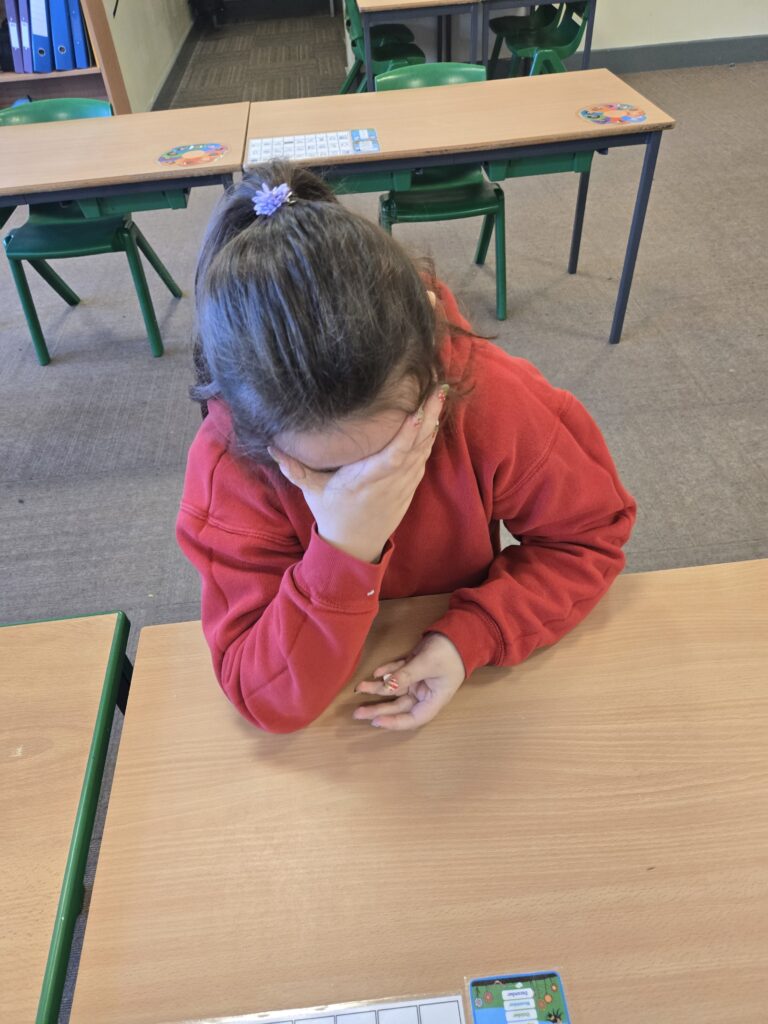
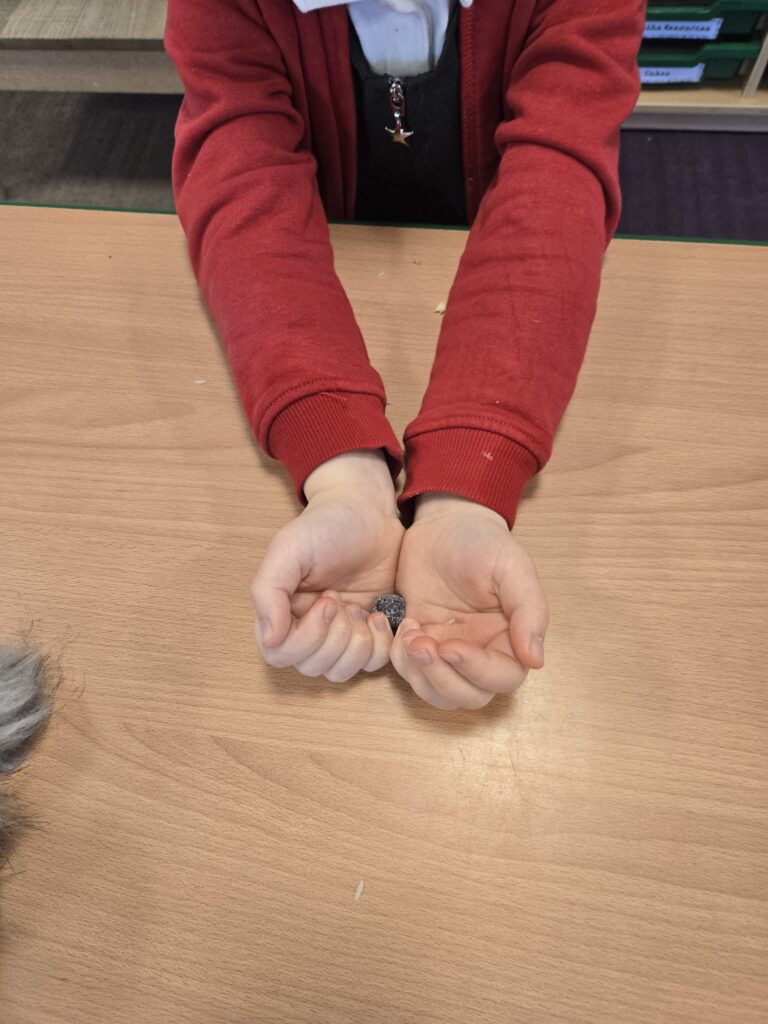
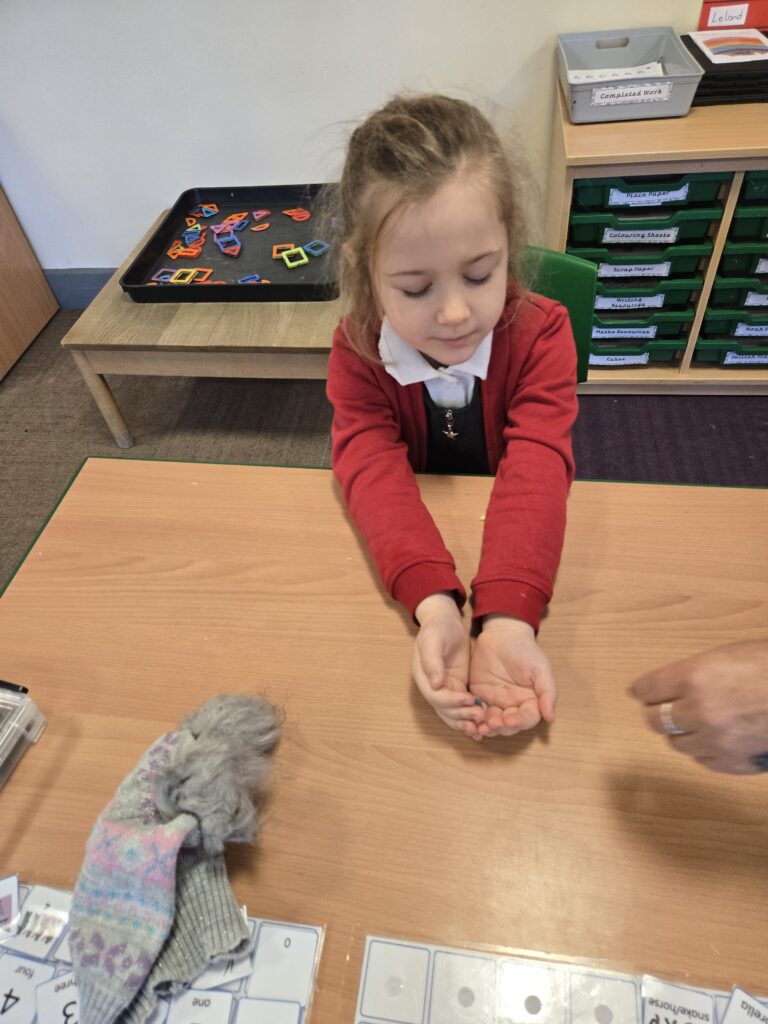
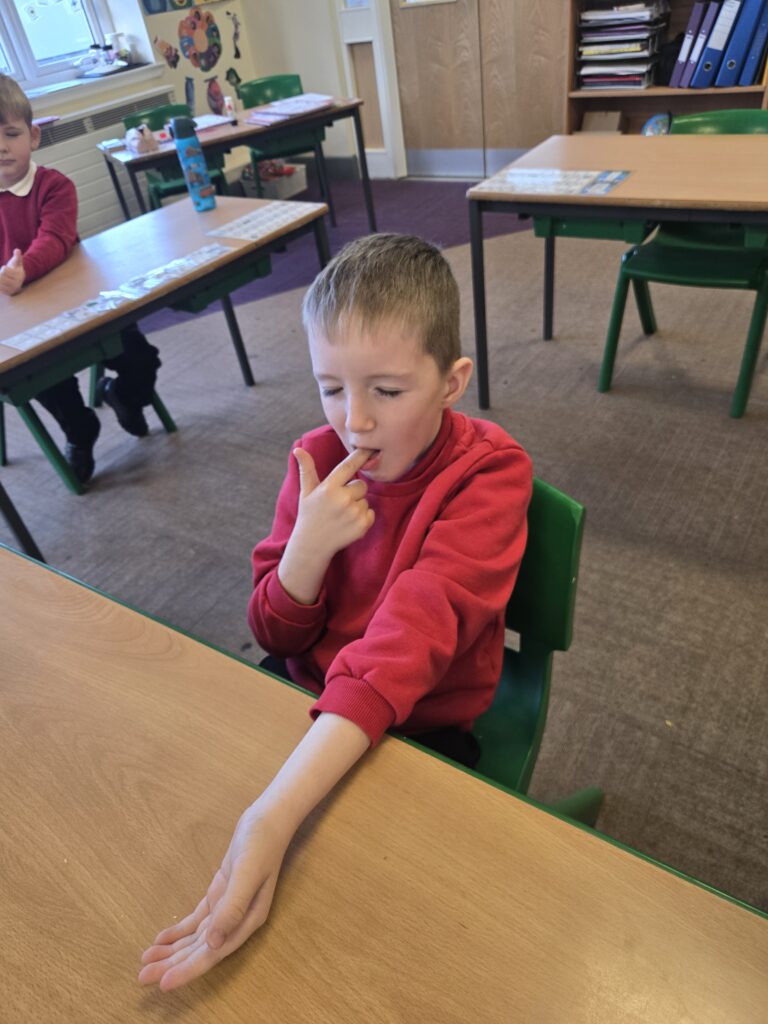
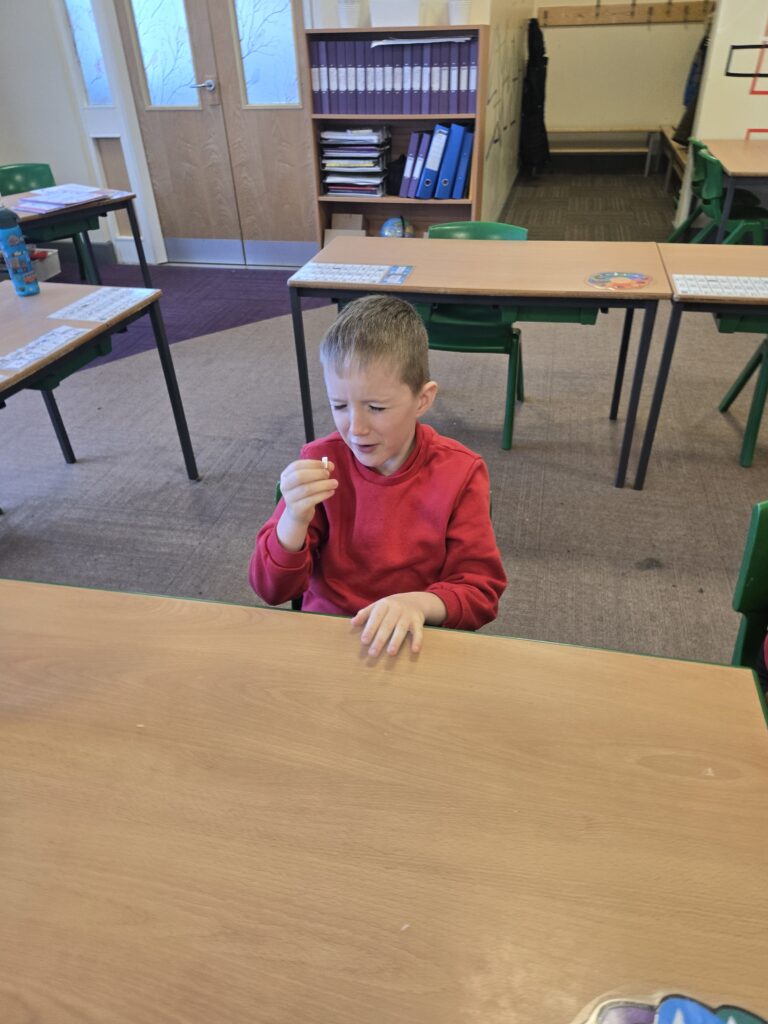
This morning we have launched character traits in Crew Robson.
We have taken part in discussions, worked in groups and really taken the time to understand ourselves and which character traits resonate with us the most.

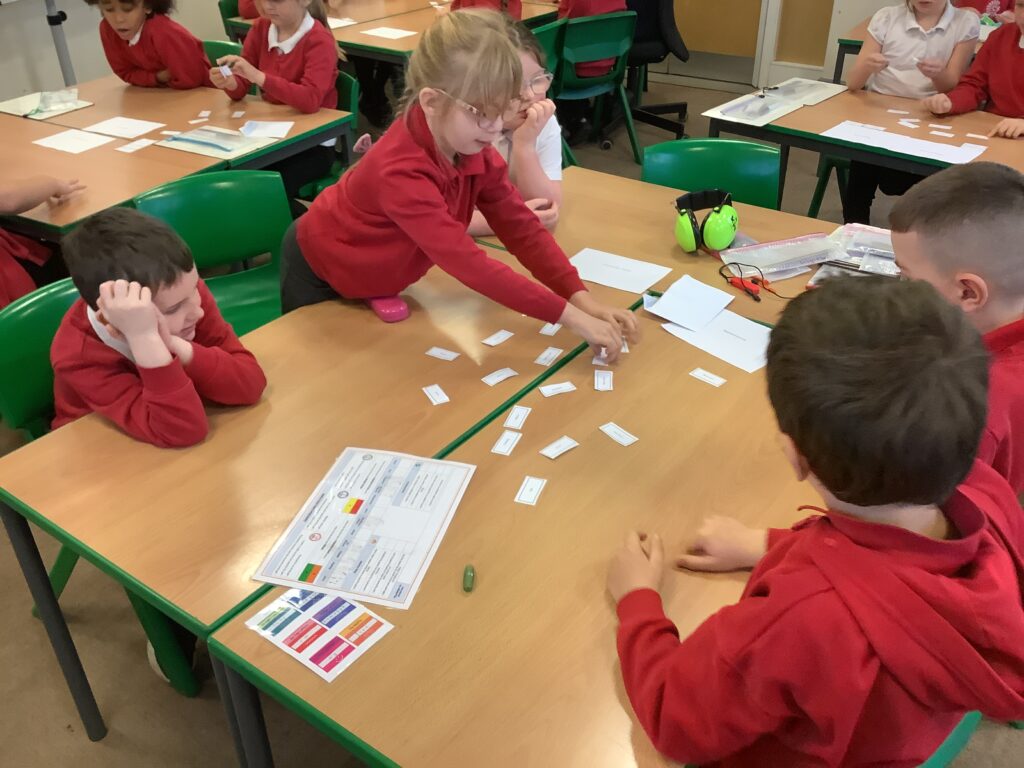
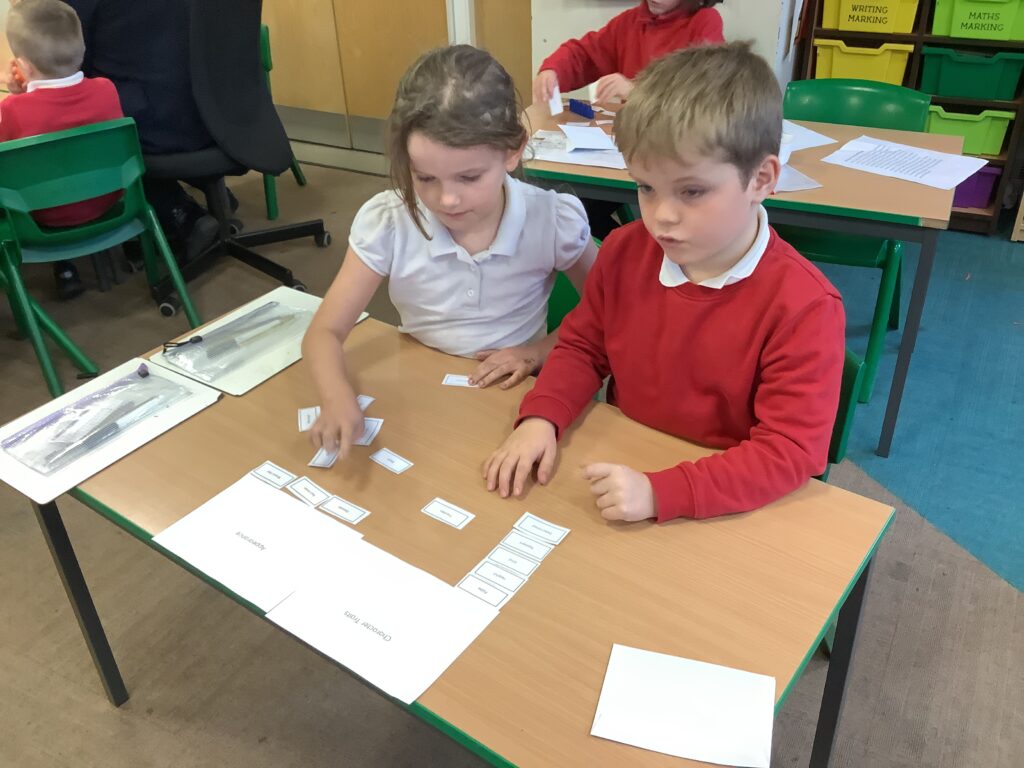
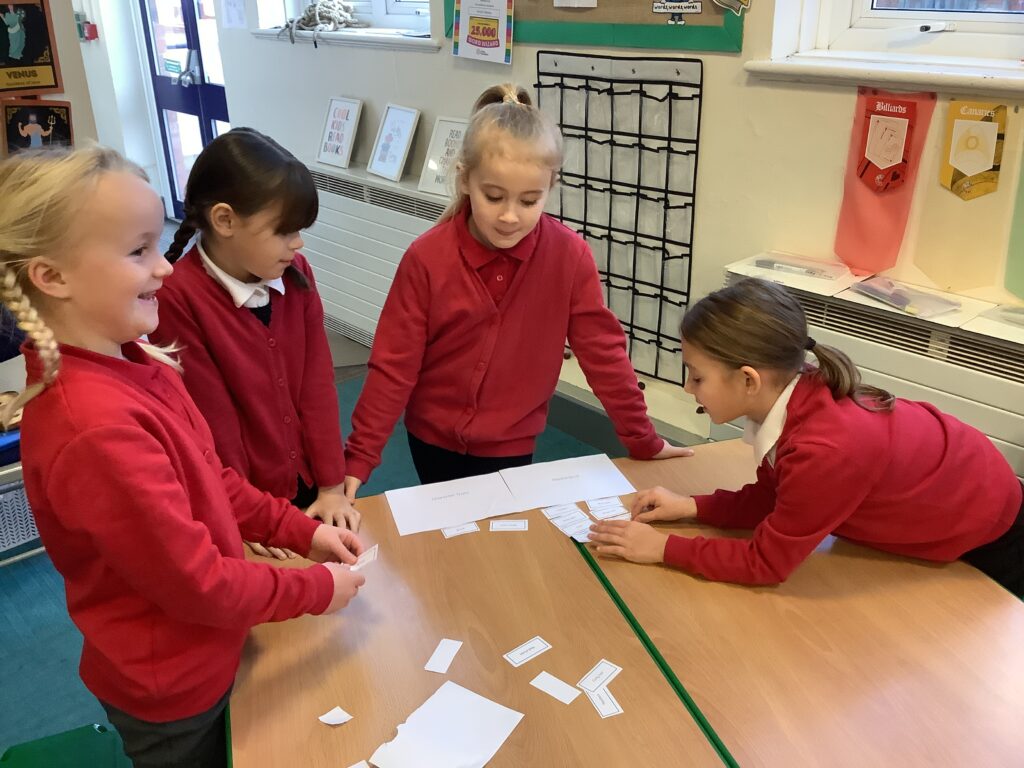
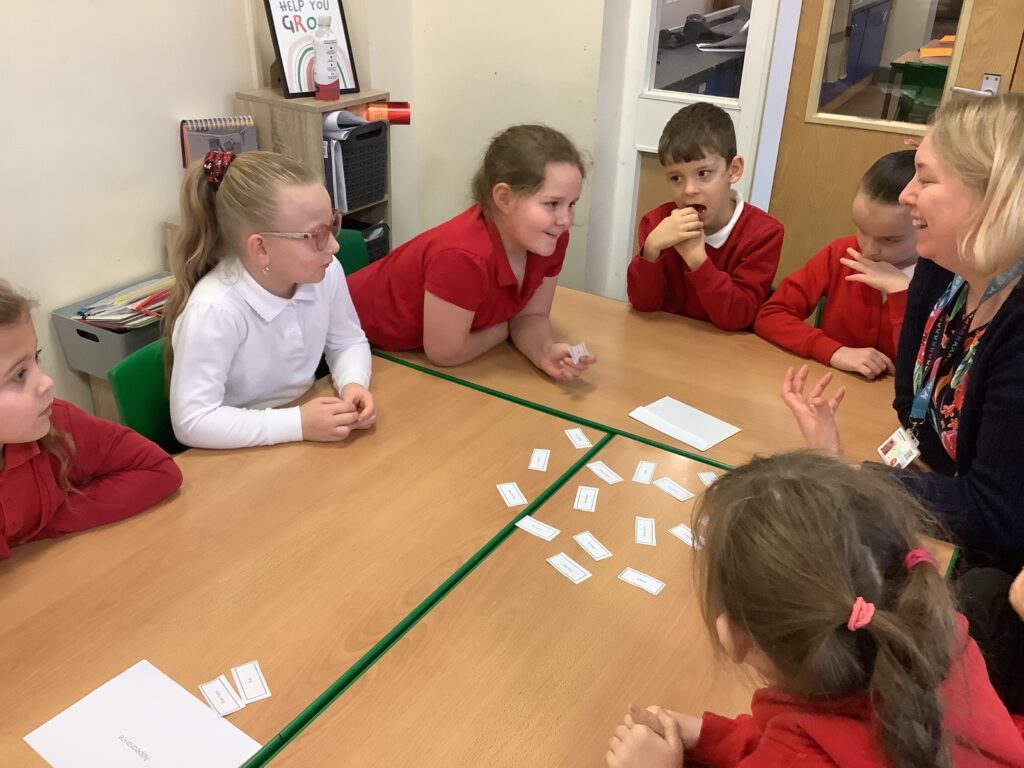
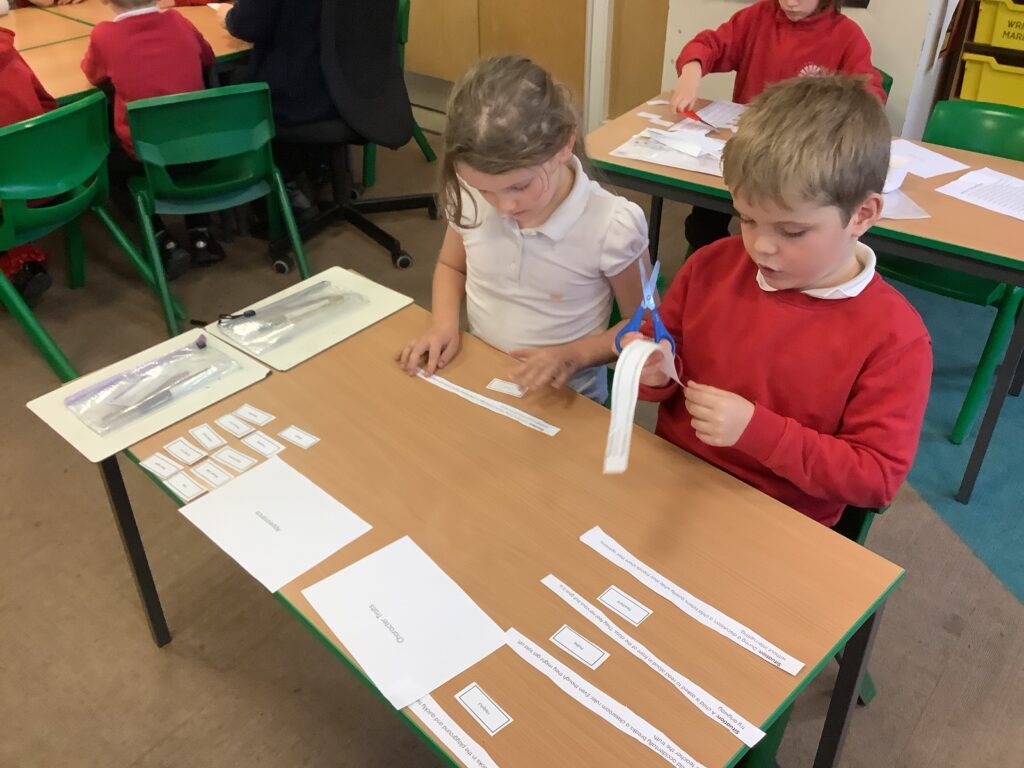
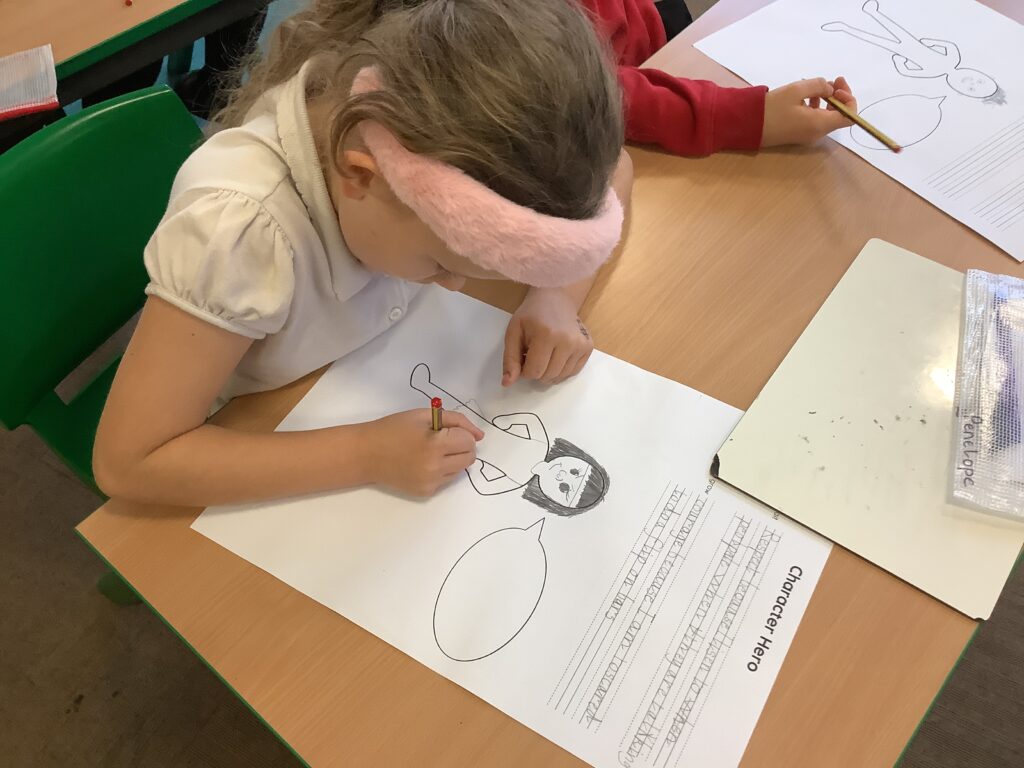
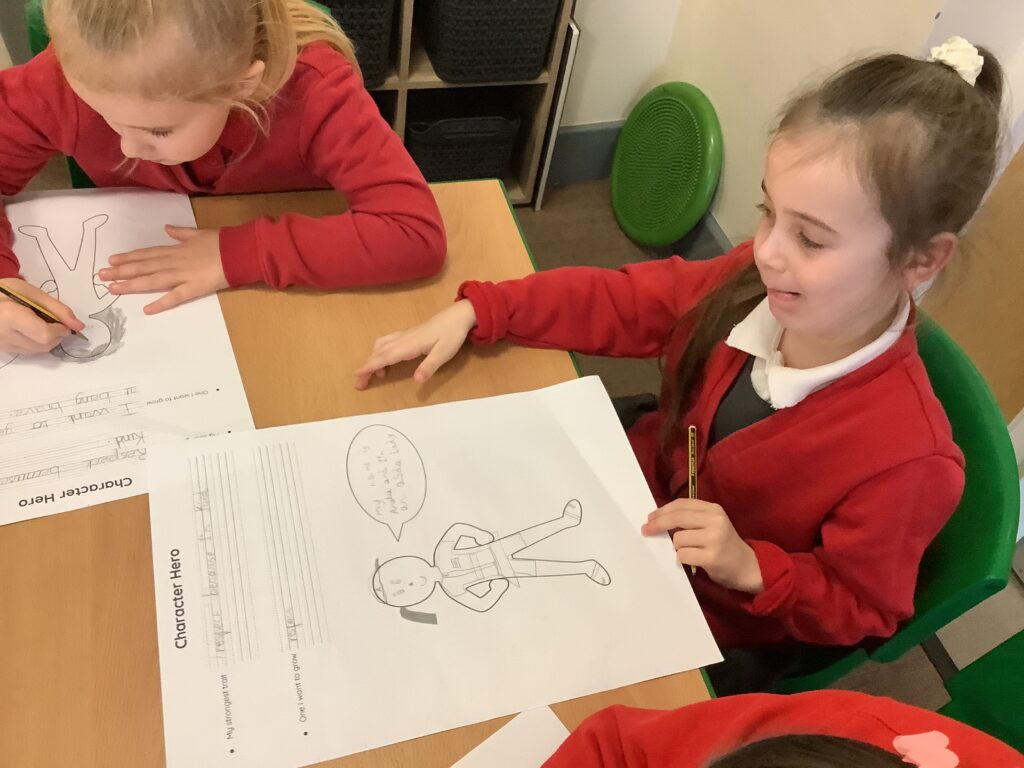
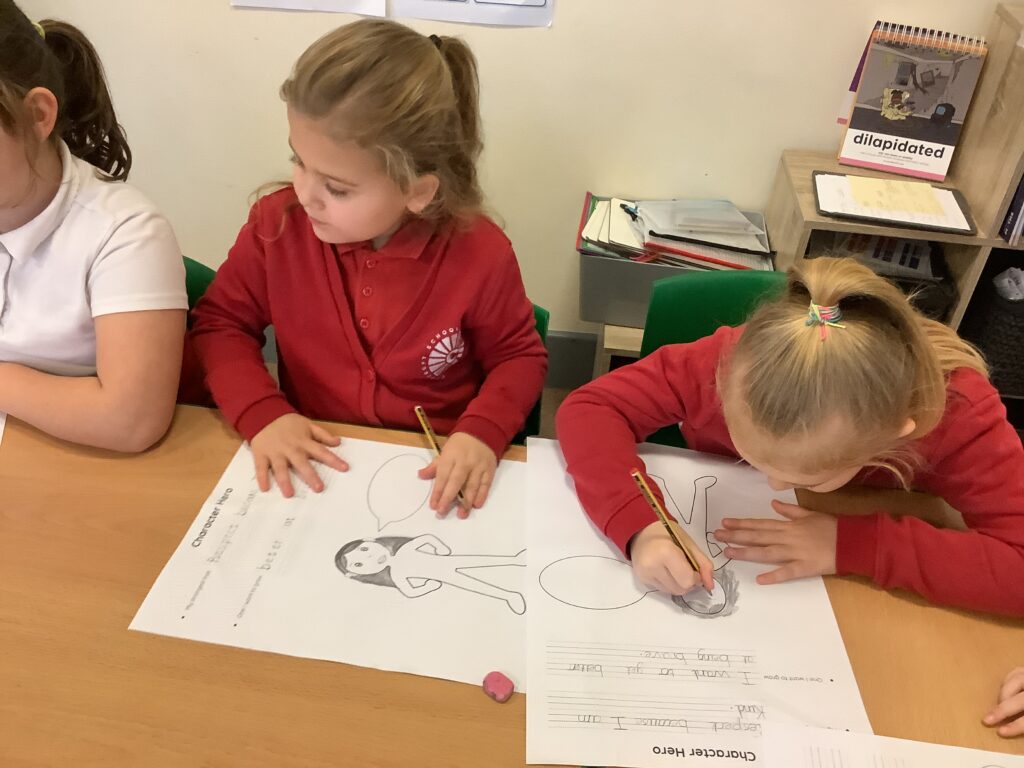
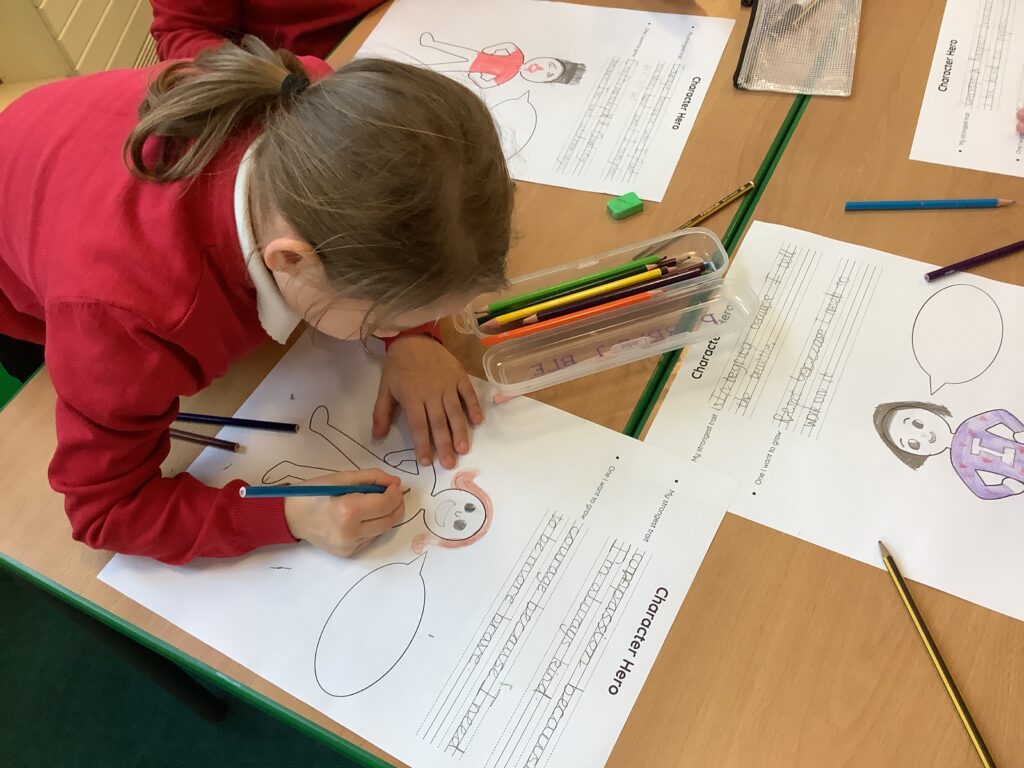

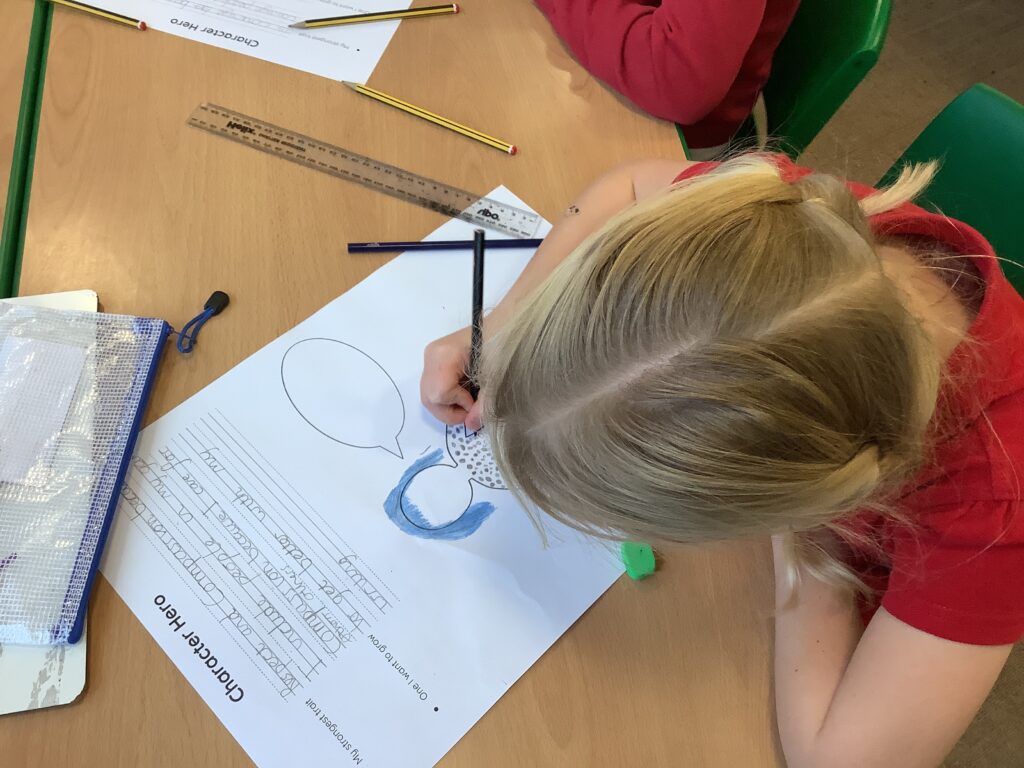
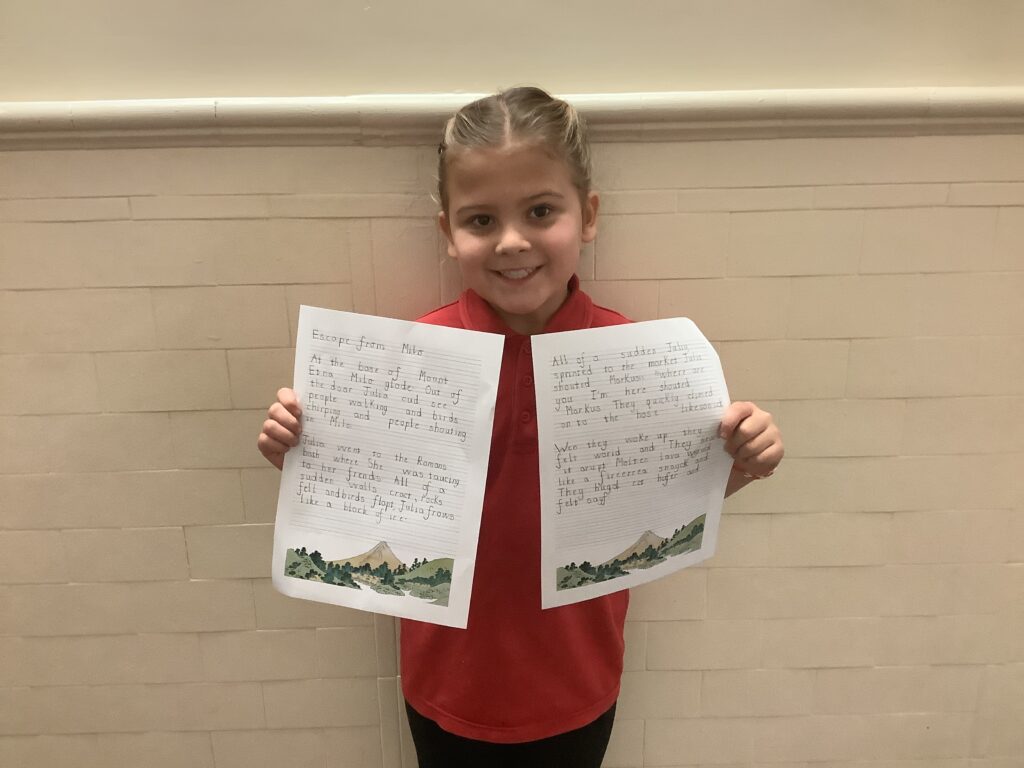
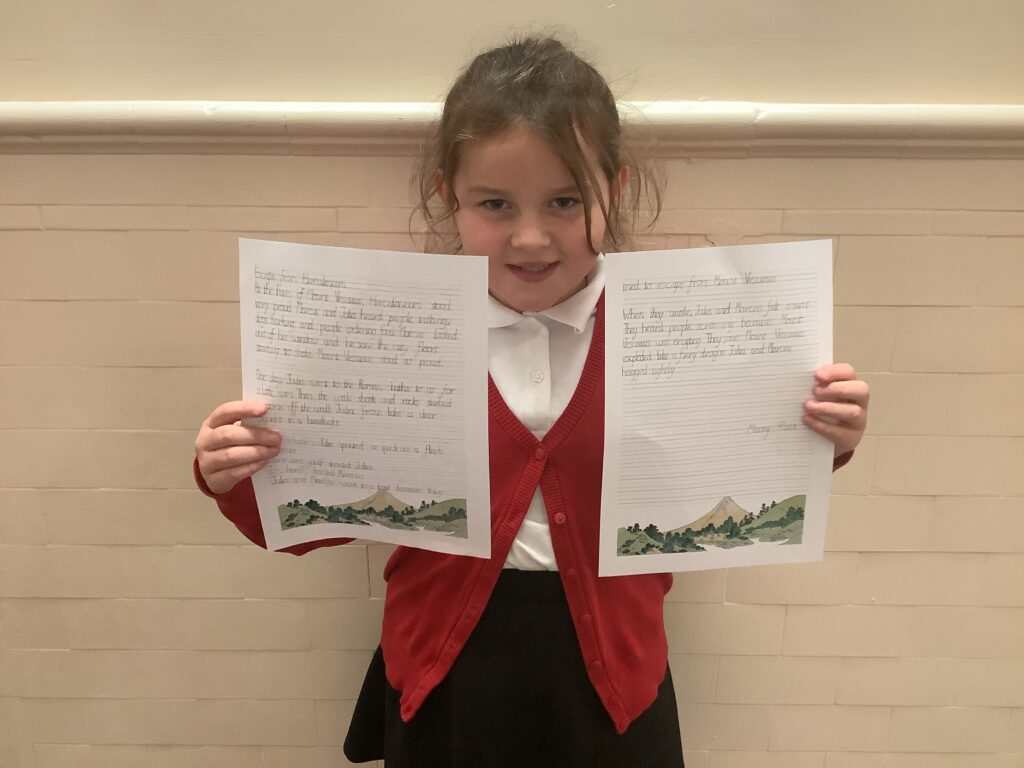

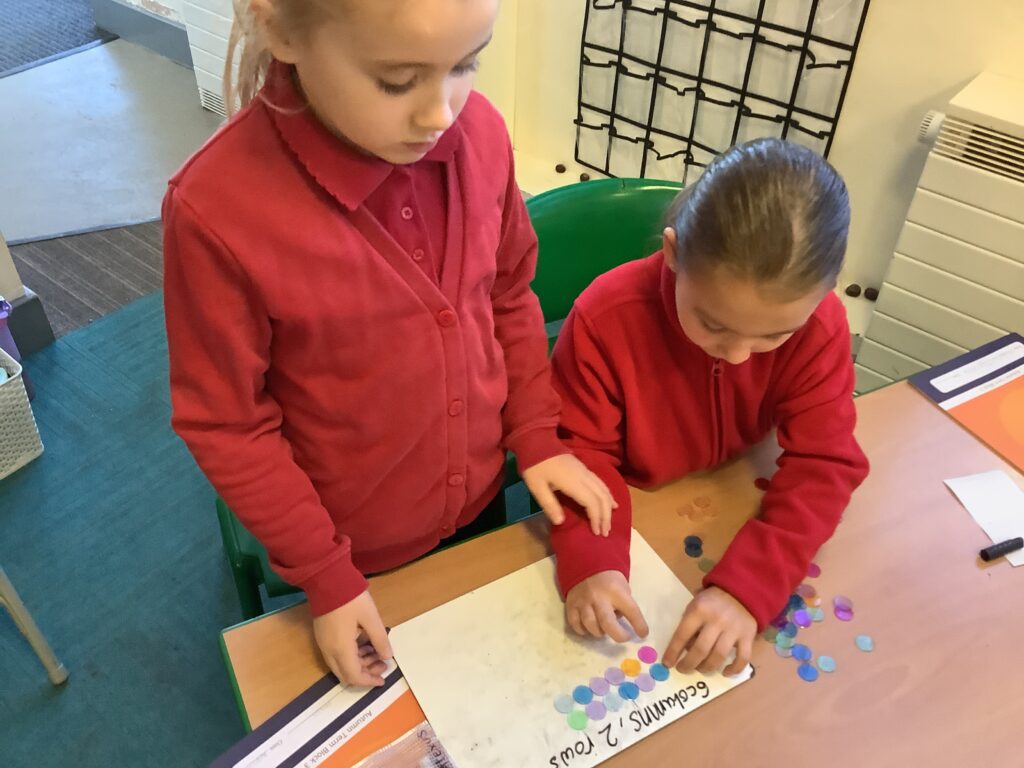
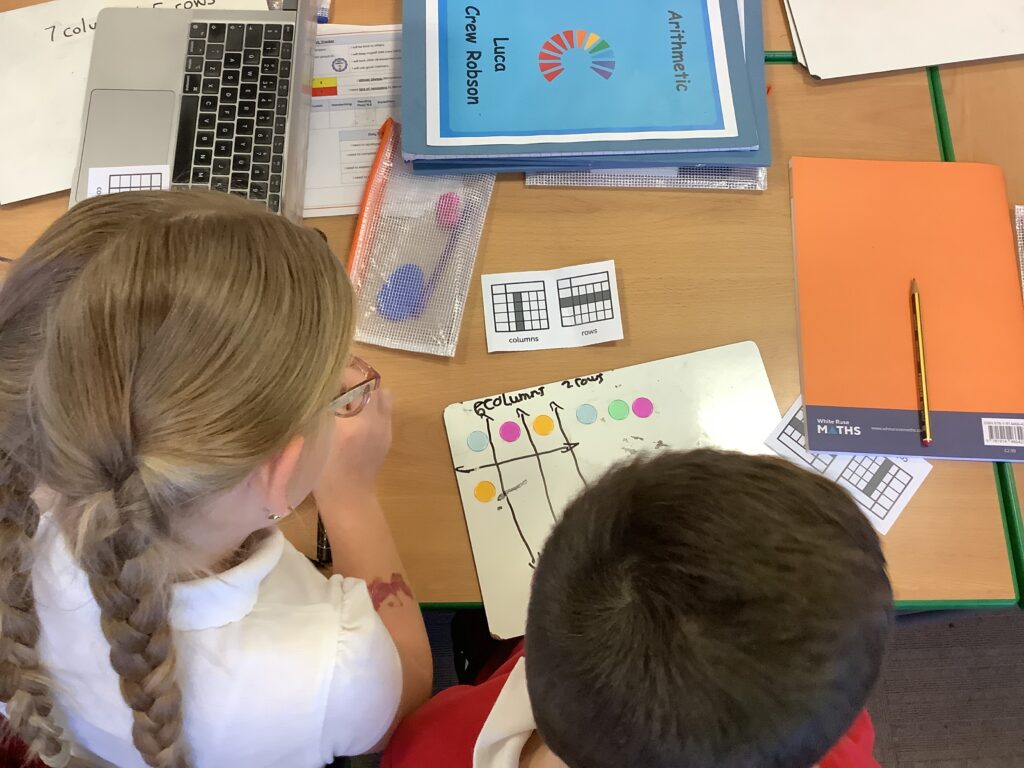
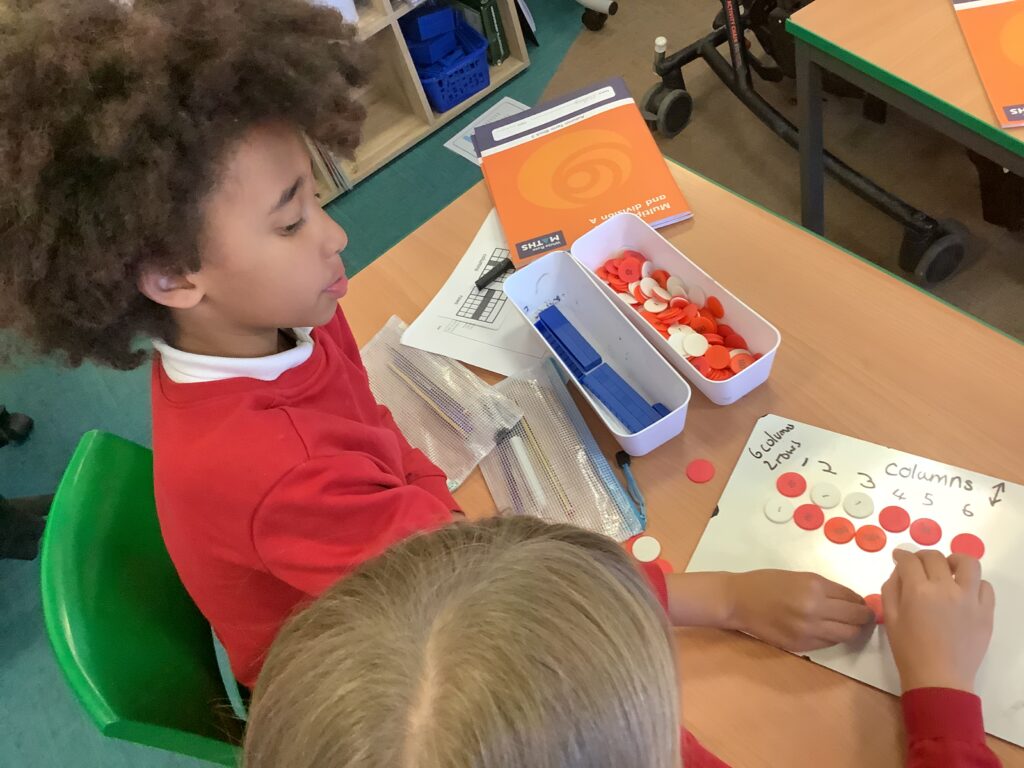
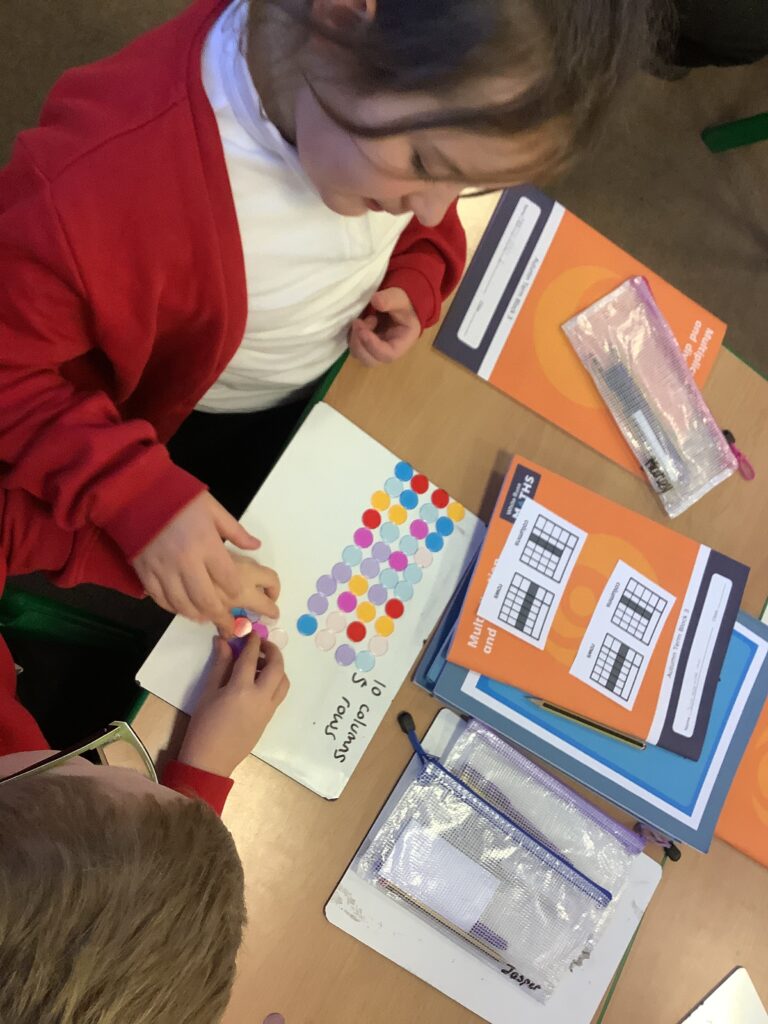
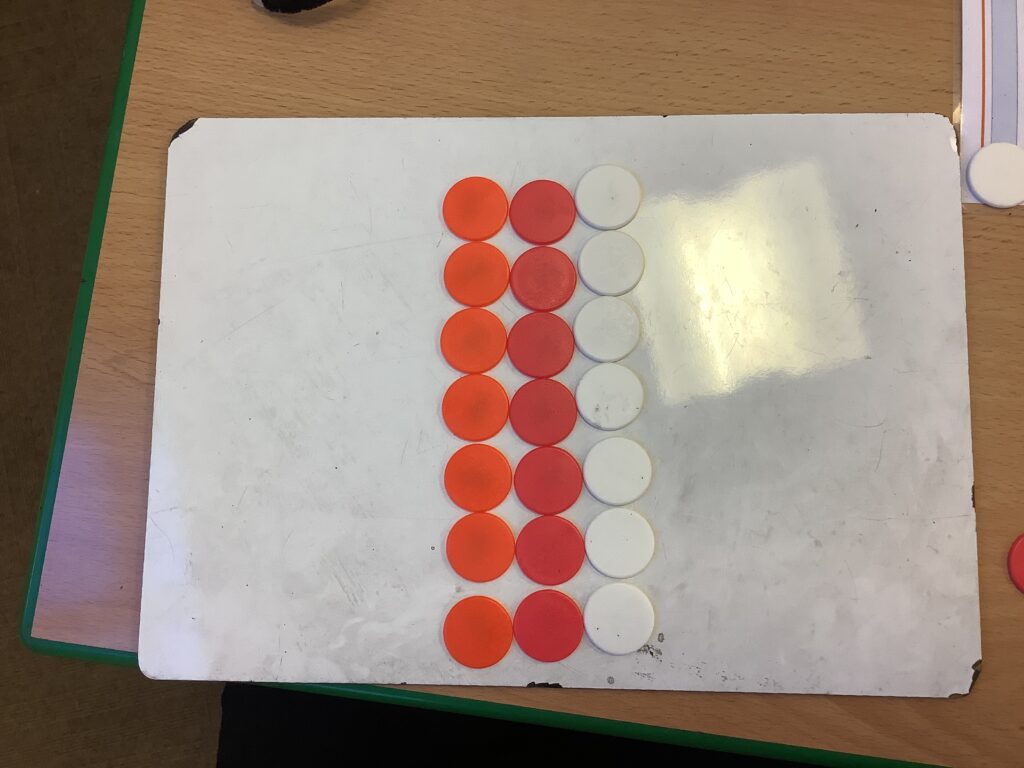
This week in maths we have started our multiplication and division unit.
On Friday we grappled with arrays and understanding the difference between columns and rows.
Last week, we had a wonderful opportunity to share our narratives with our reading buddies! After spending time learning about Dr. Seuss’s important message of caring for our environment, Crew McLoughlin wrote their own creative stories inspired by The Lorax.
Children read their stories aloud, using expression and enthusiasm to bring their writing to life. Our Y2 reading buddies listened closely, asked great questions and even shared which parts of the stories they enjoyed the most. What a lovely way to celebrate our writing!
